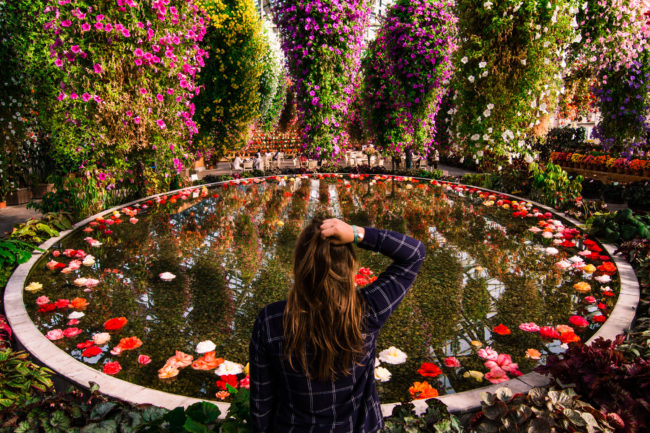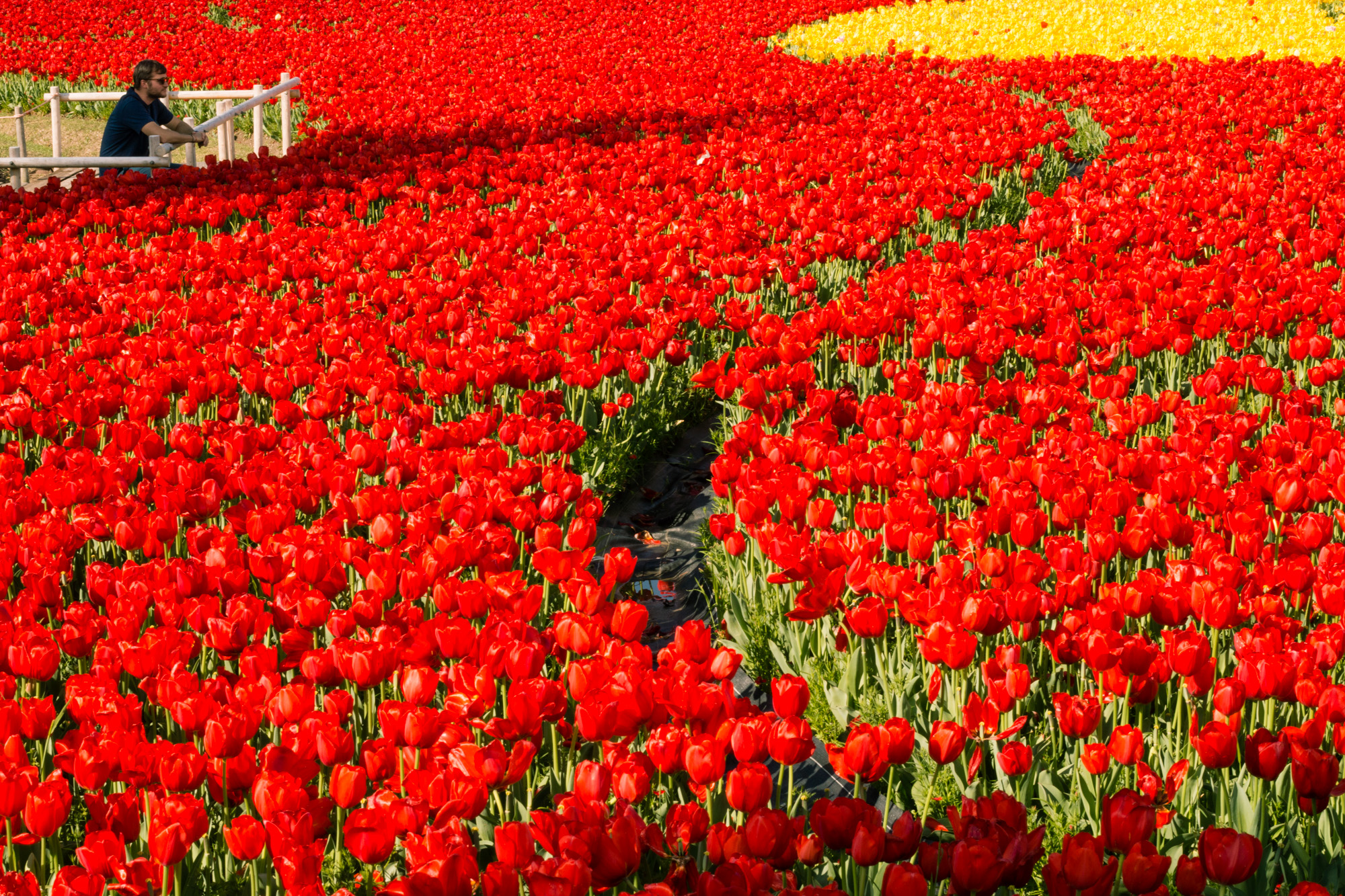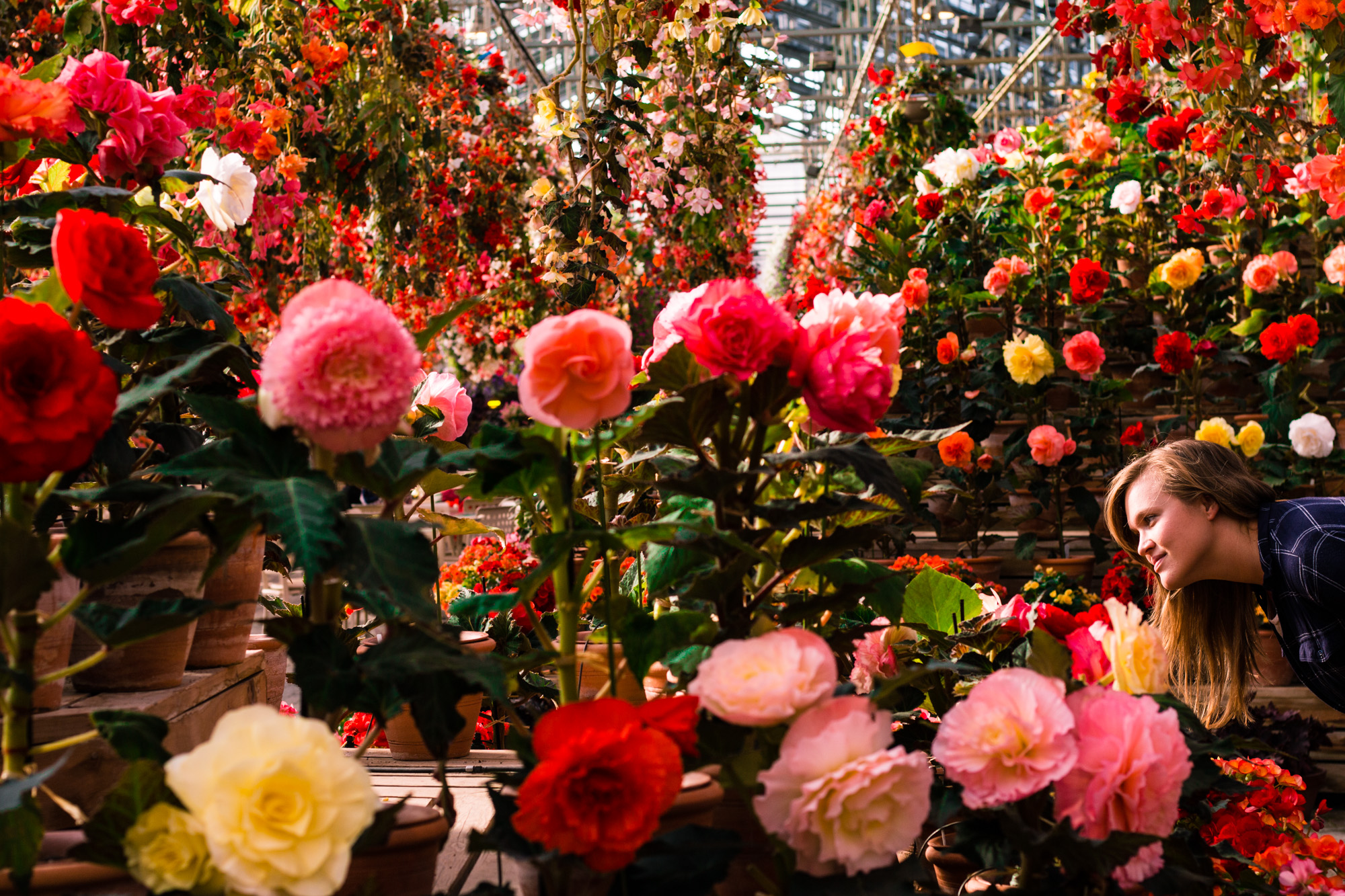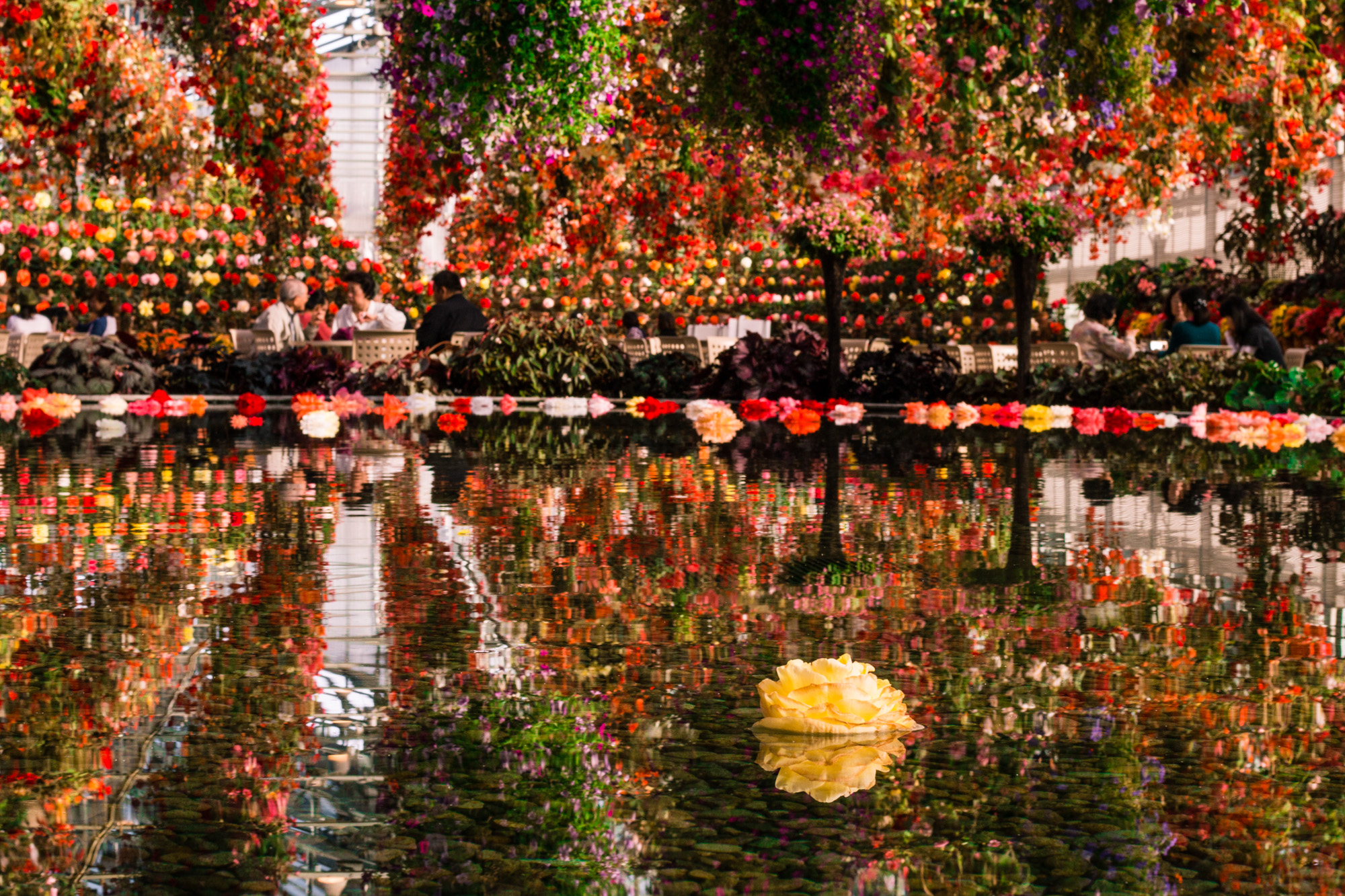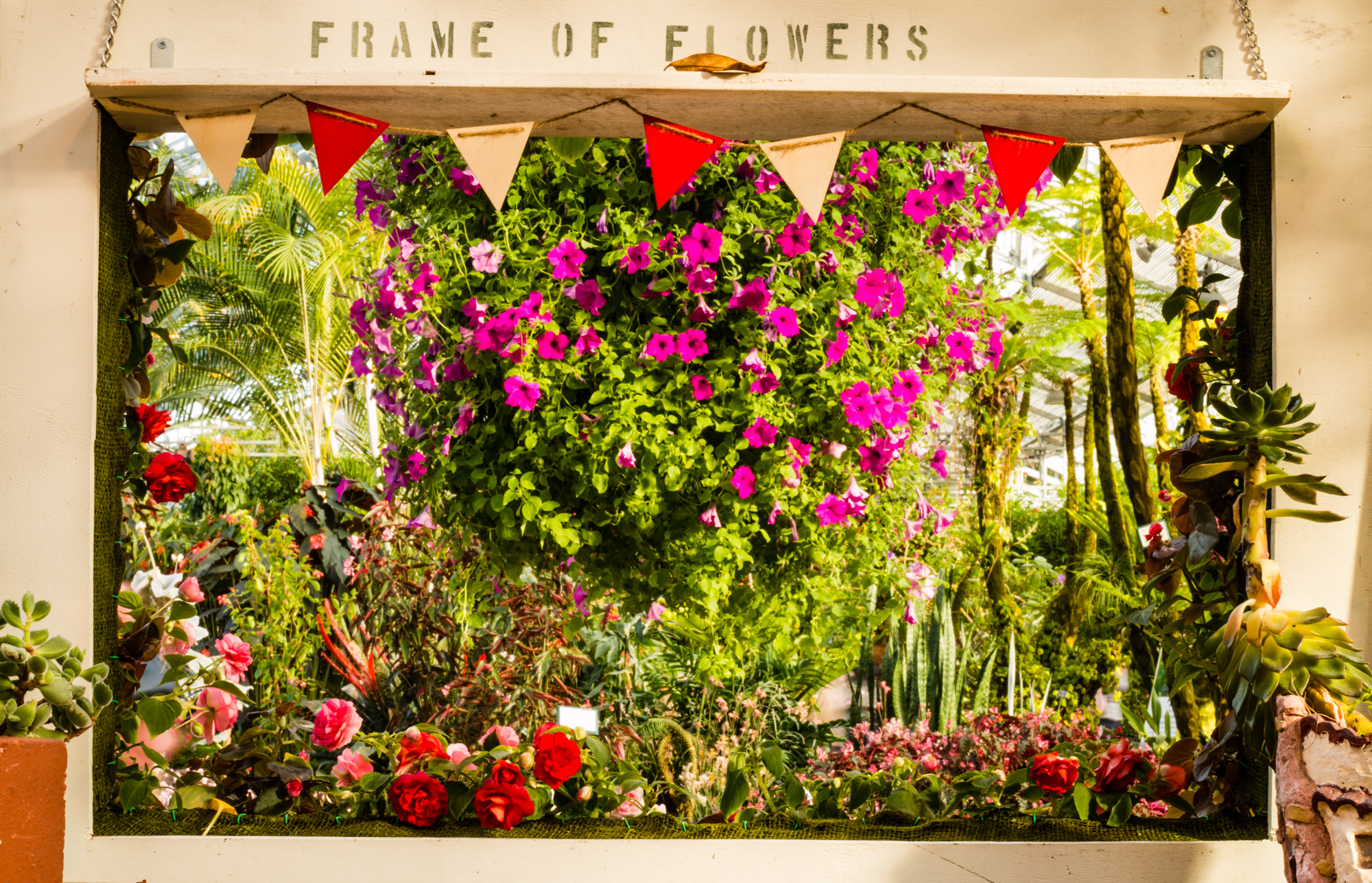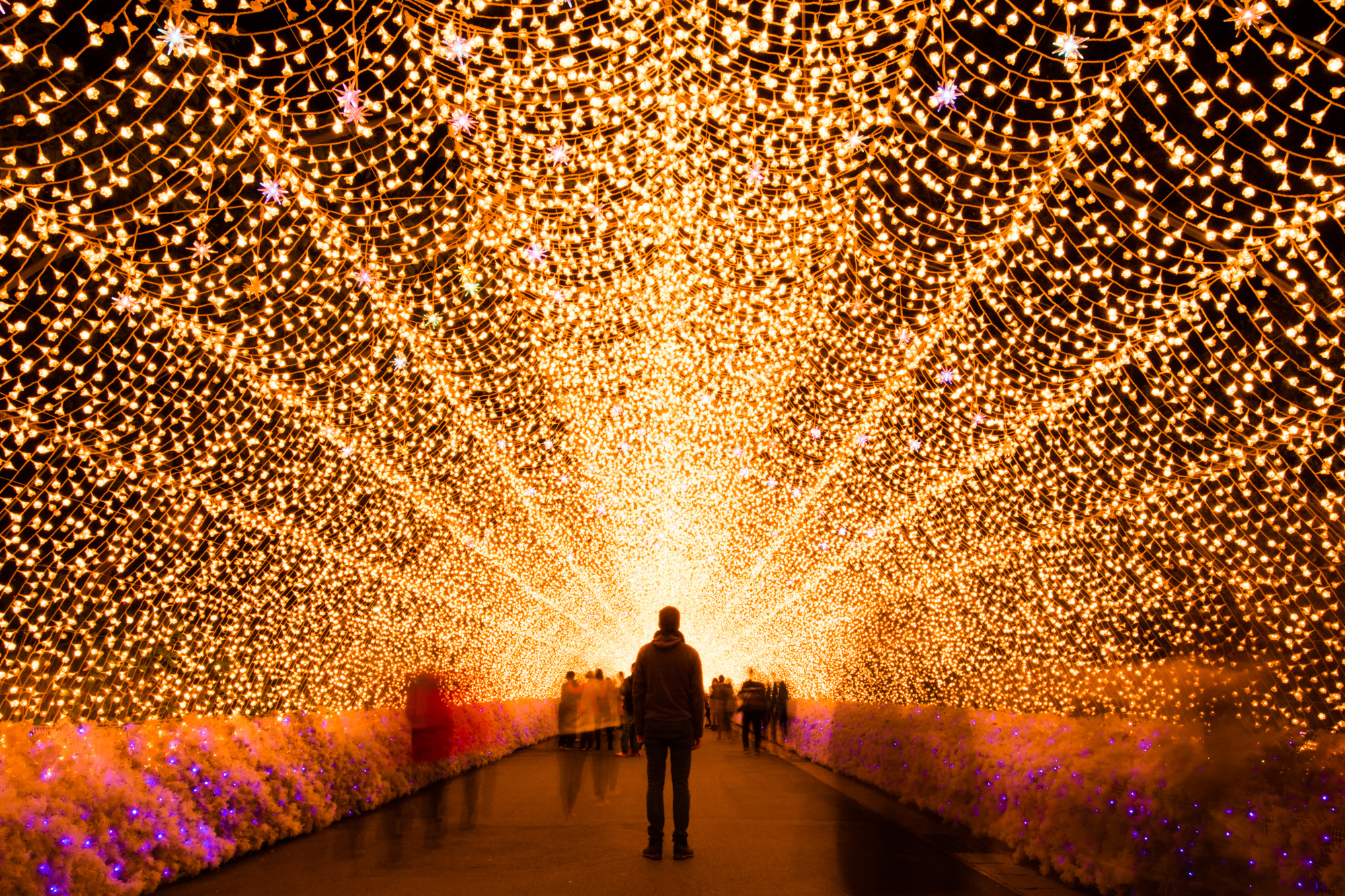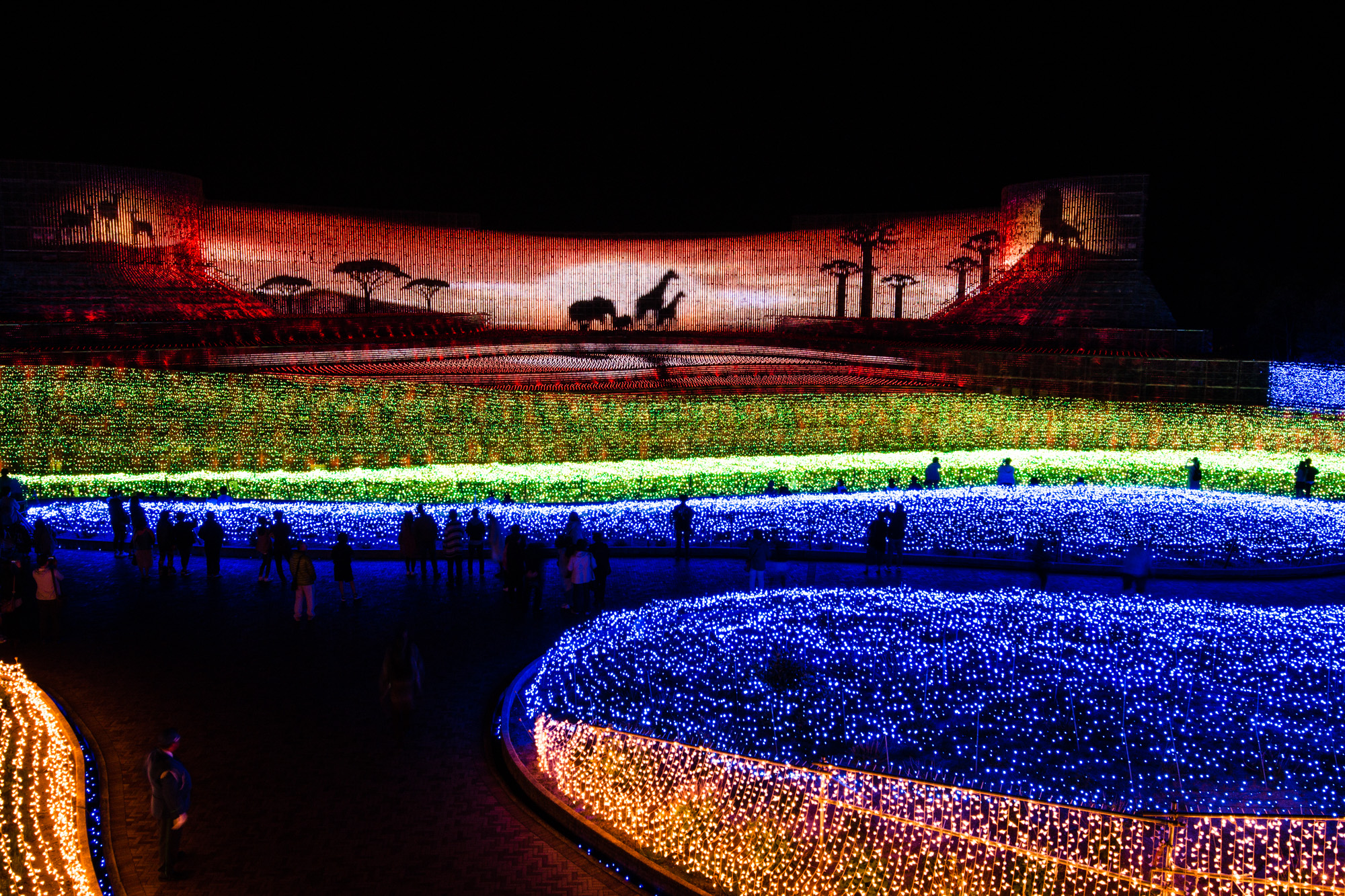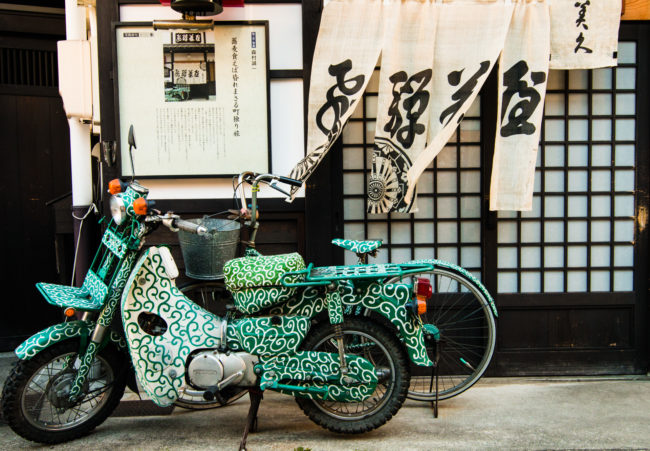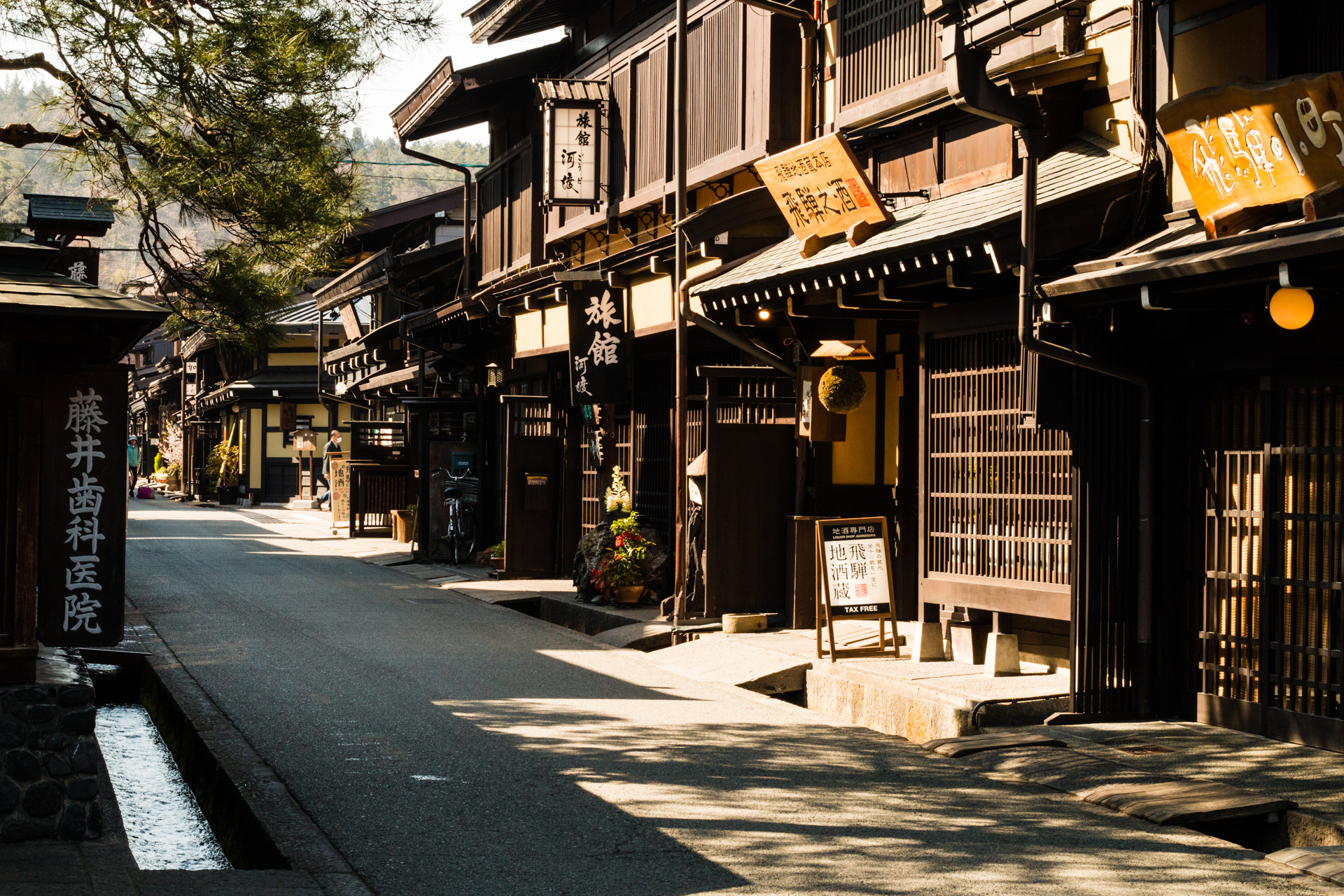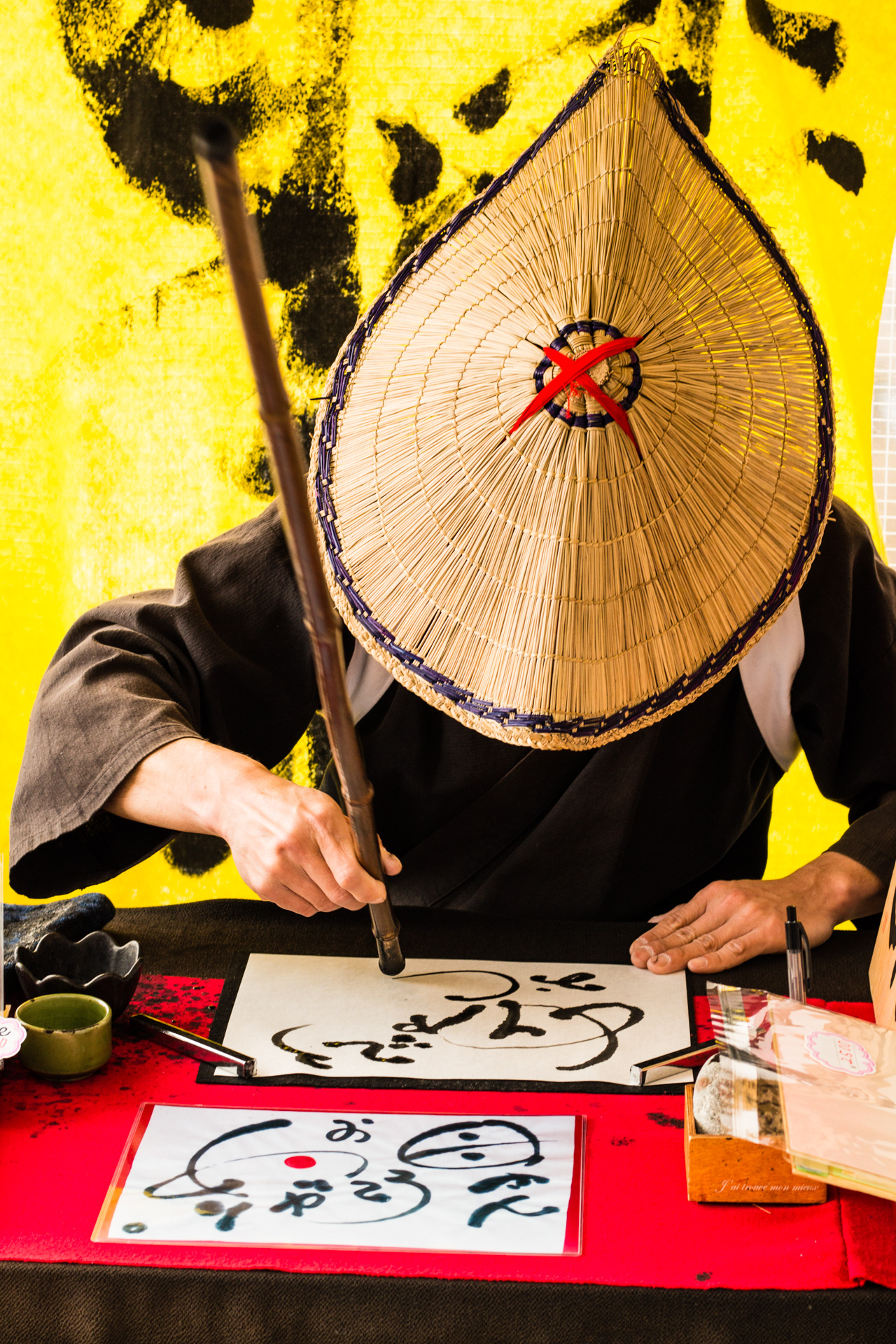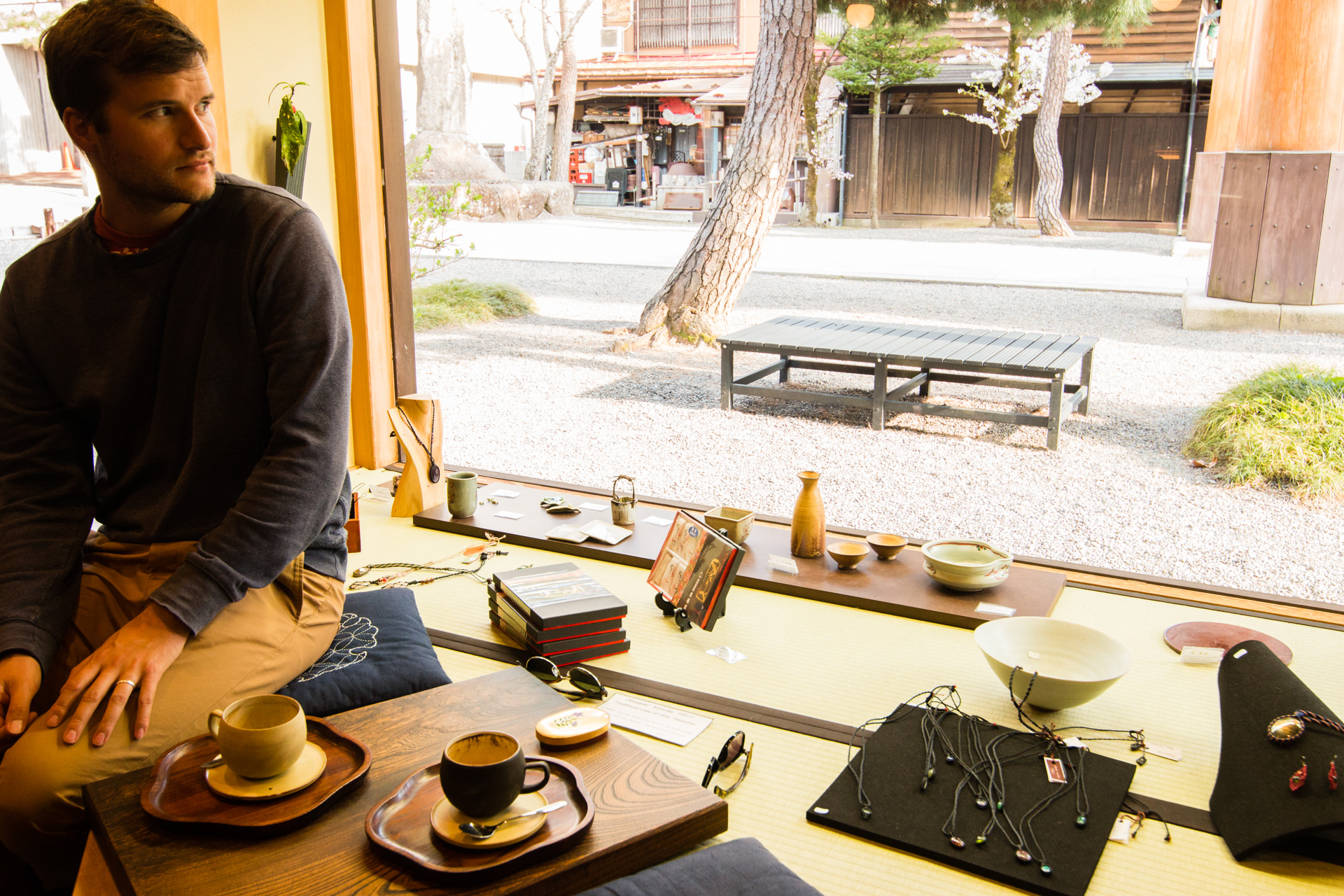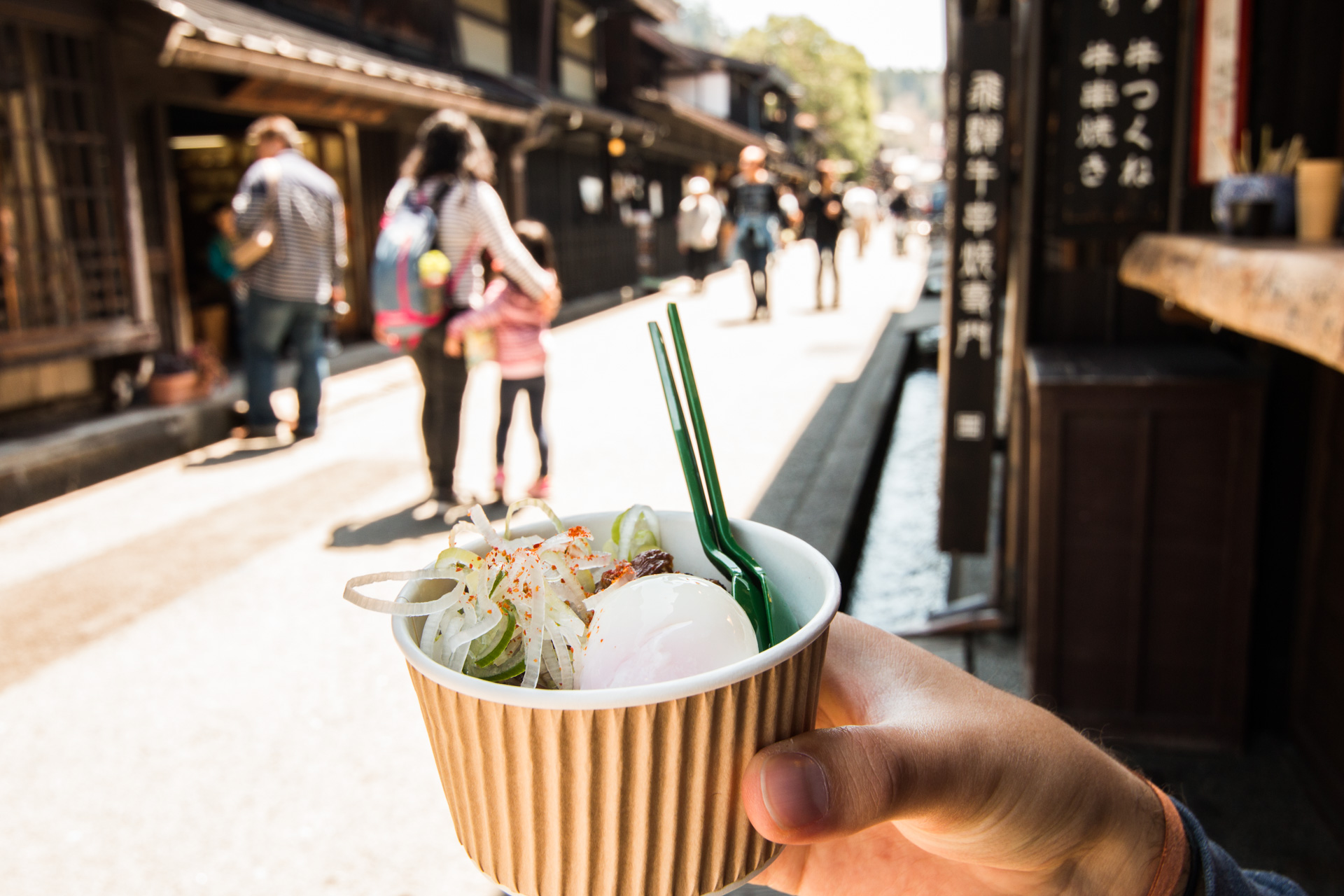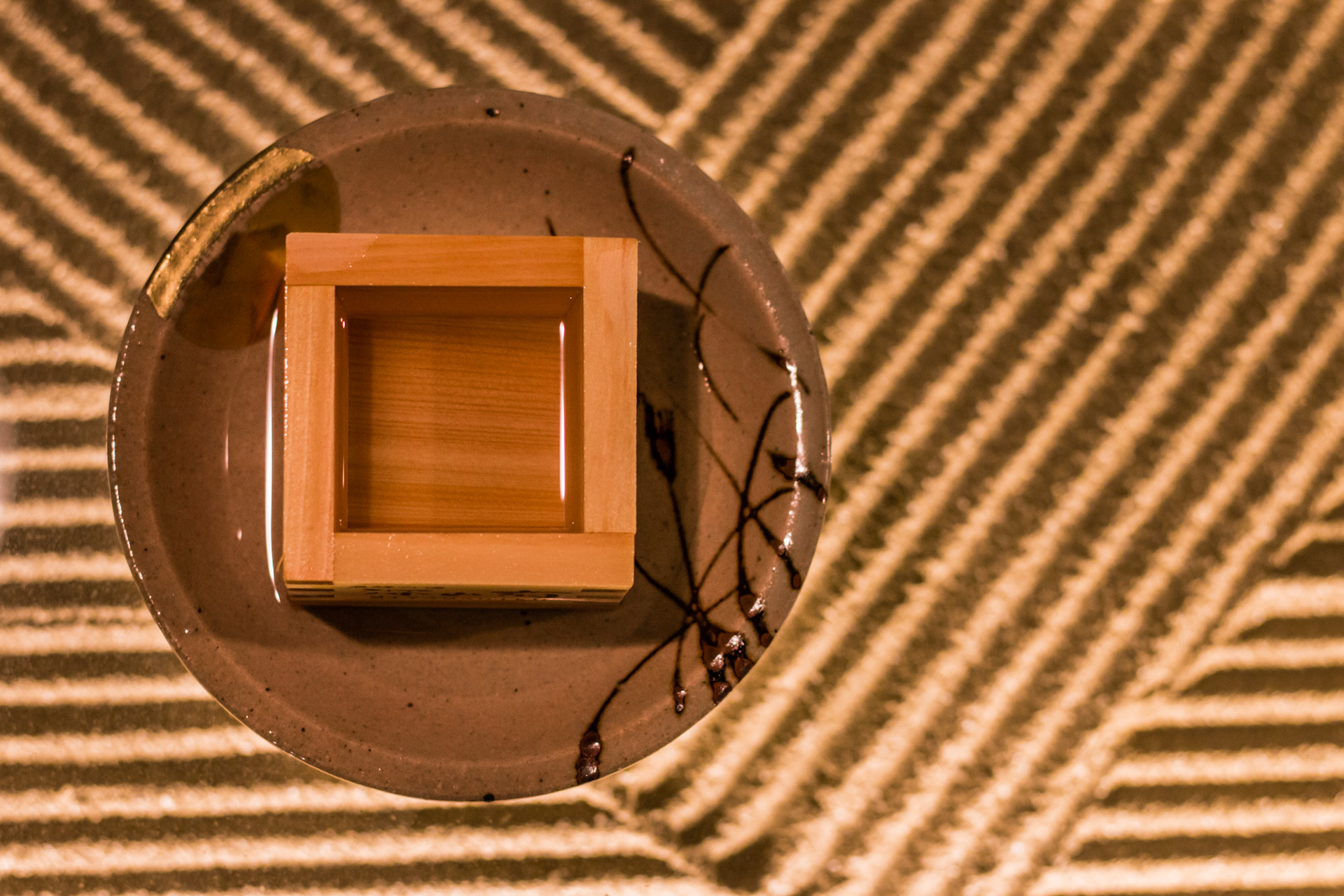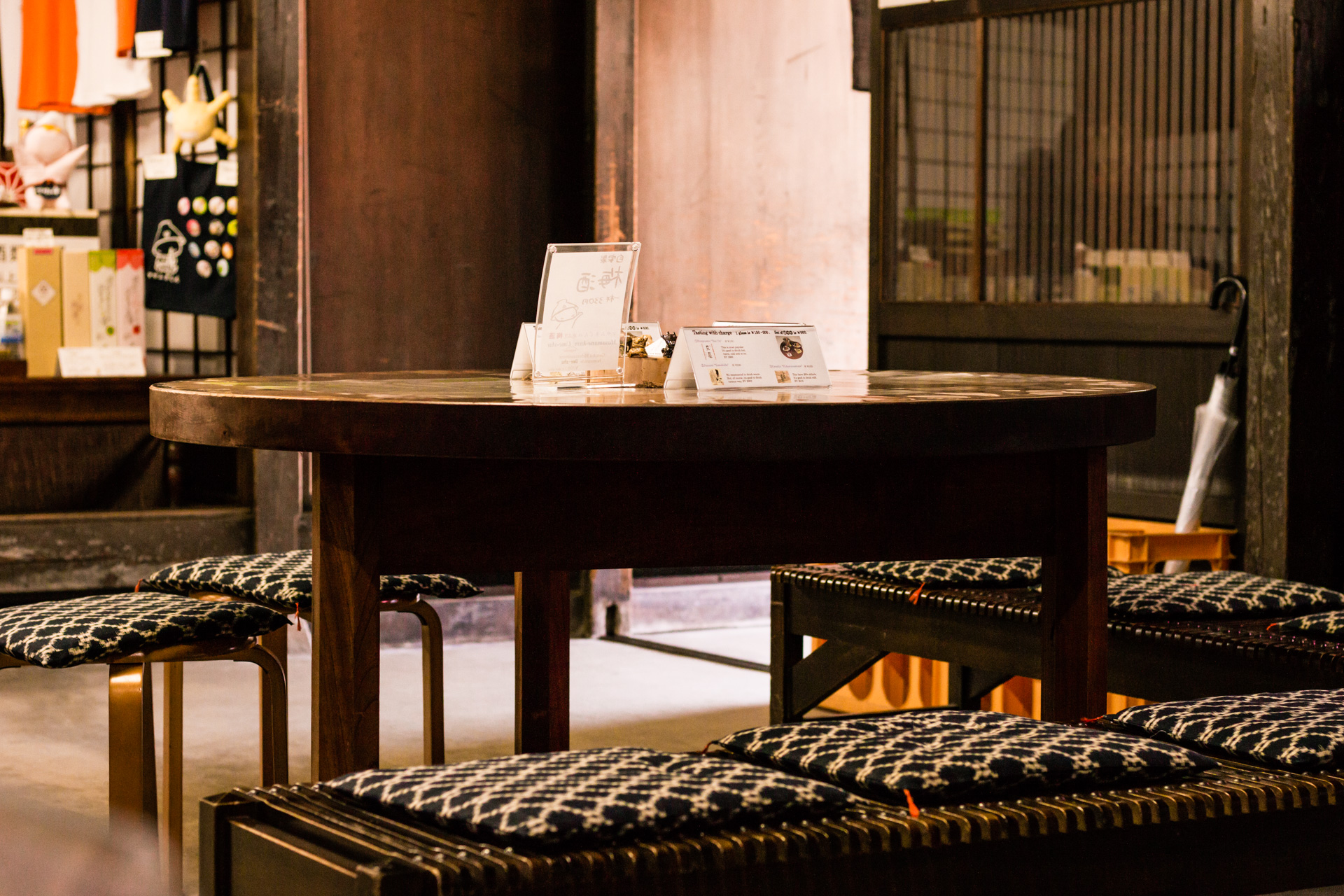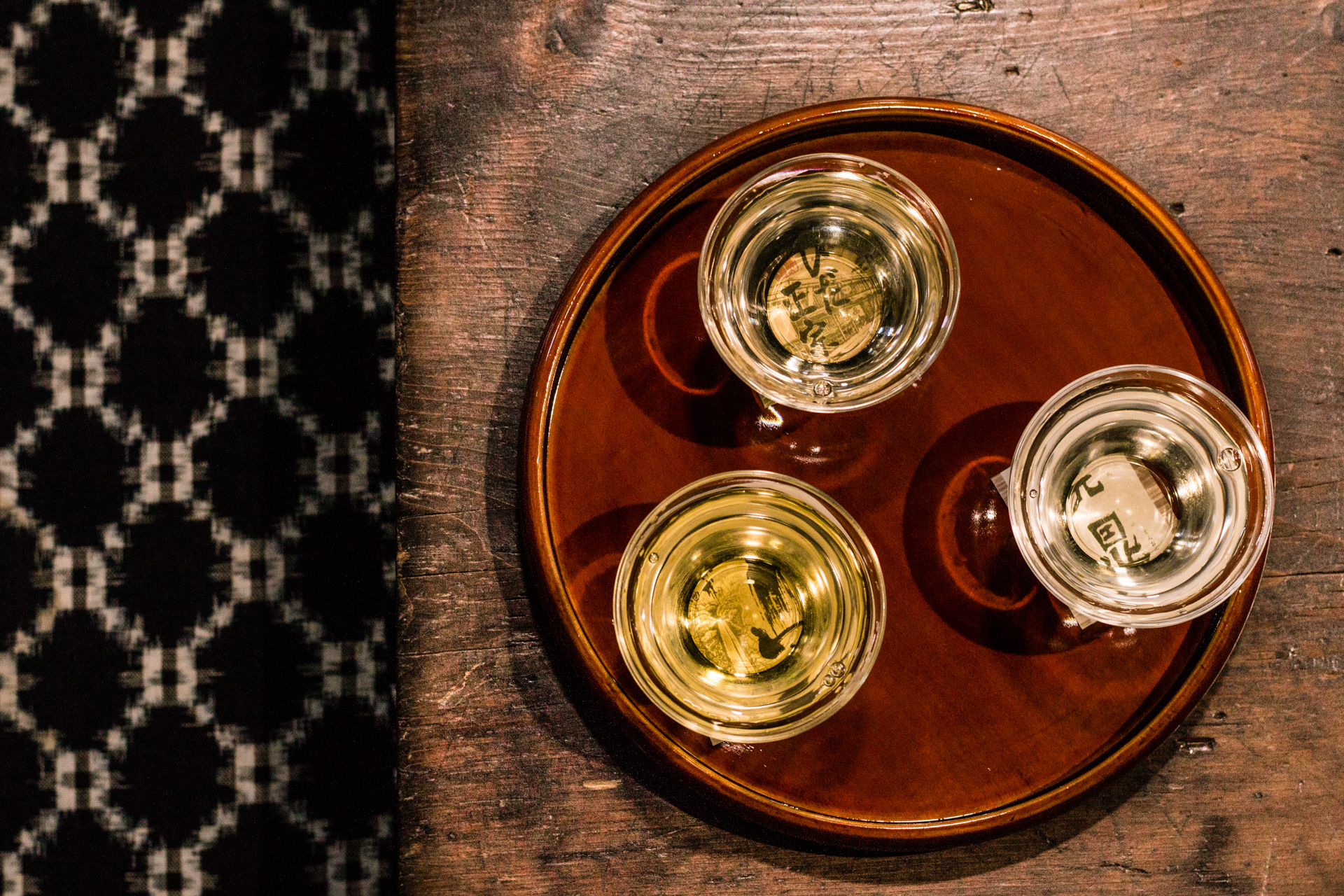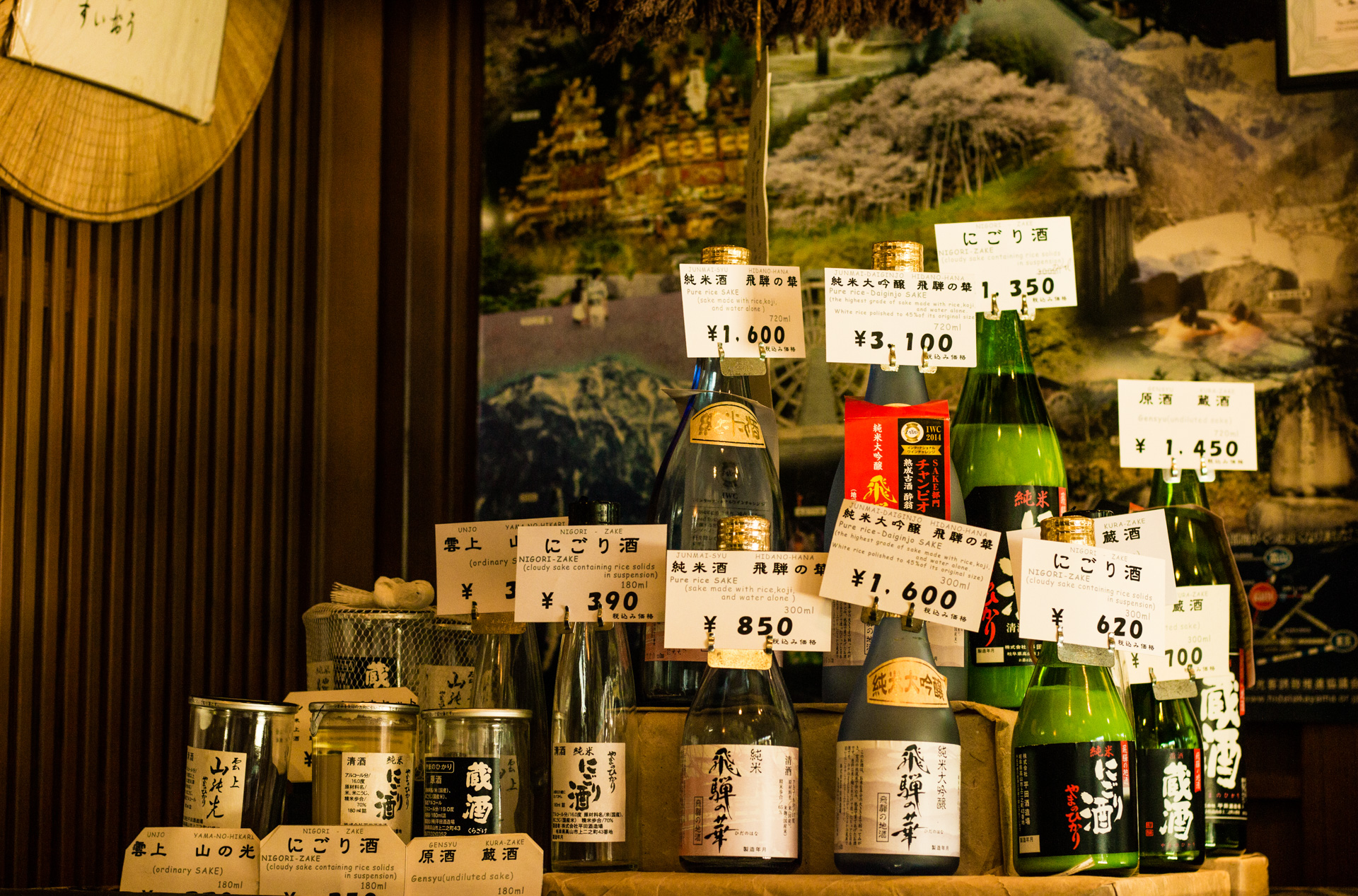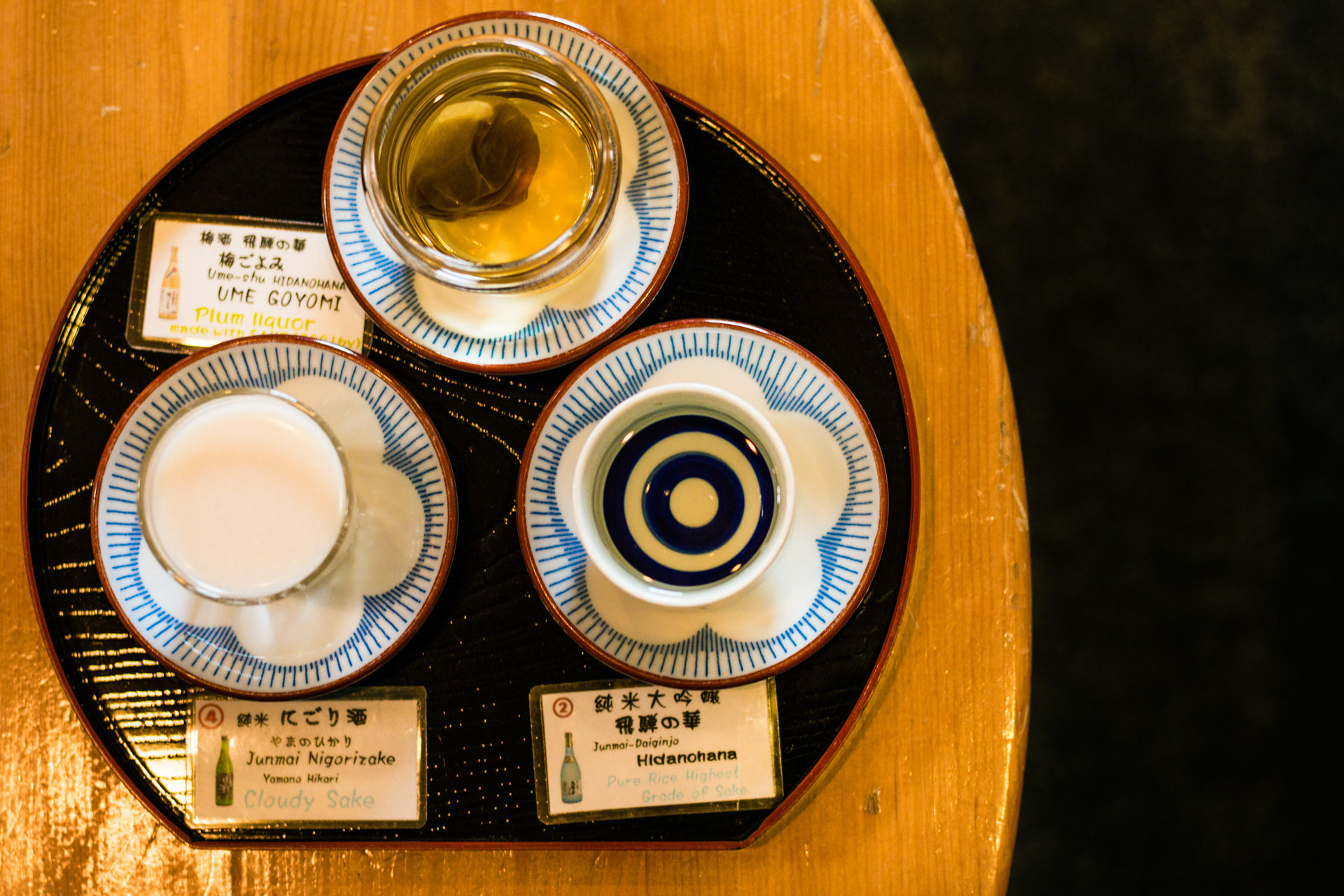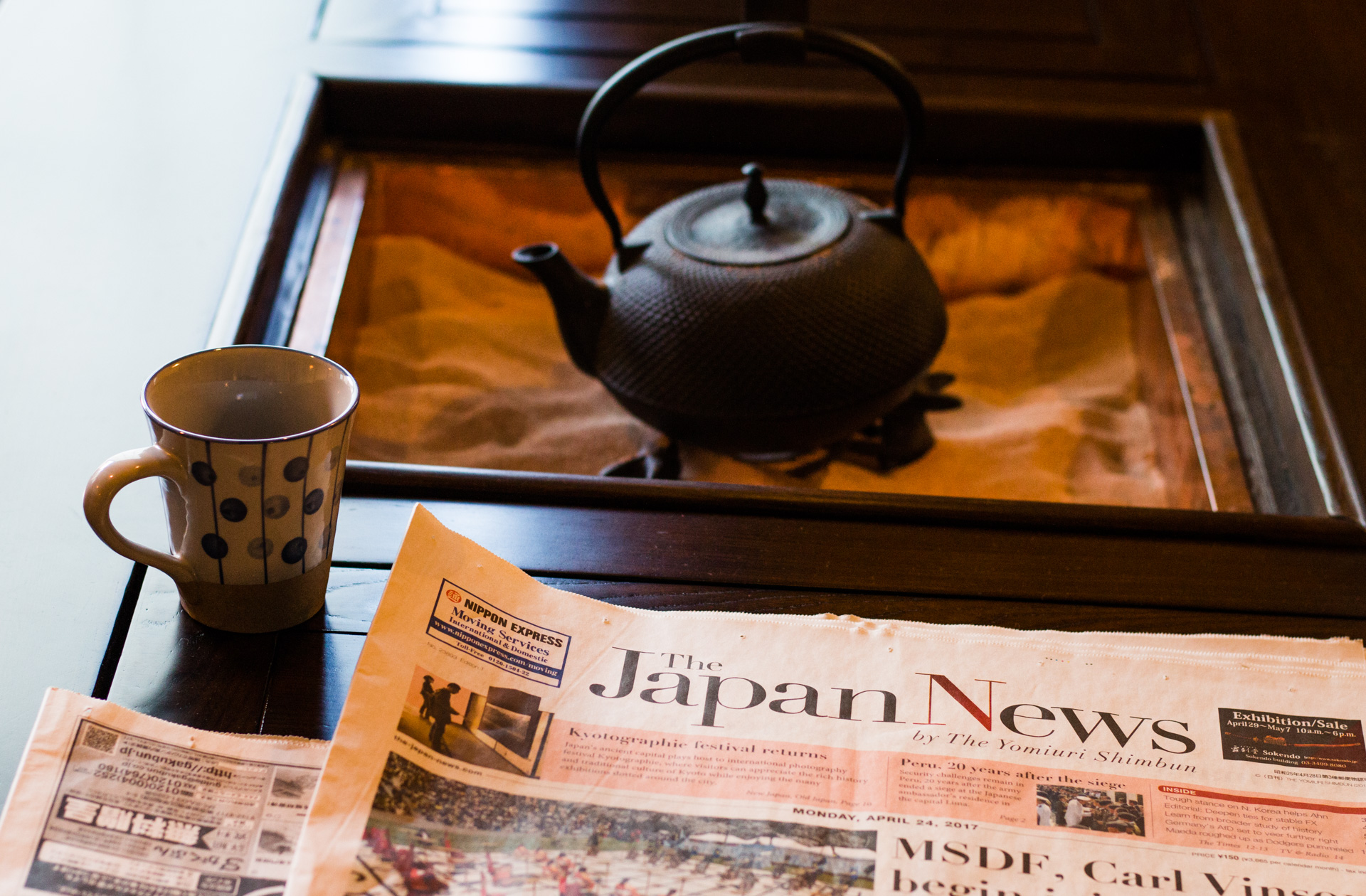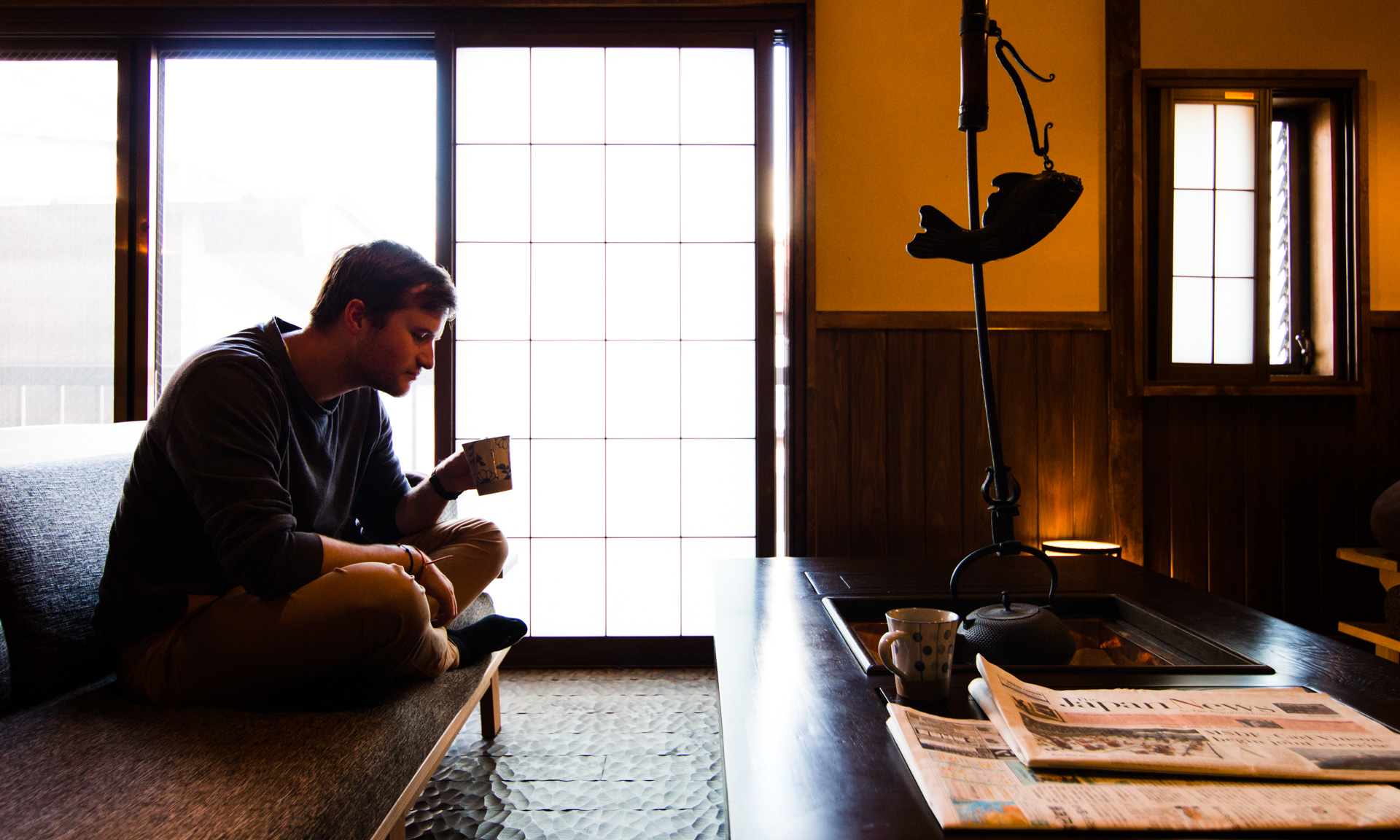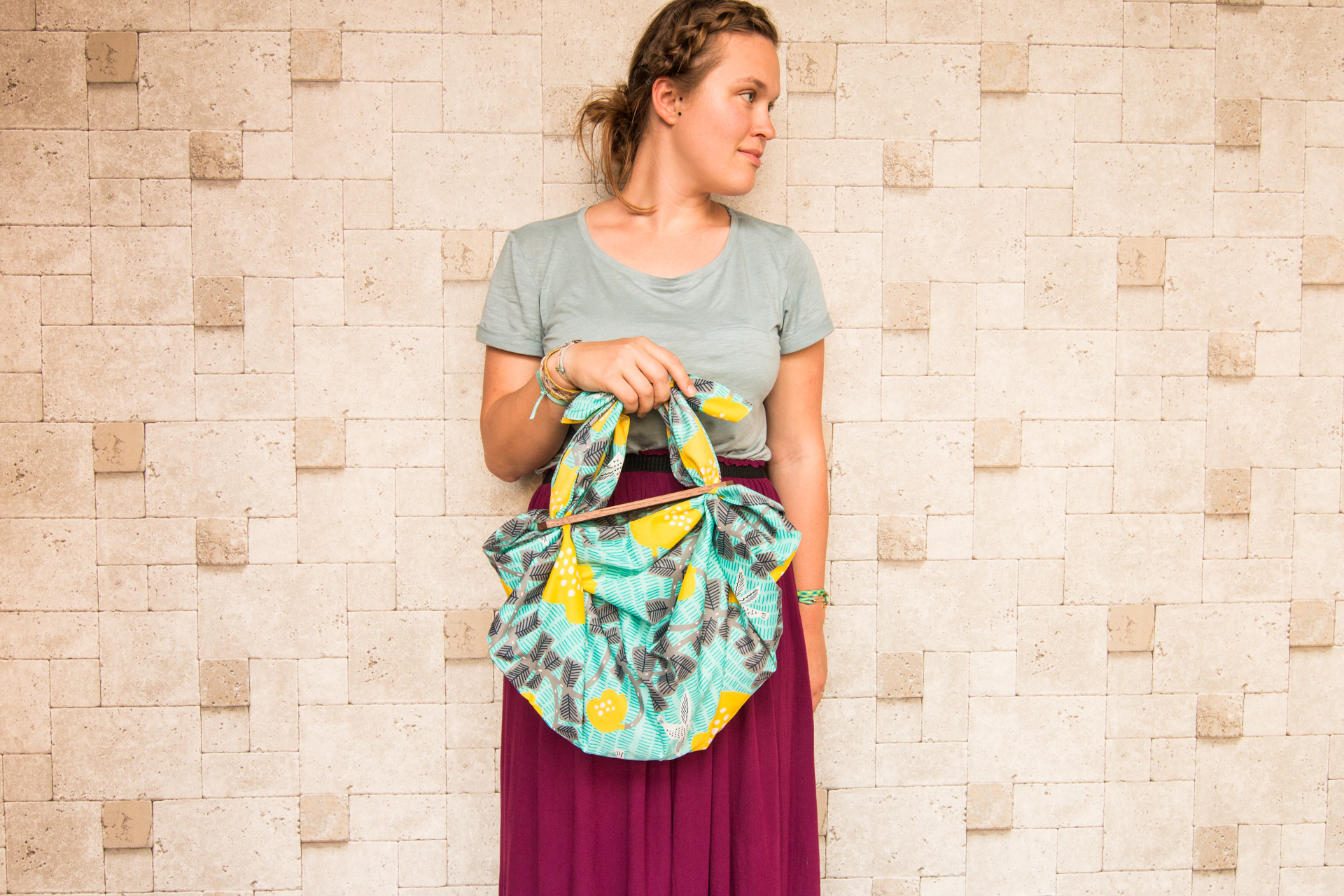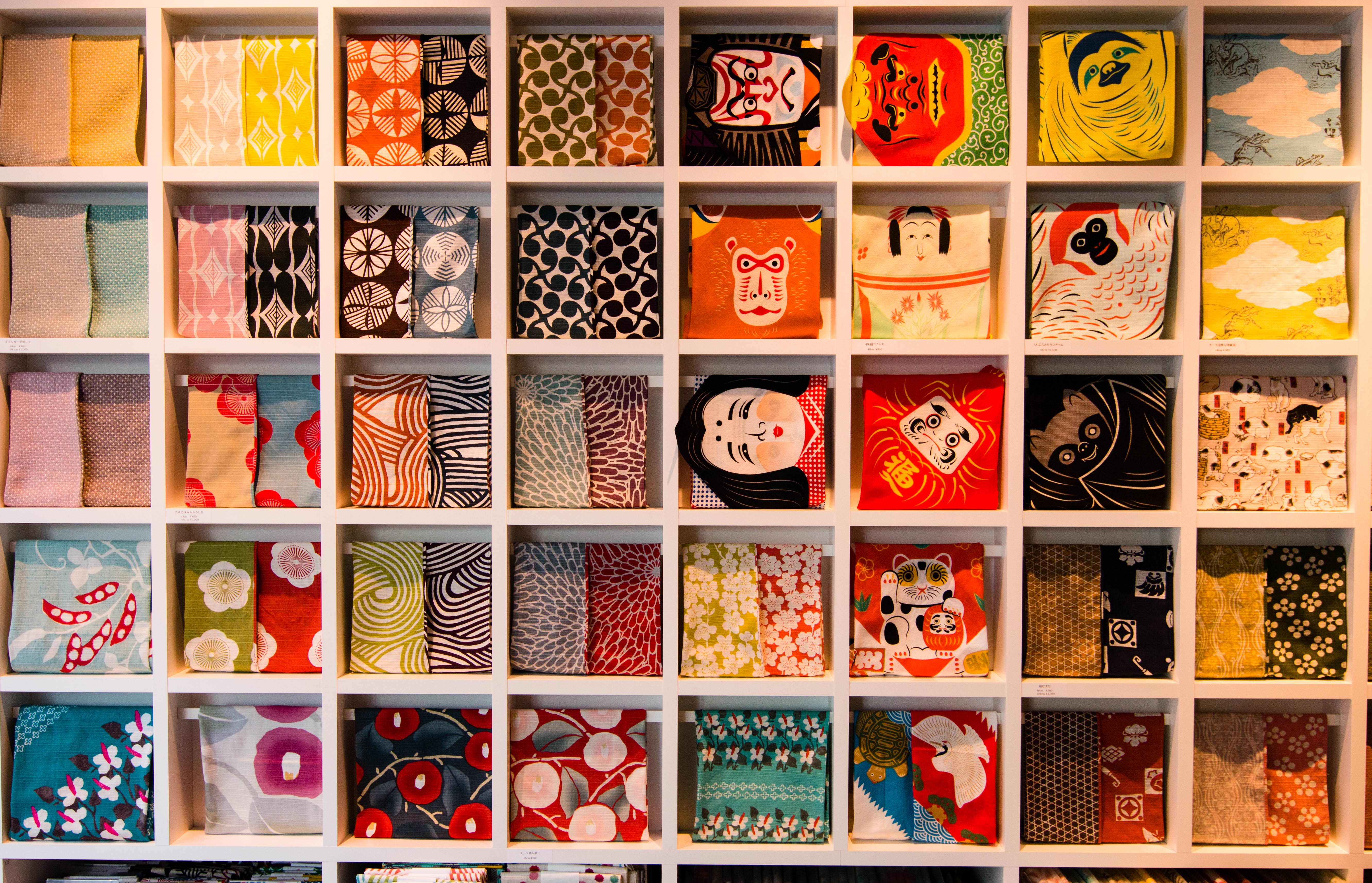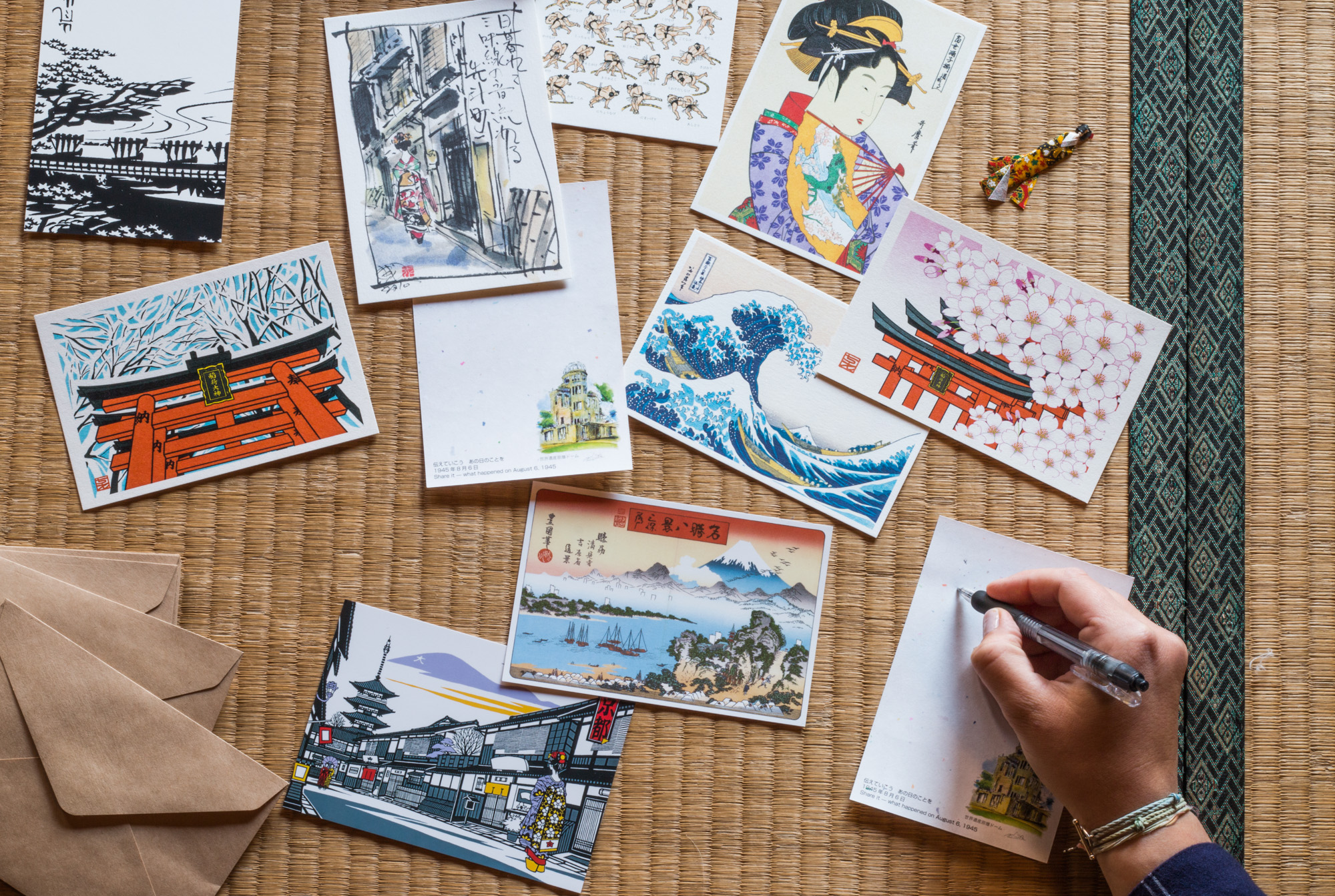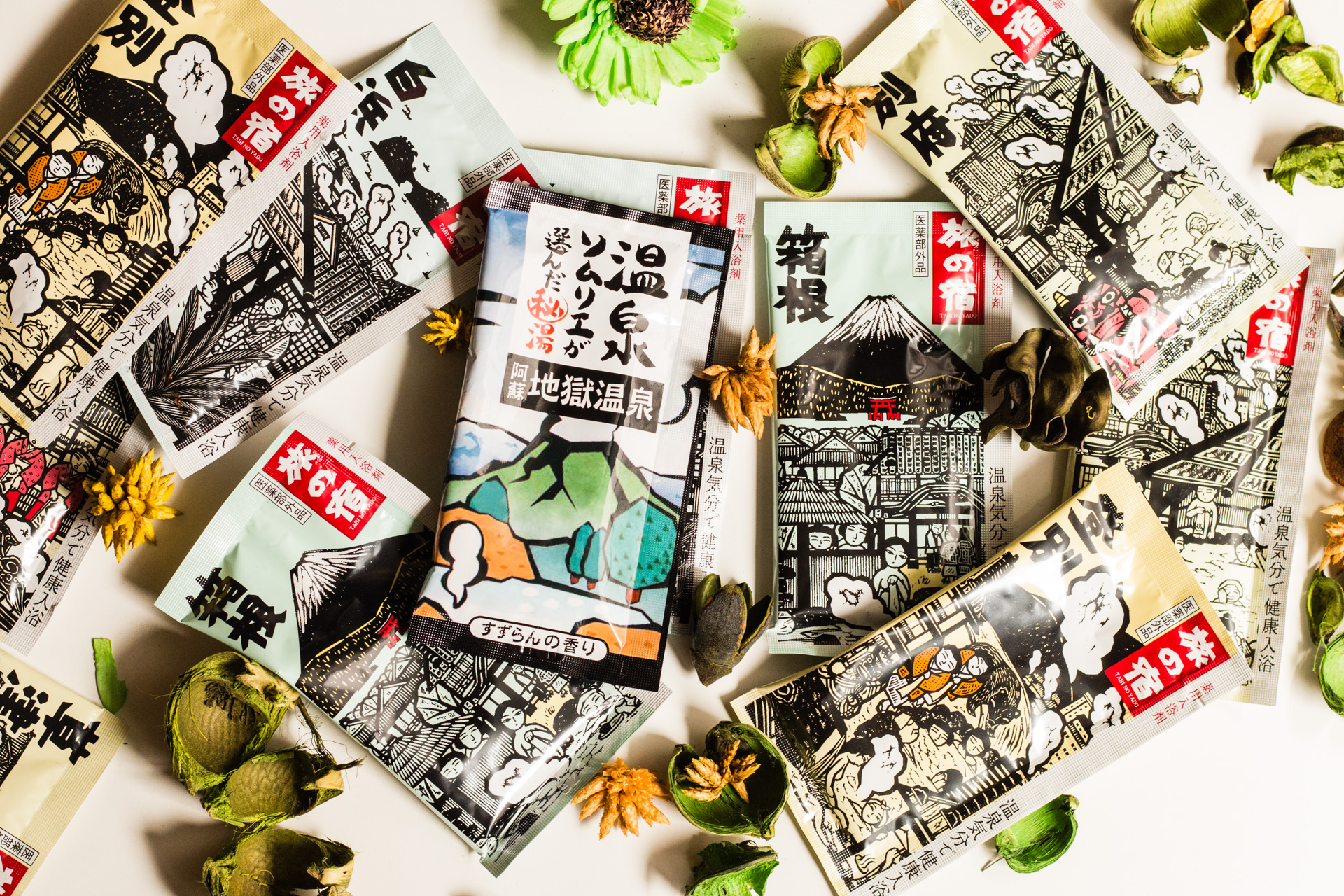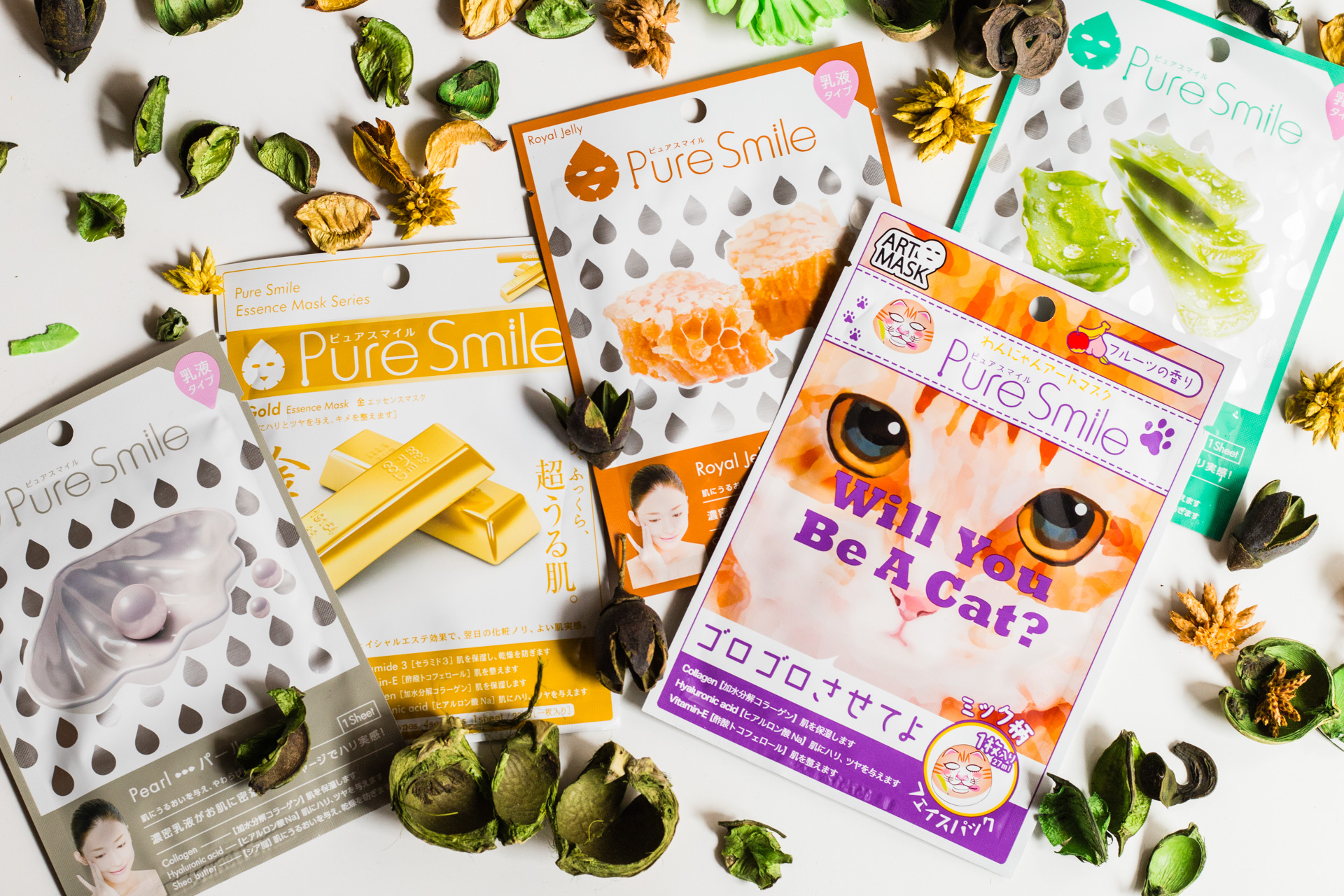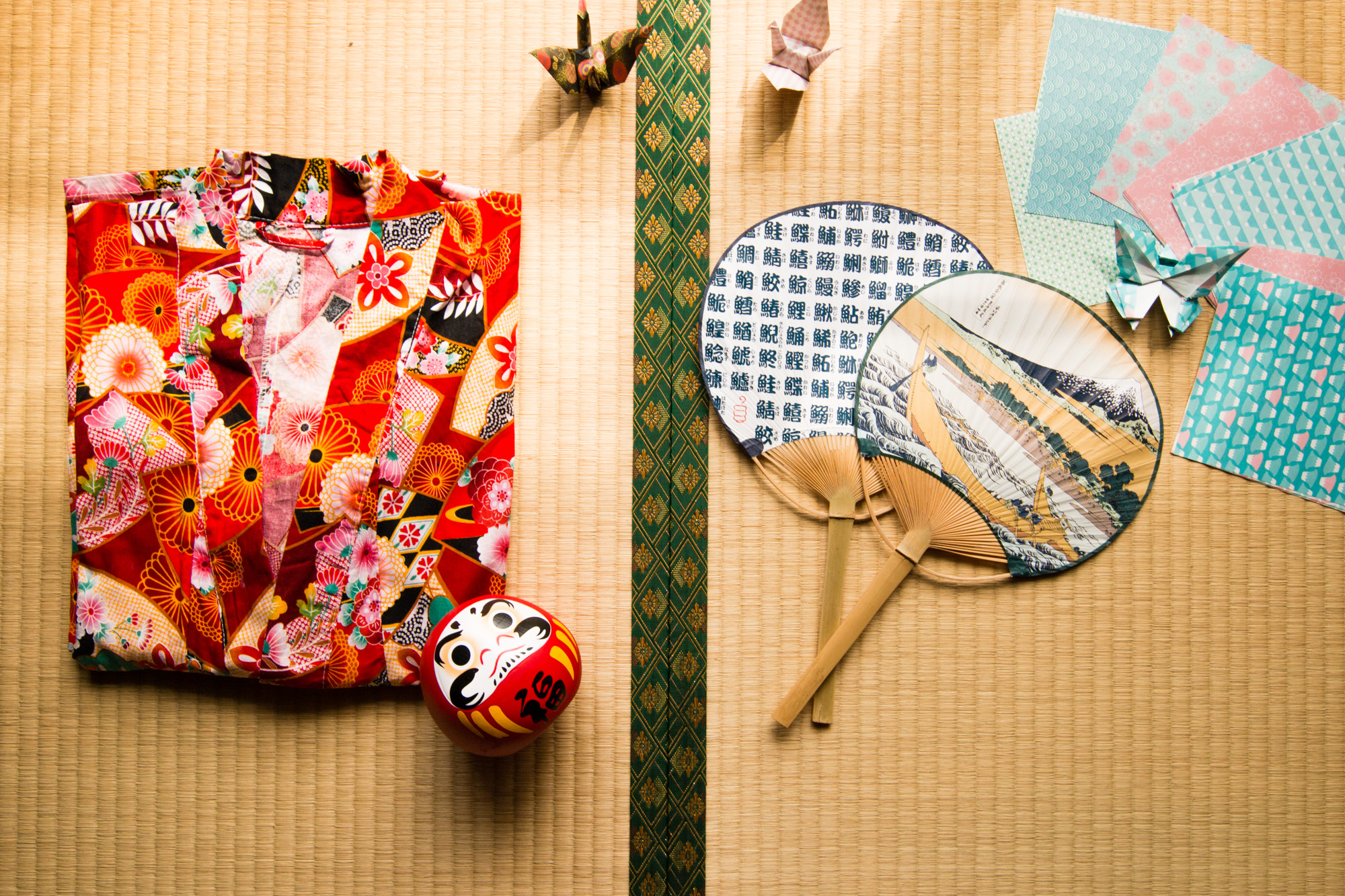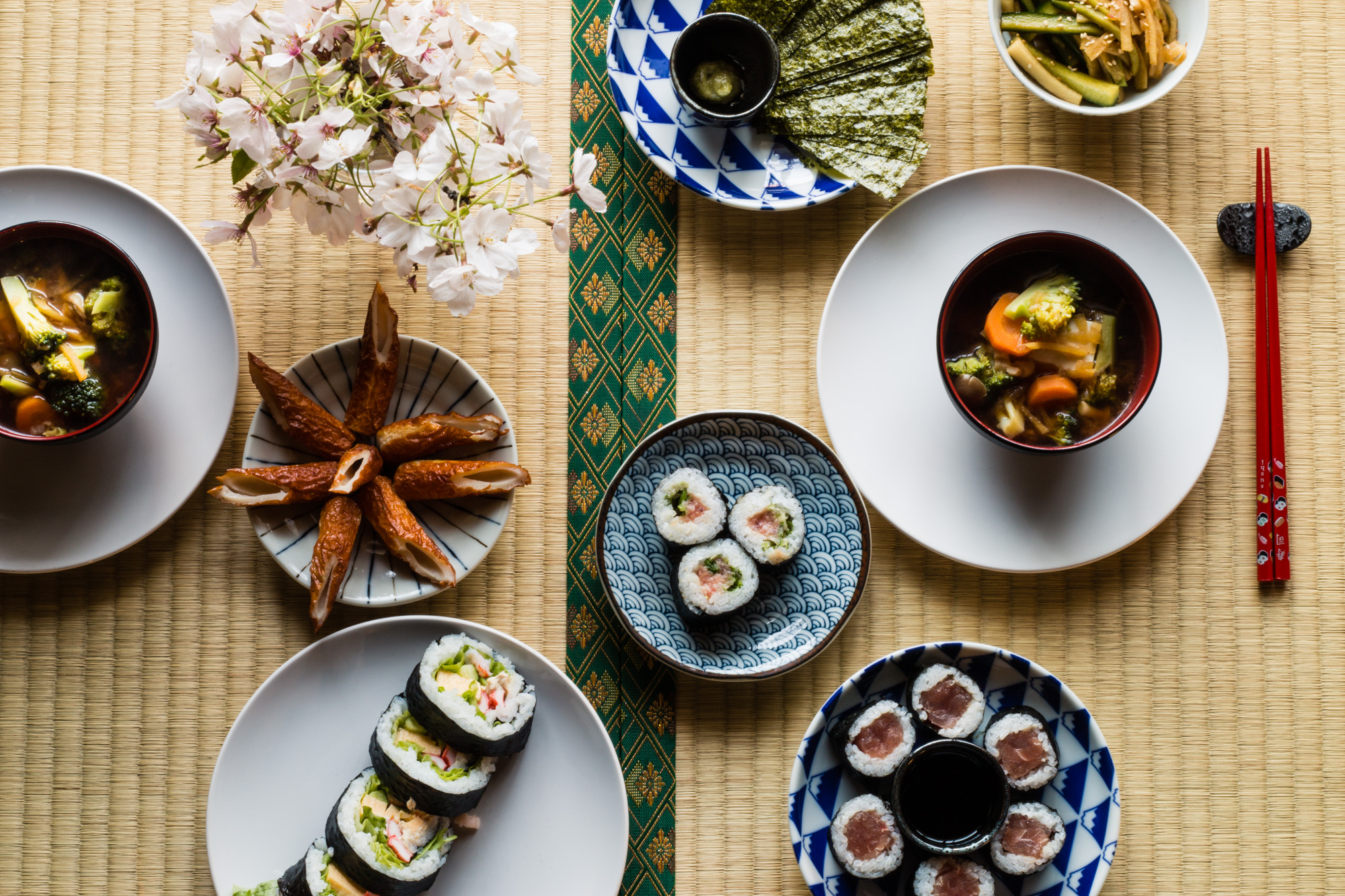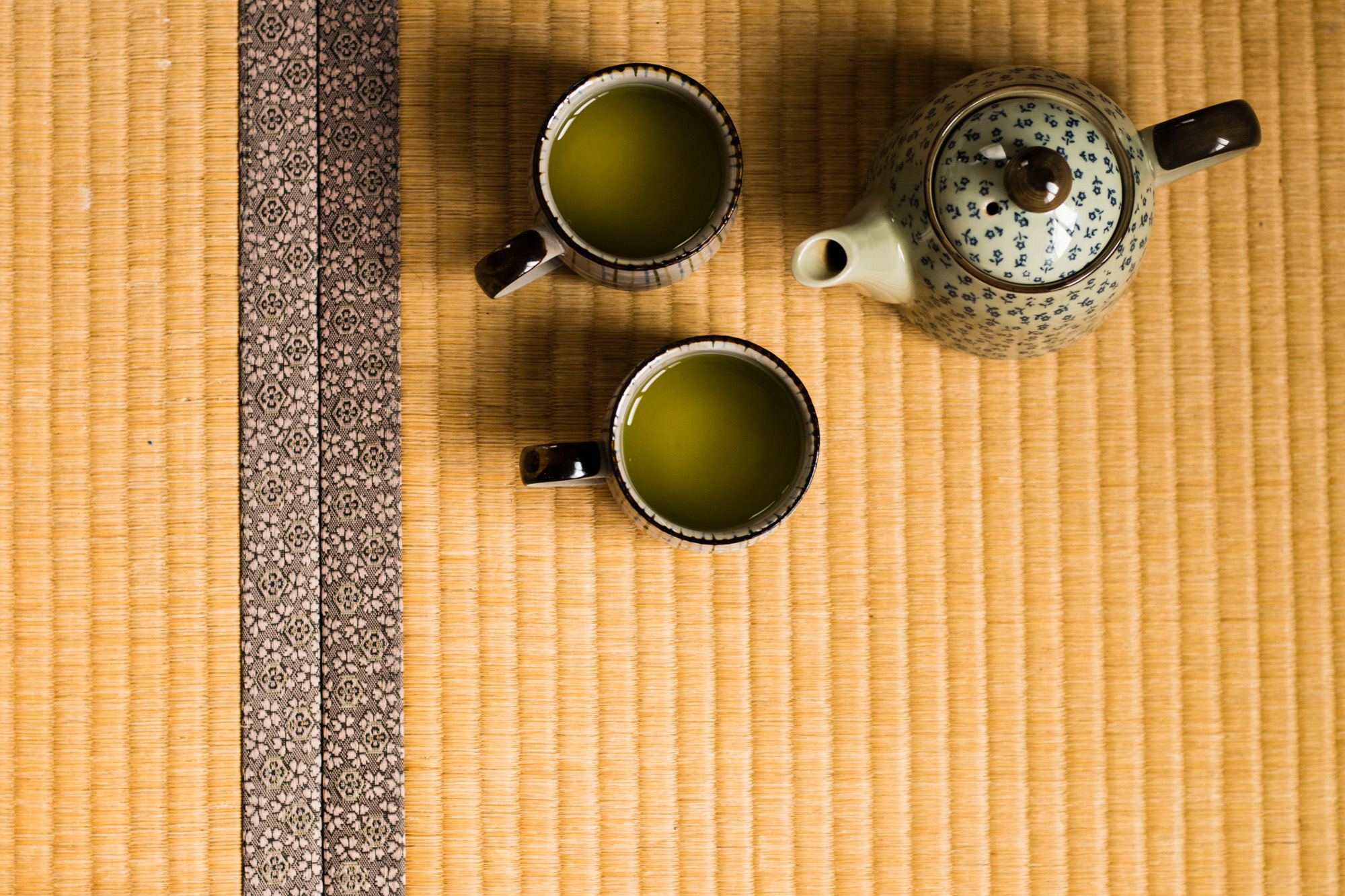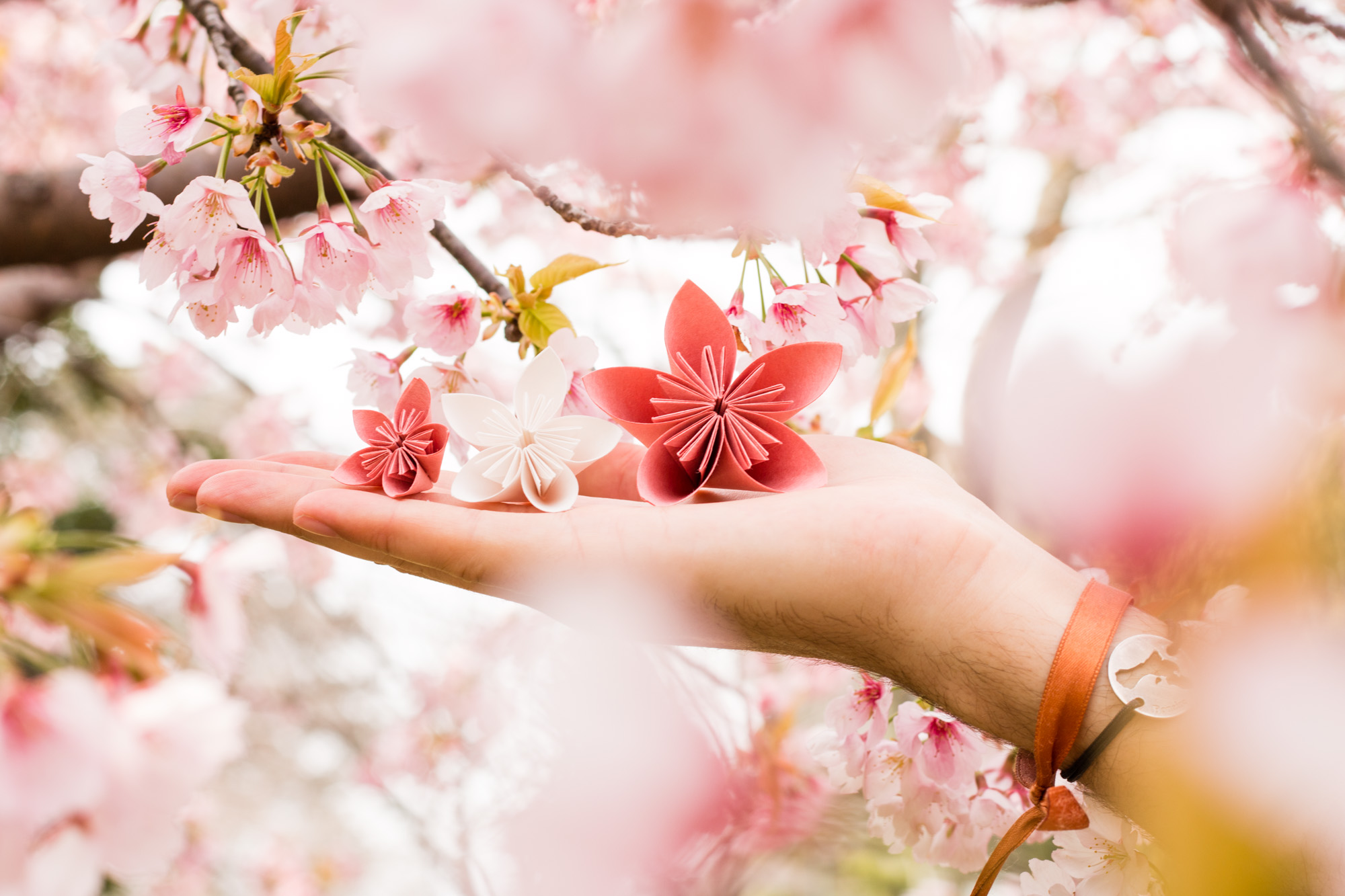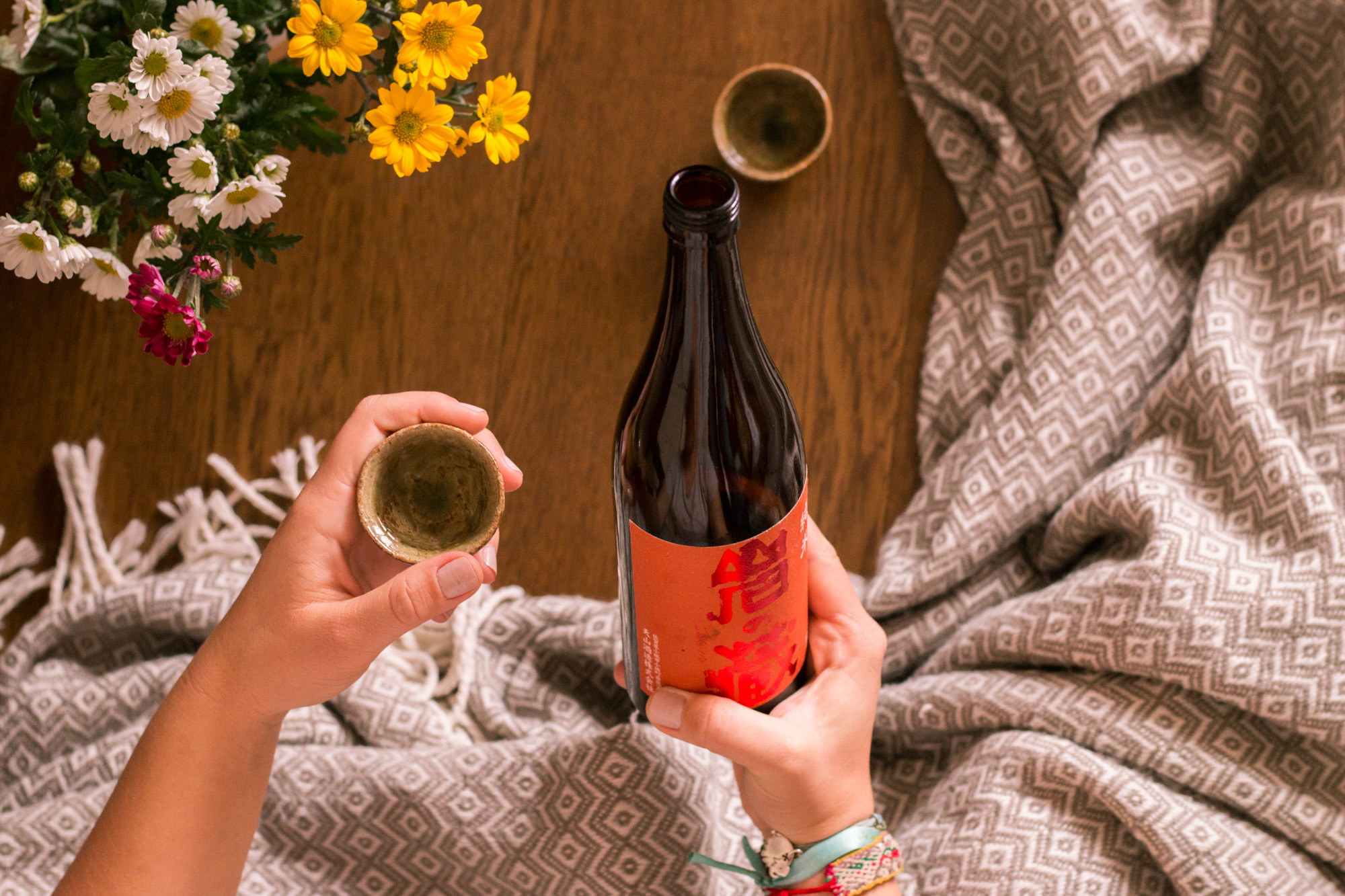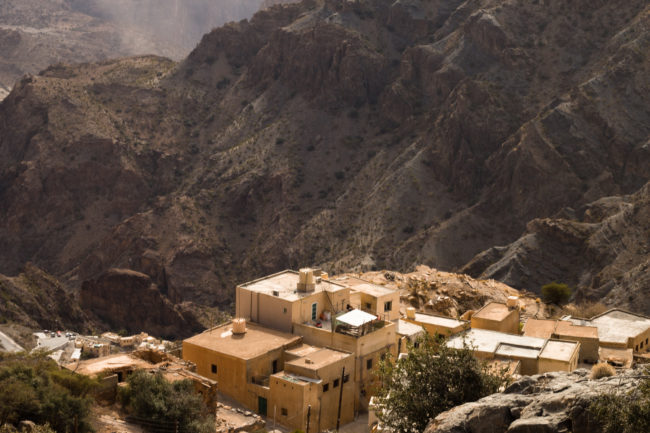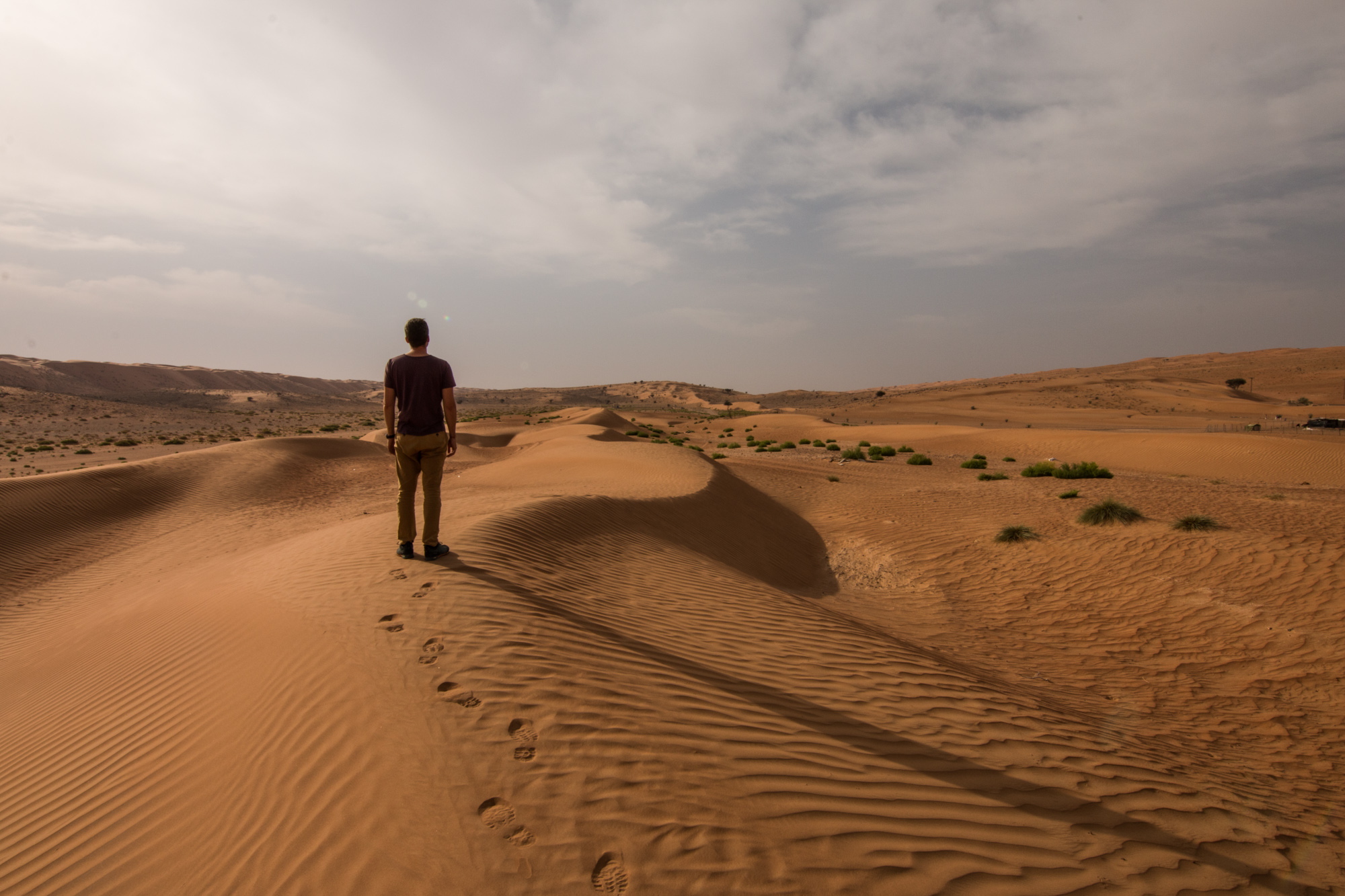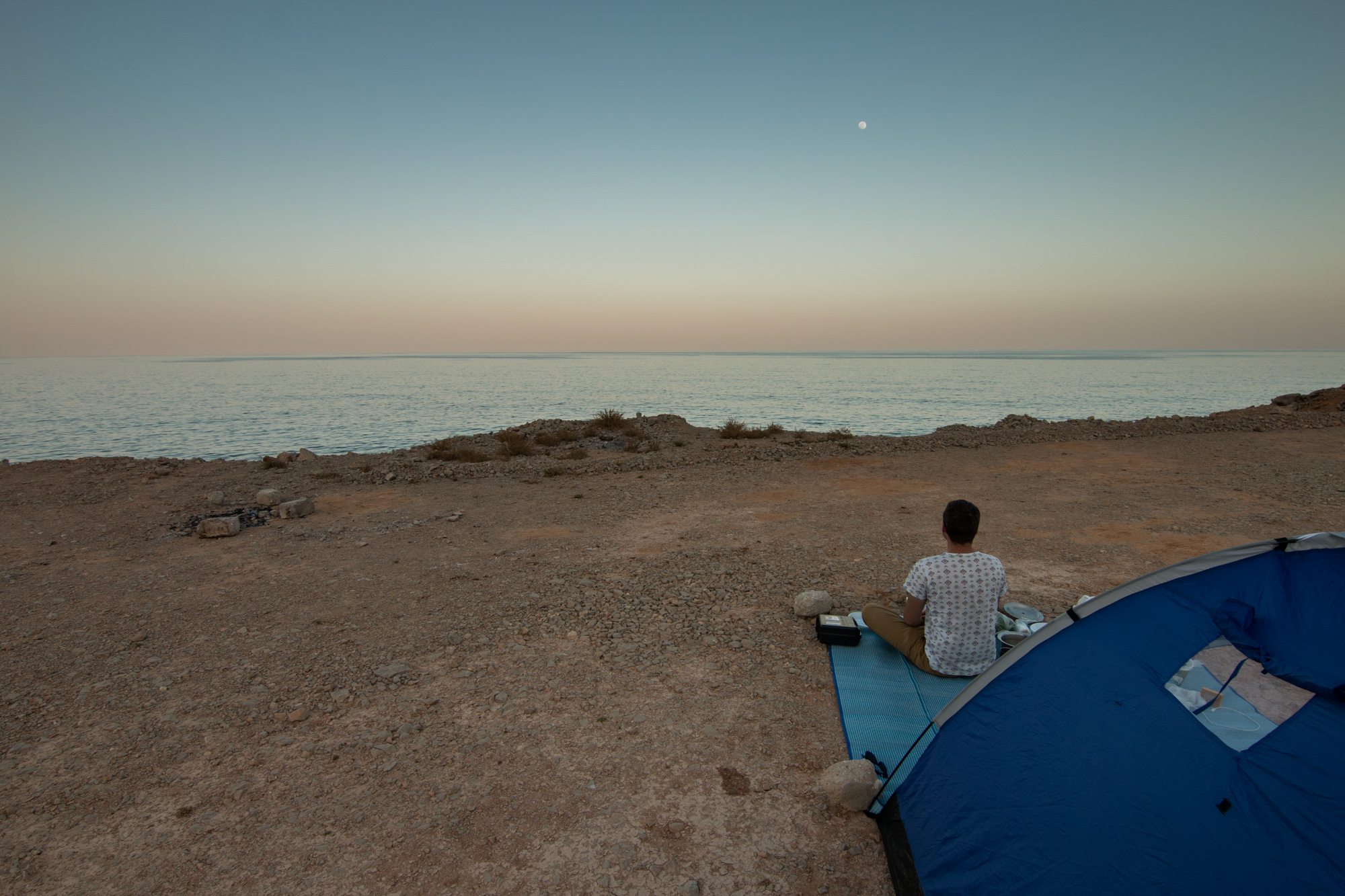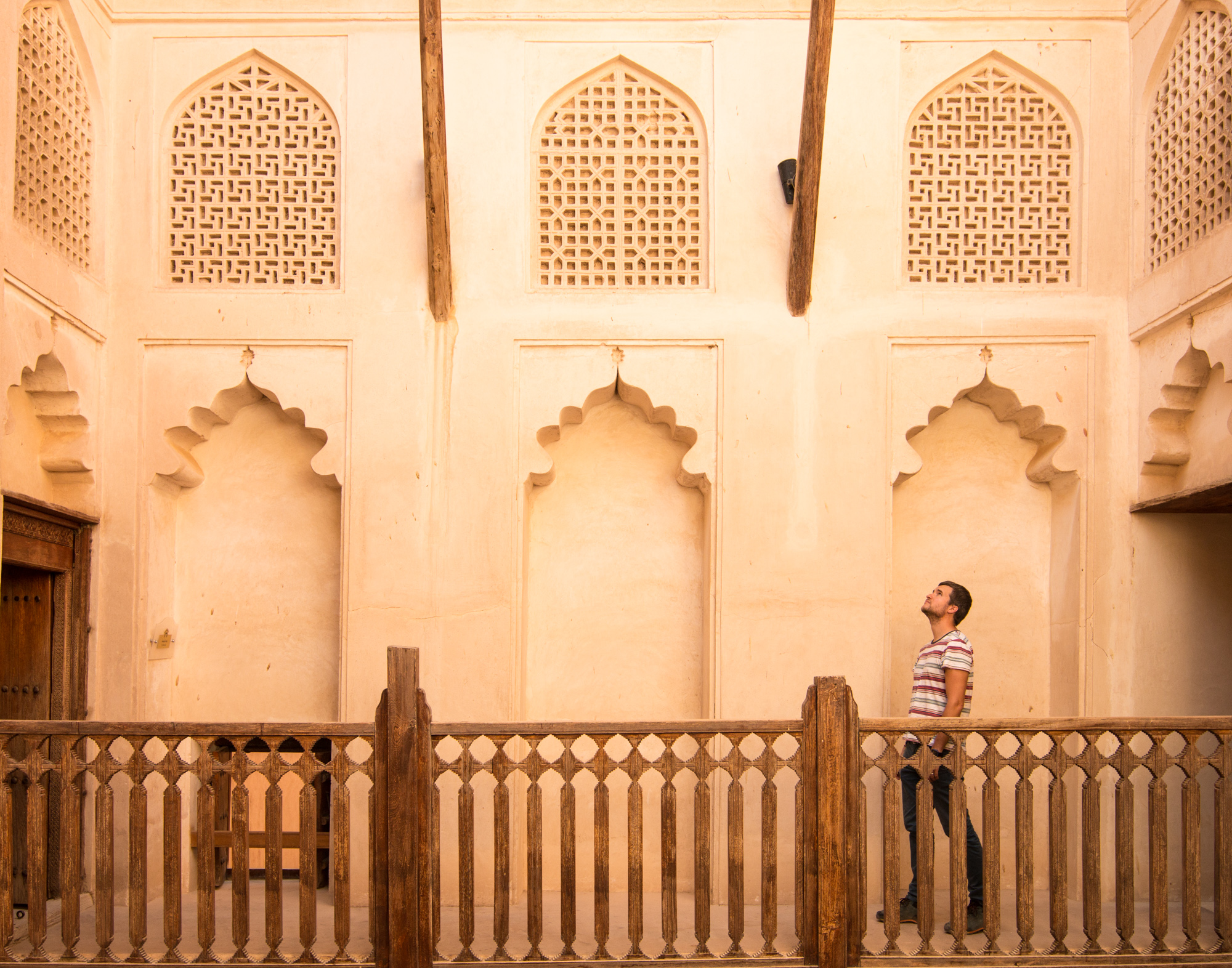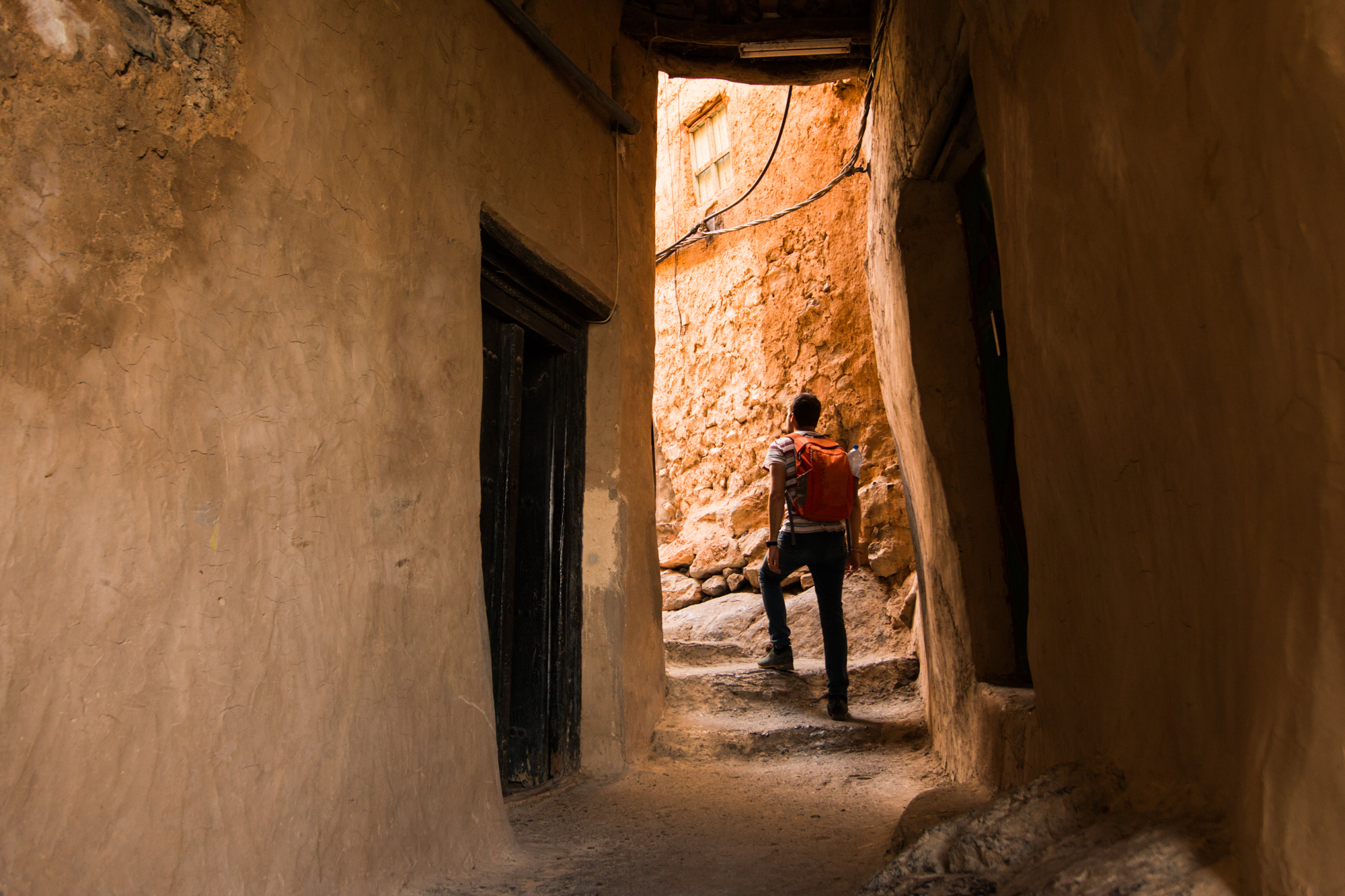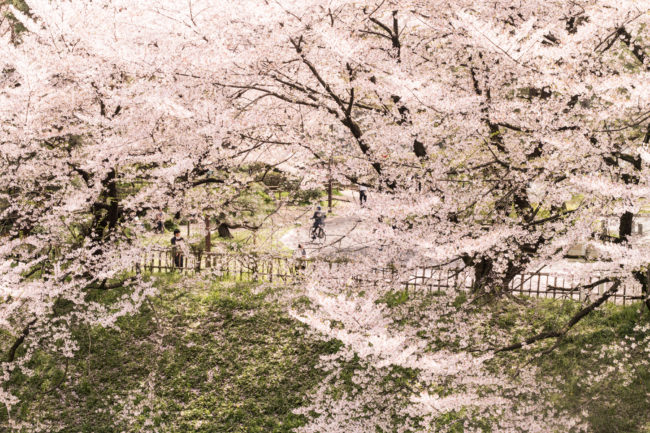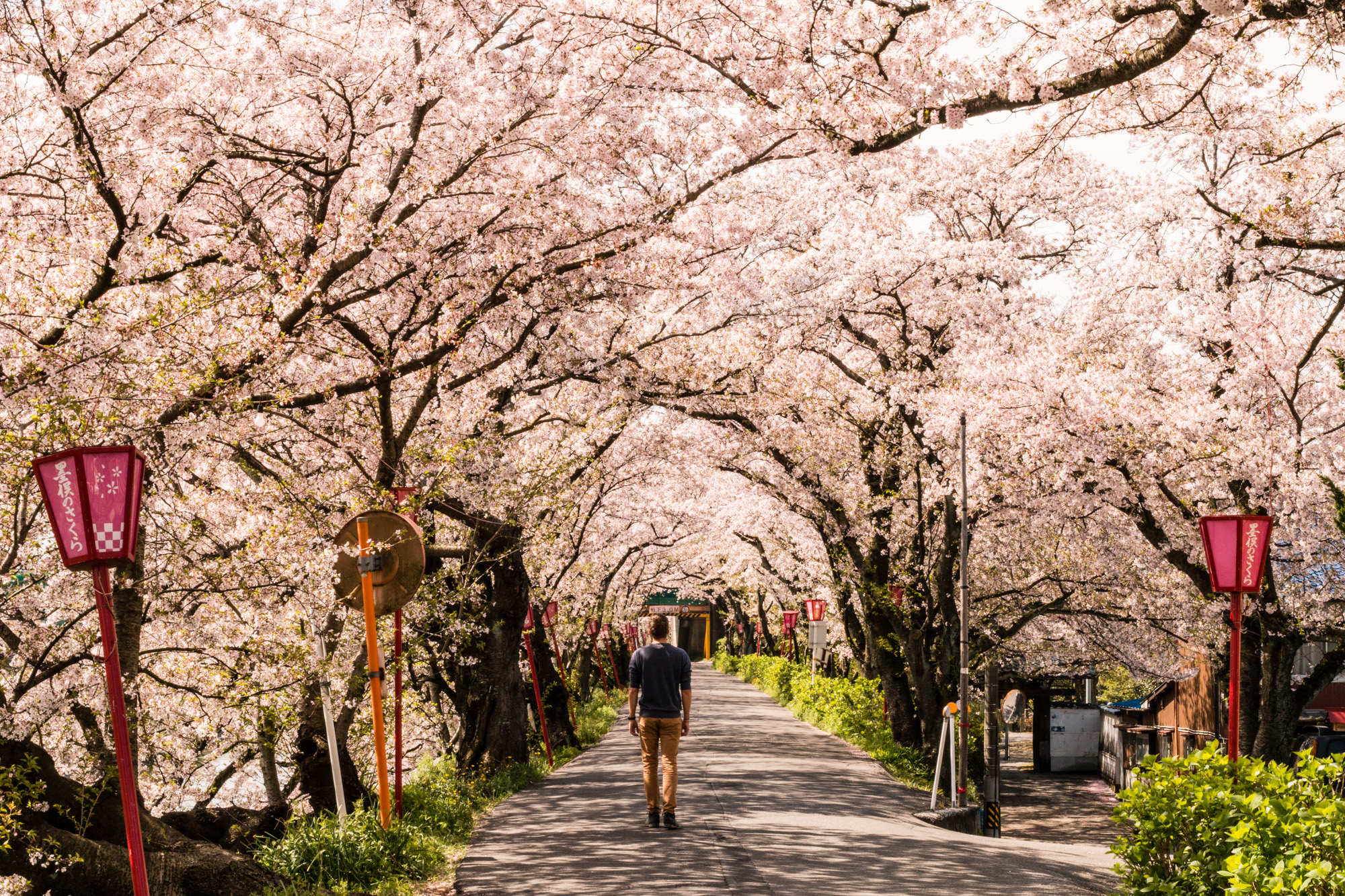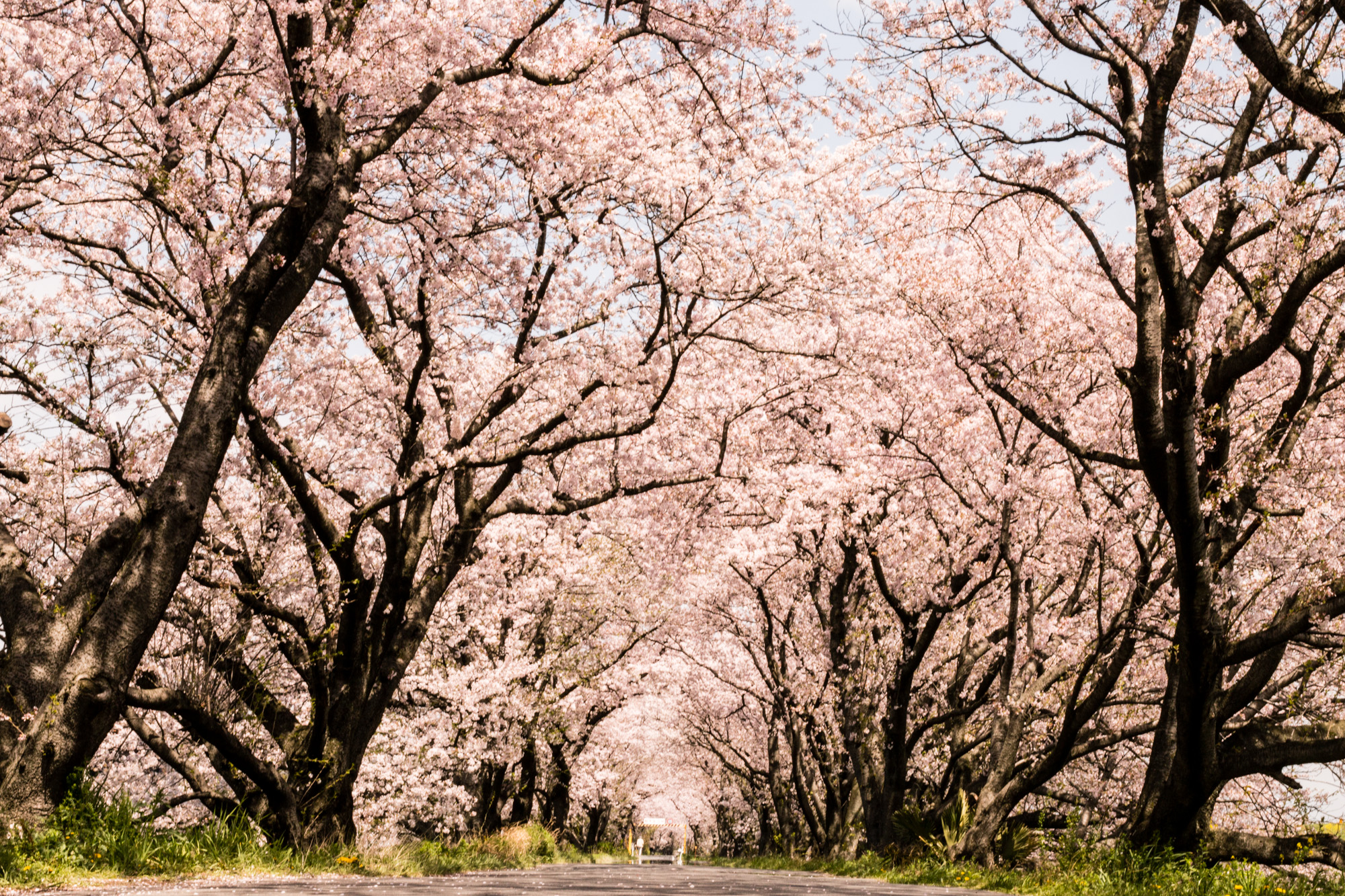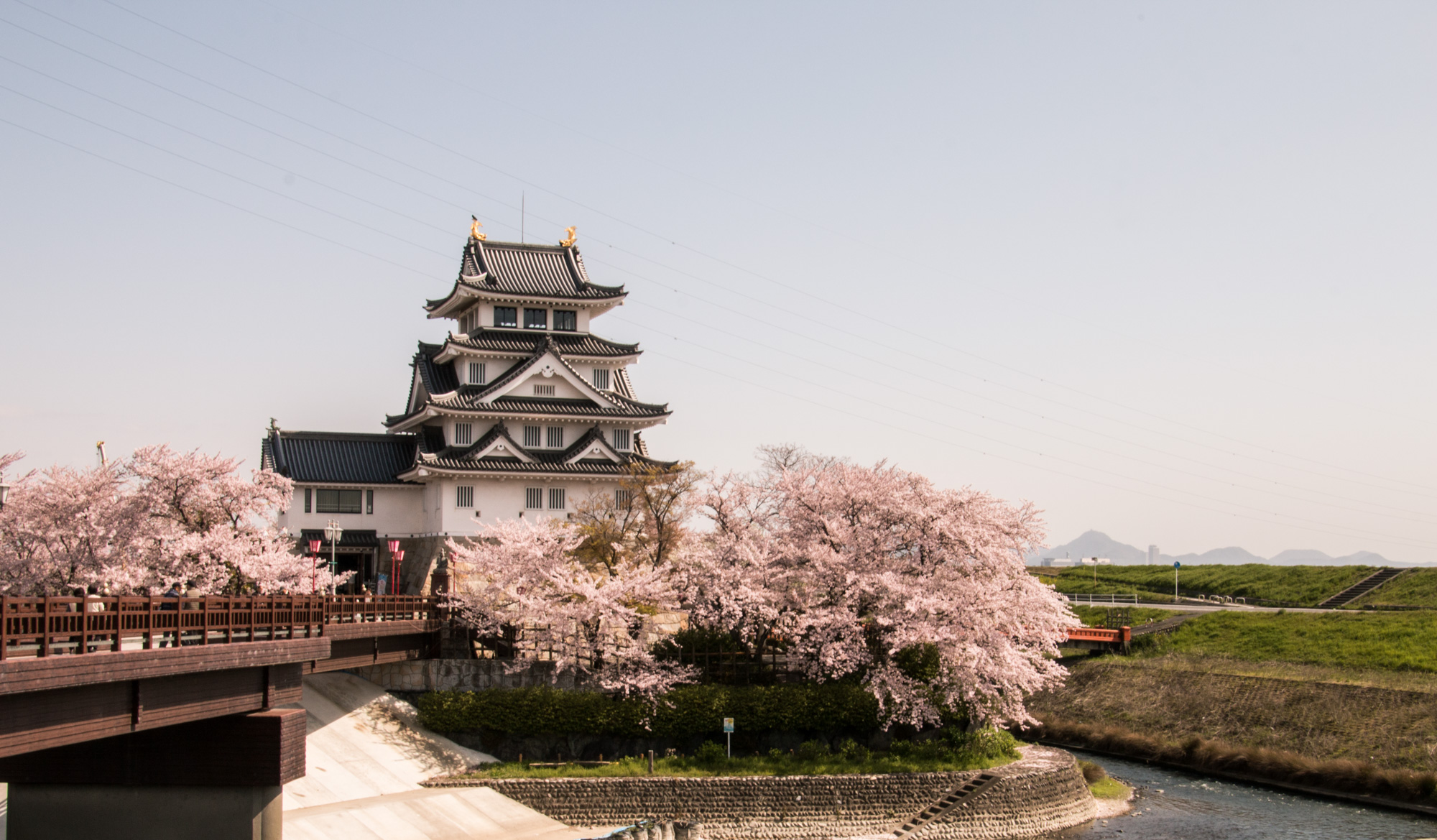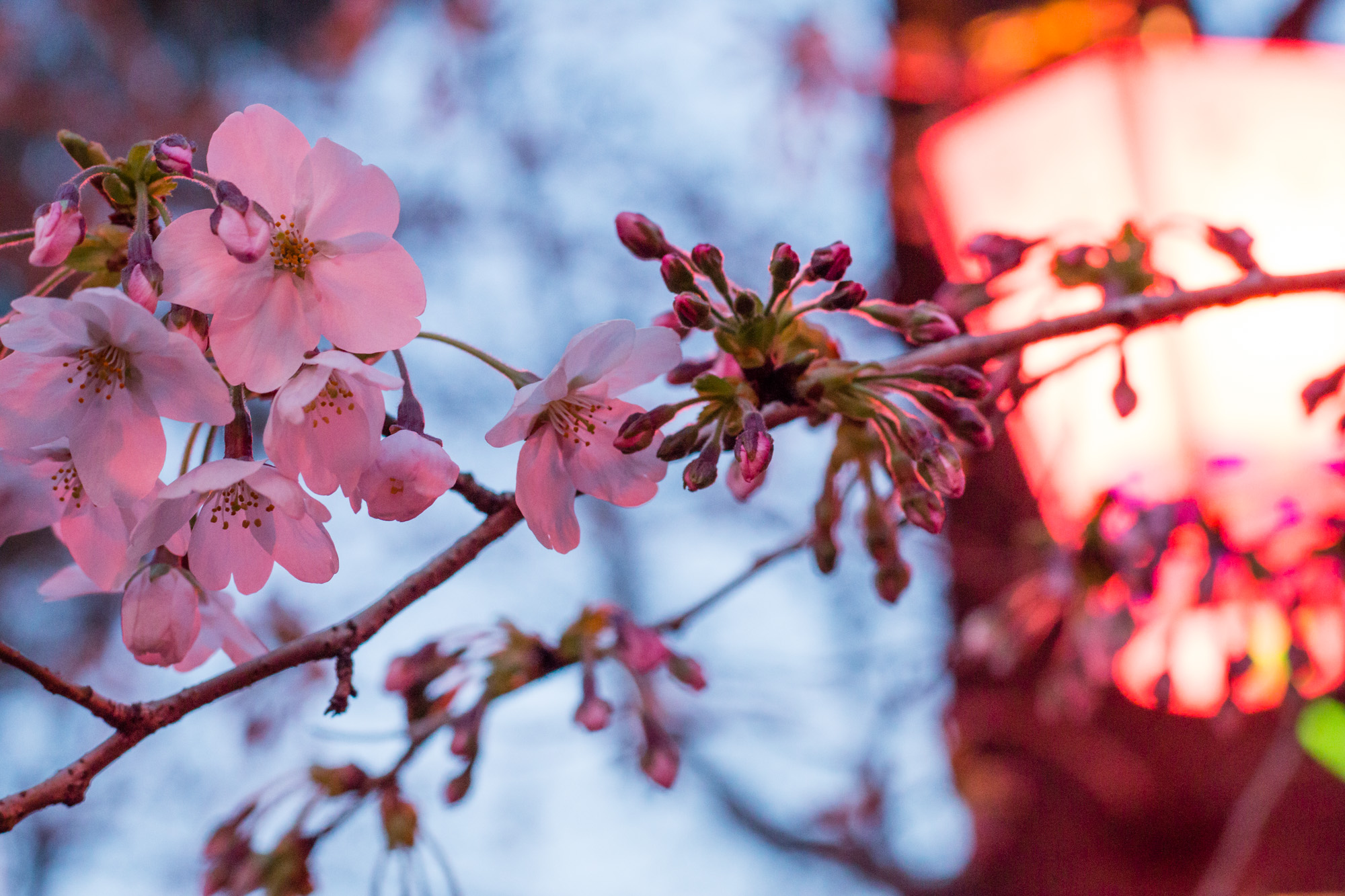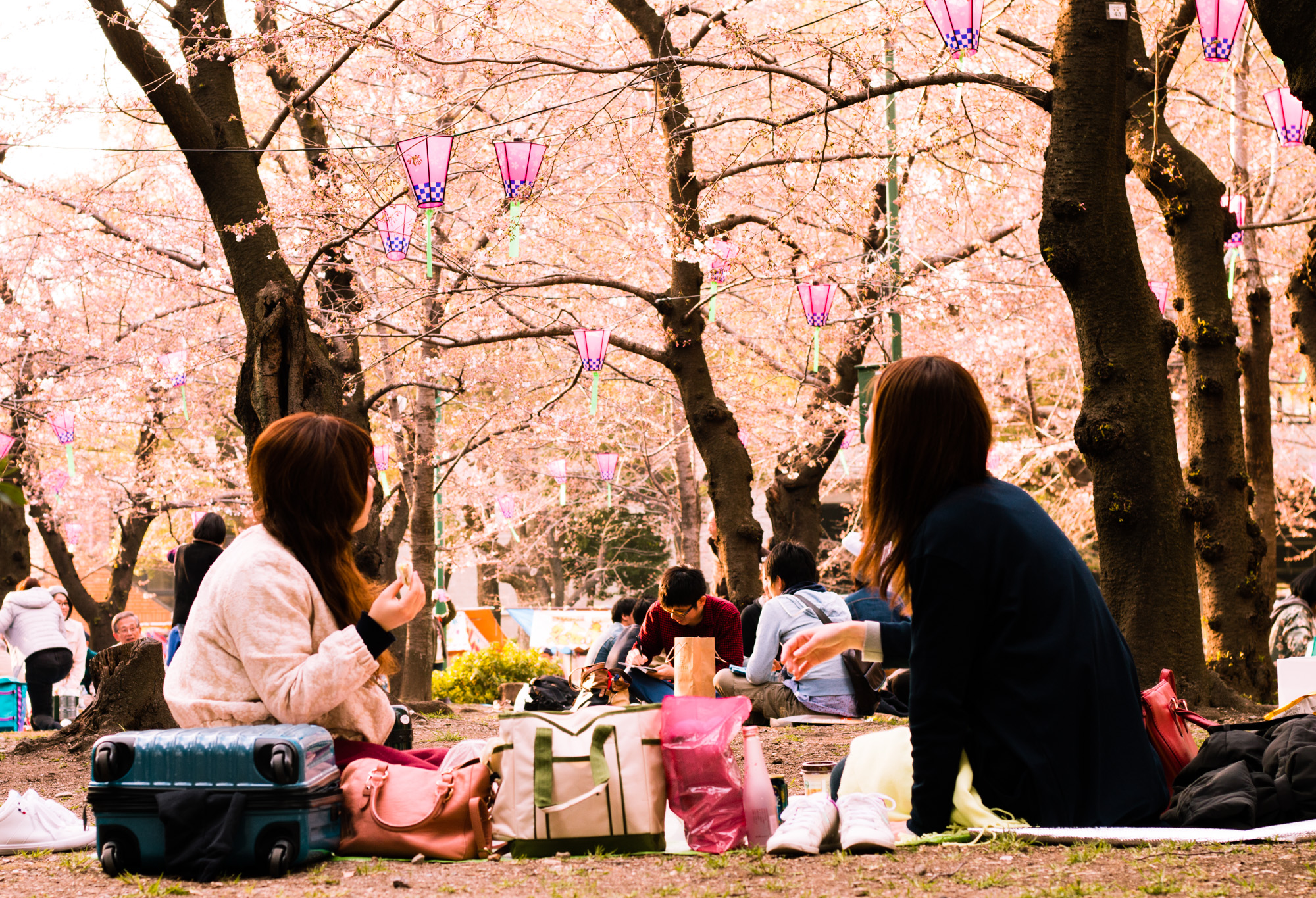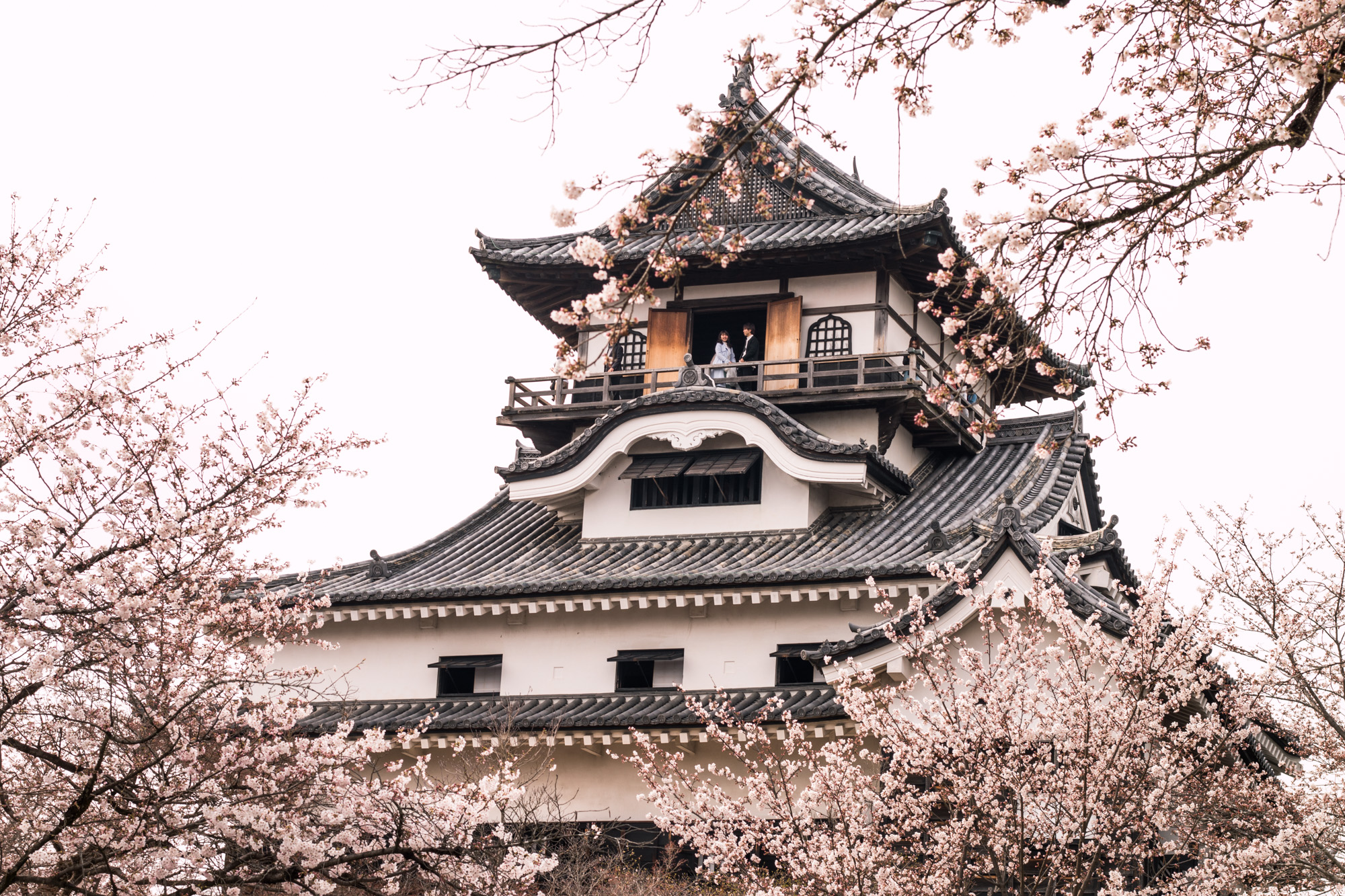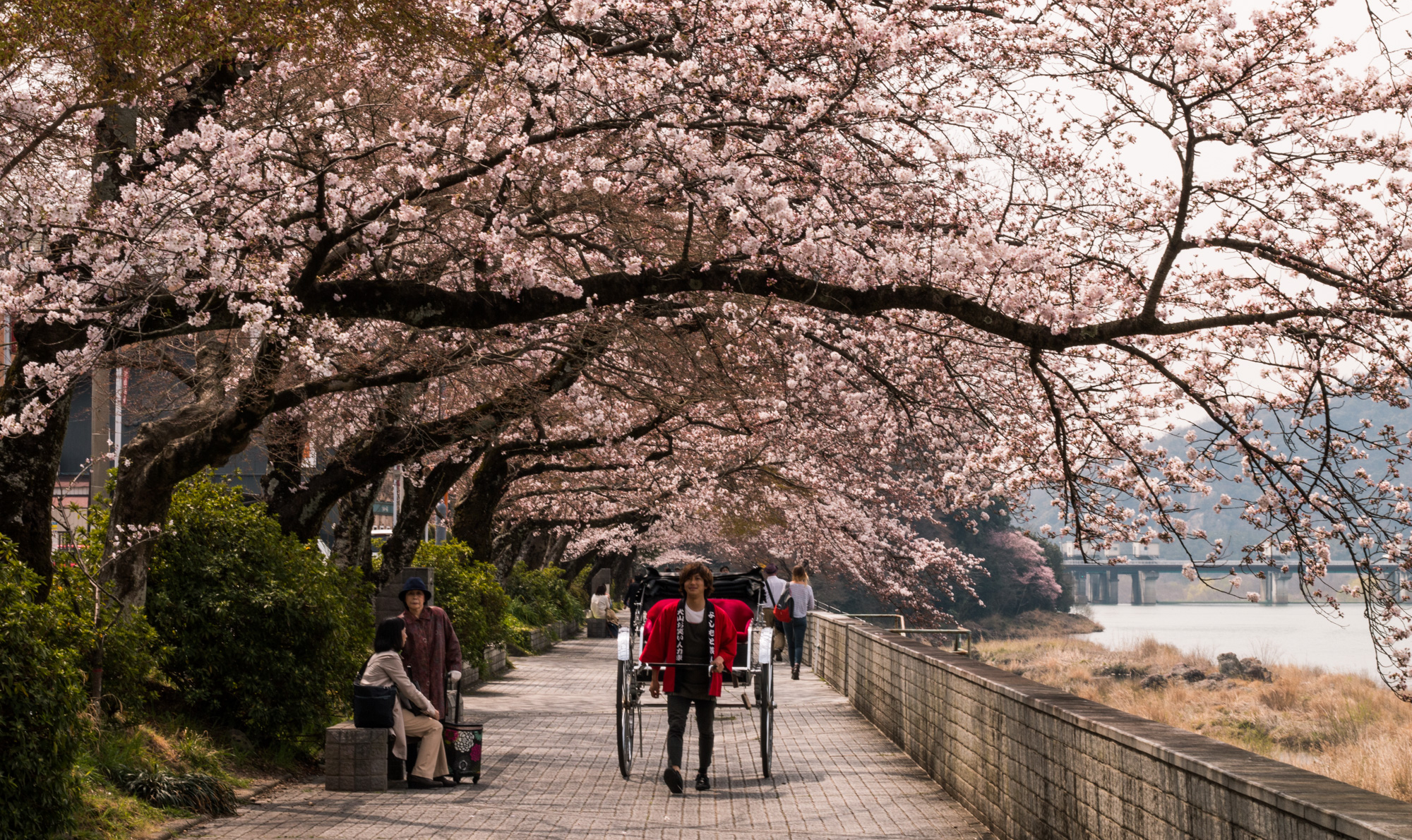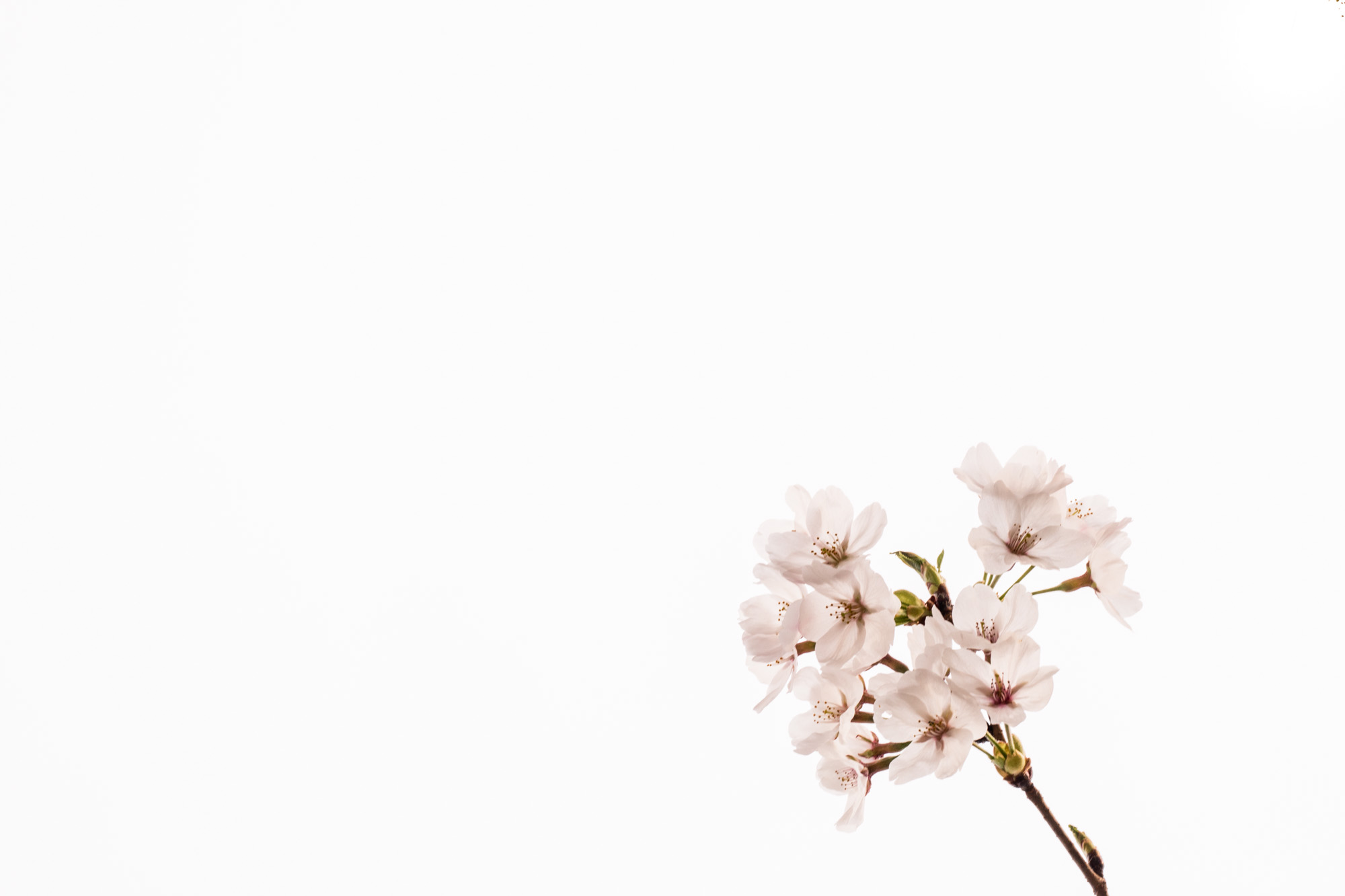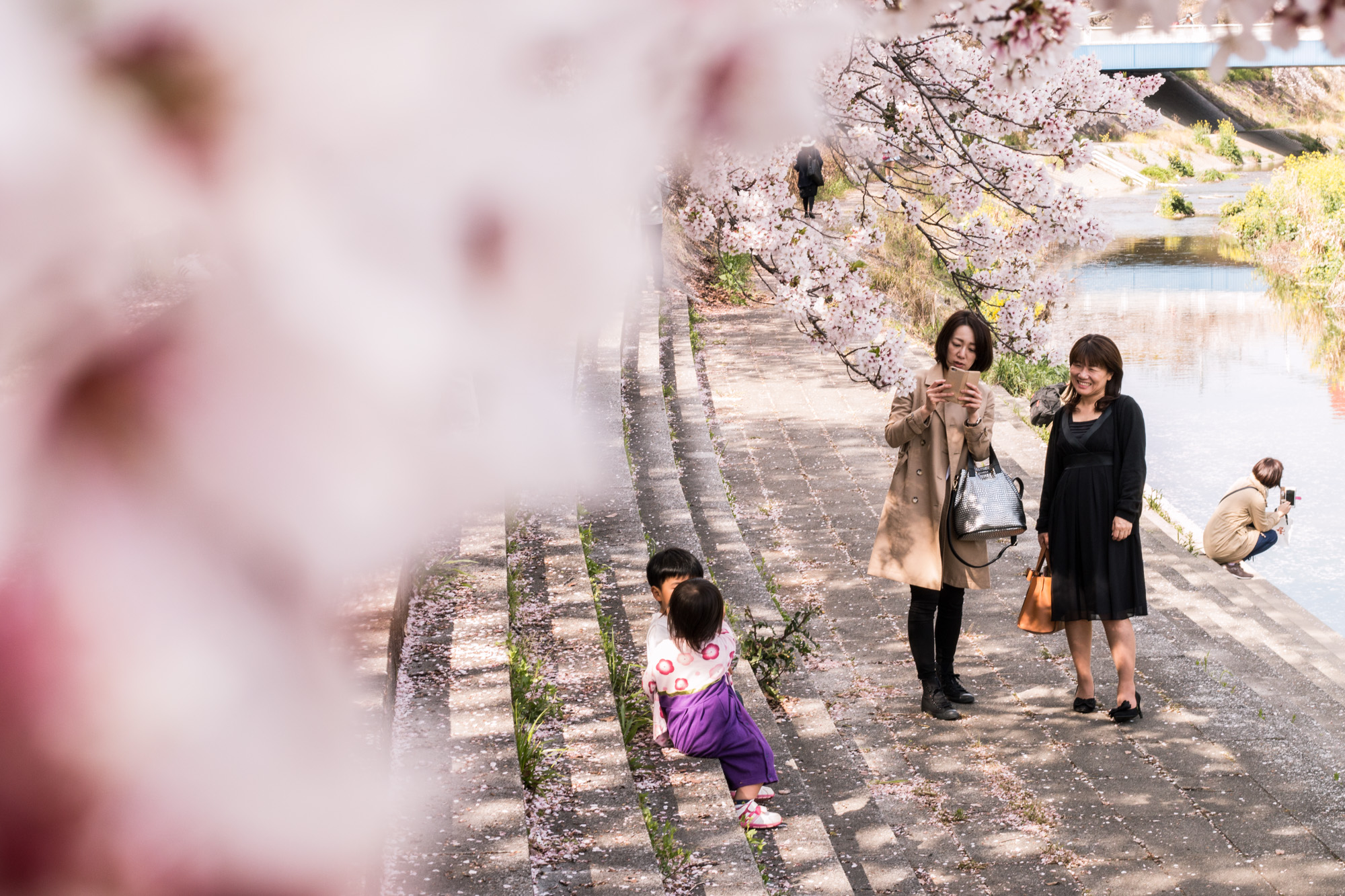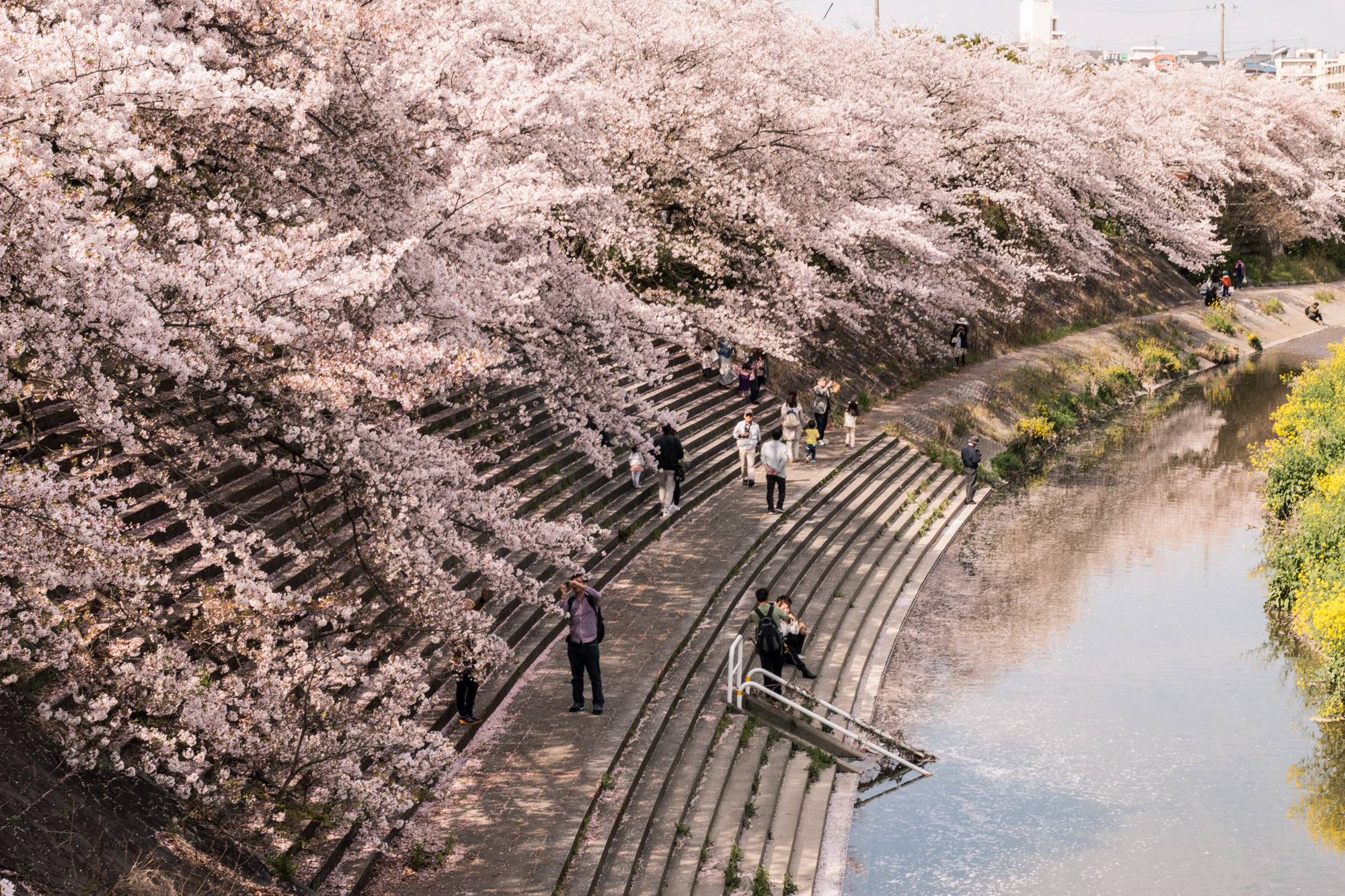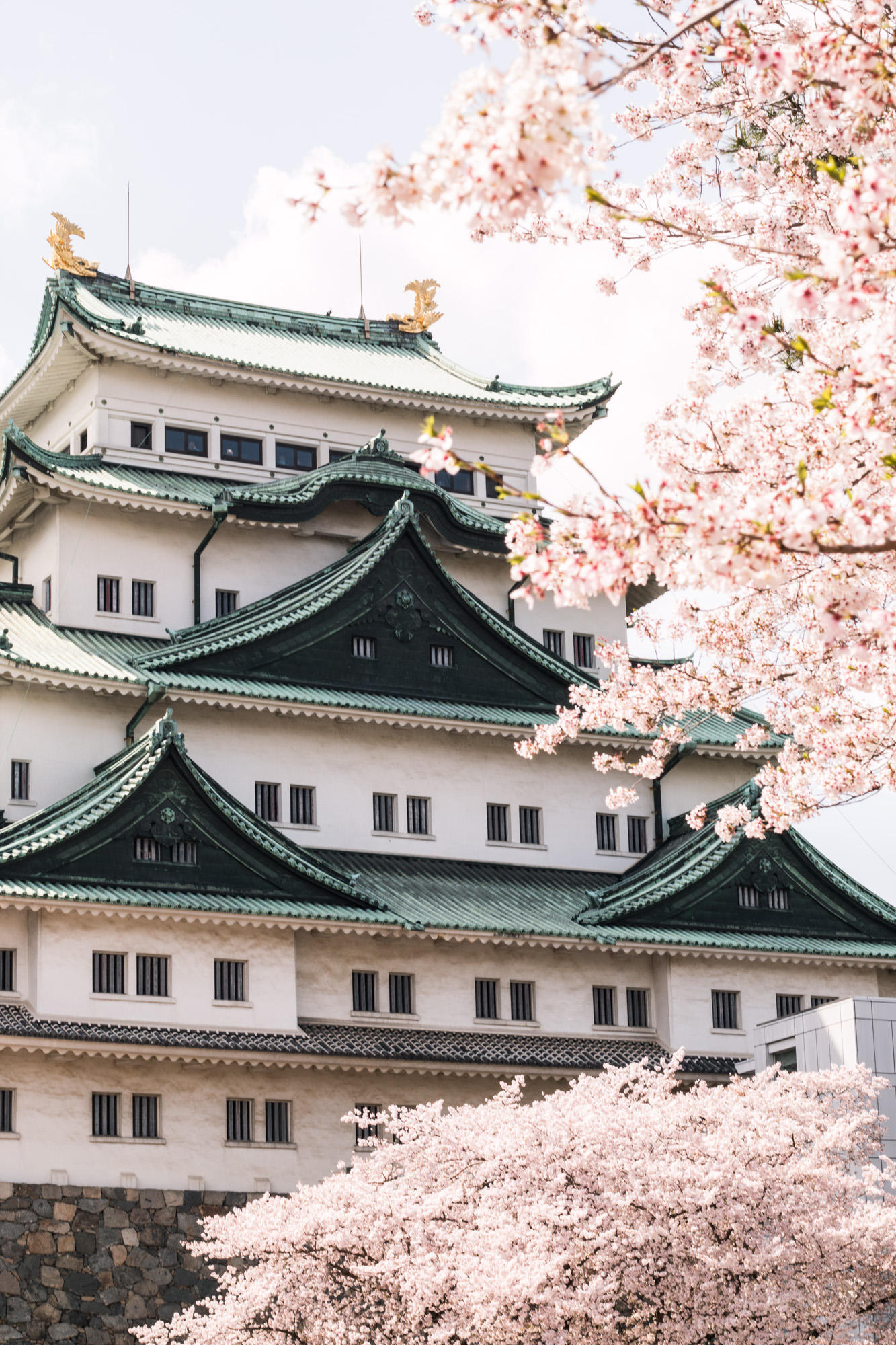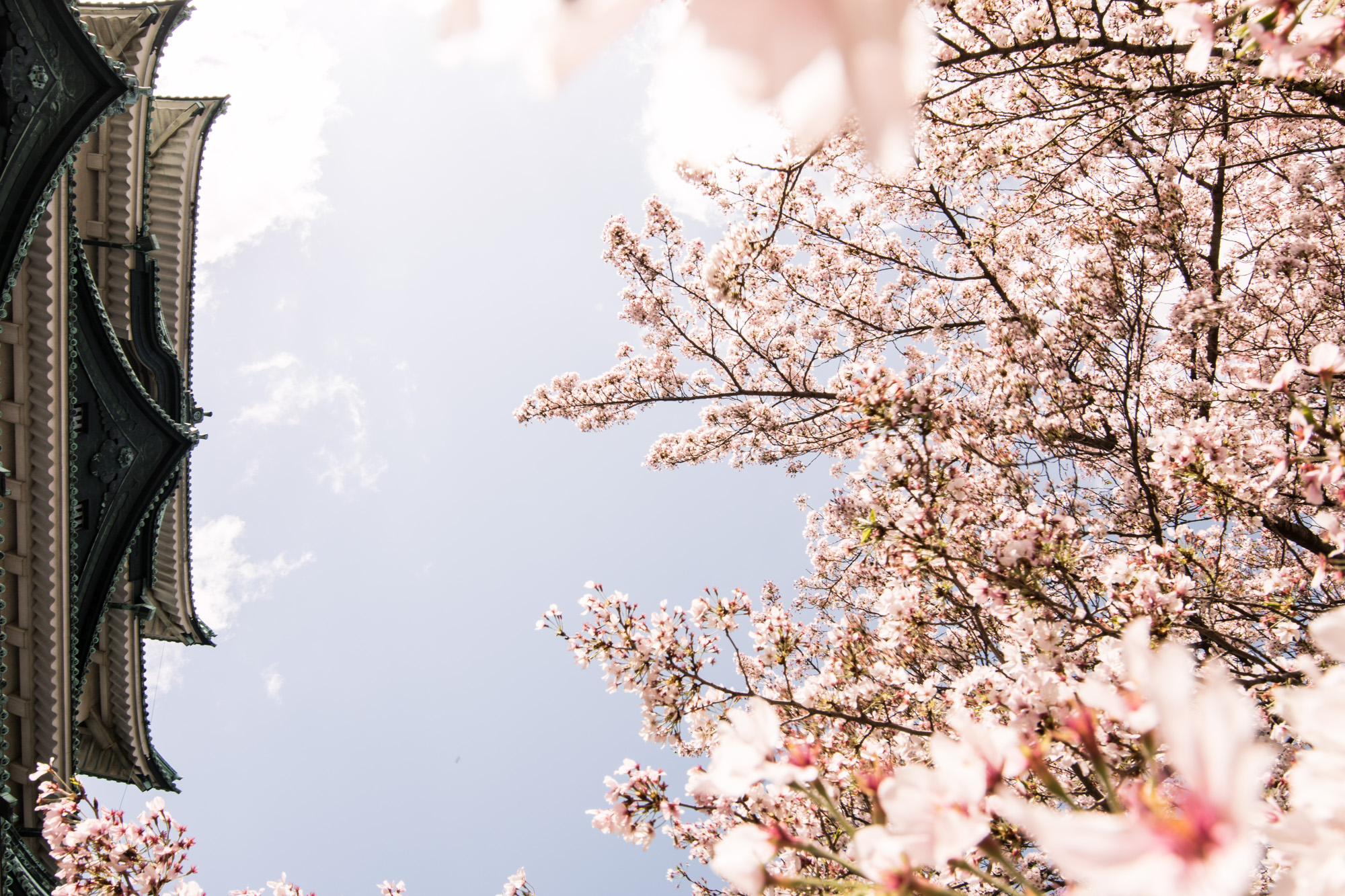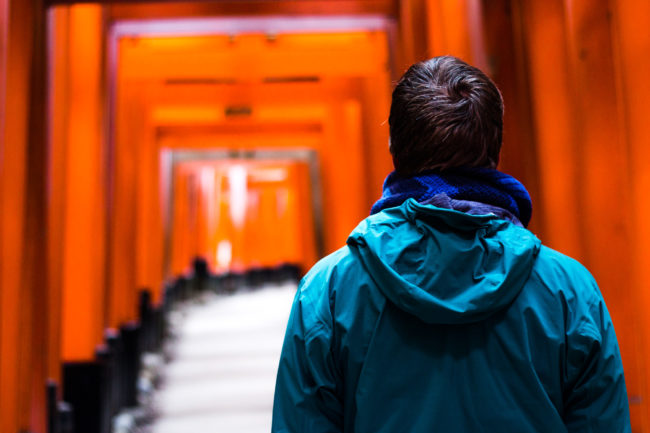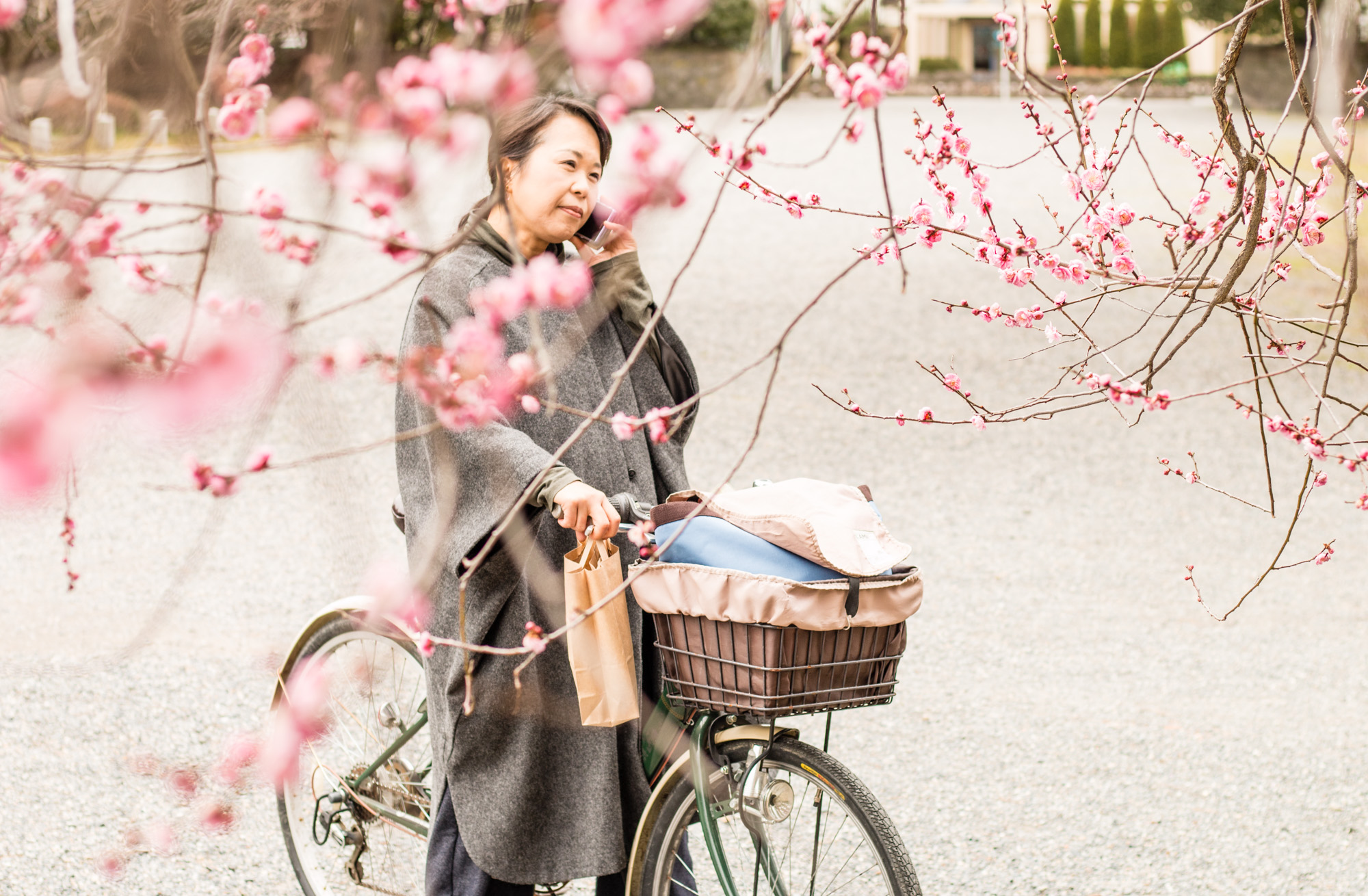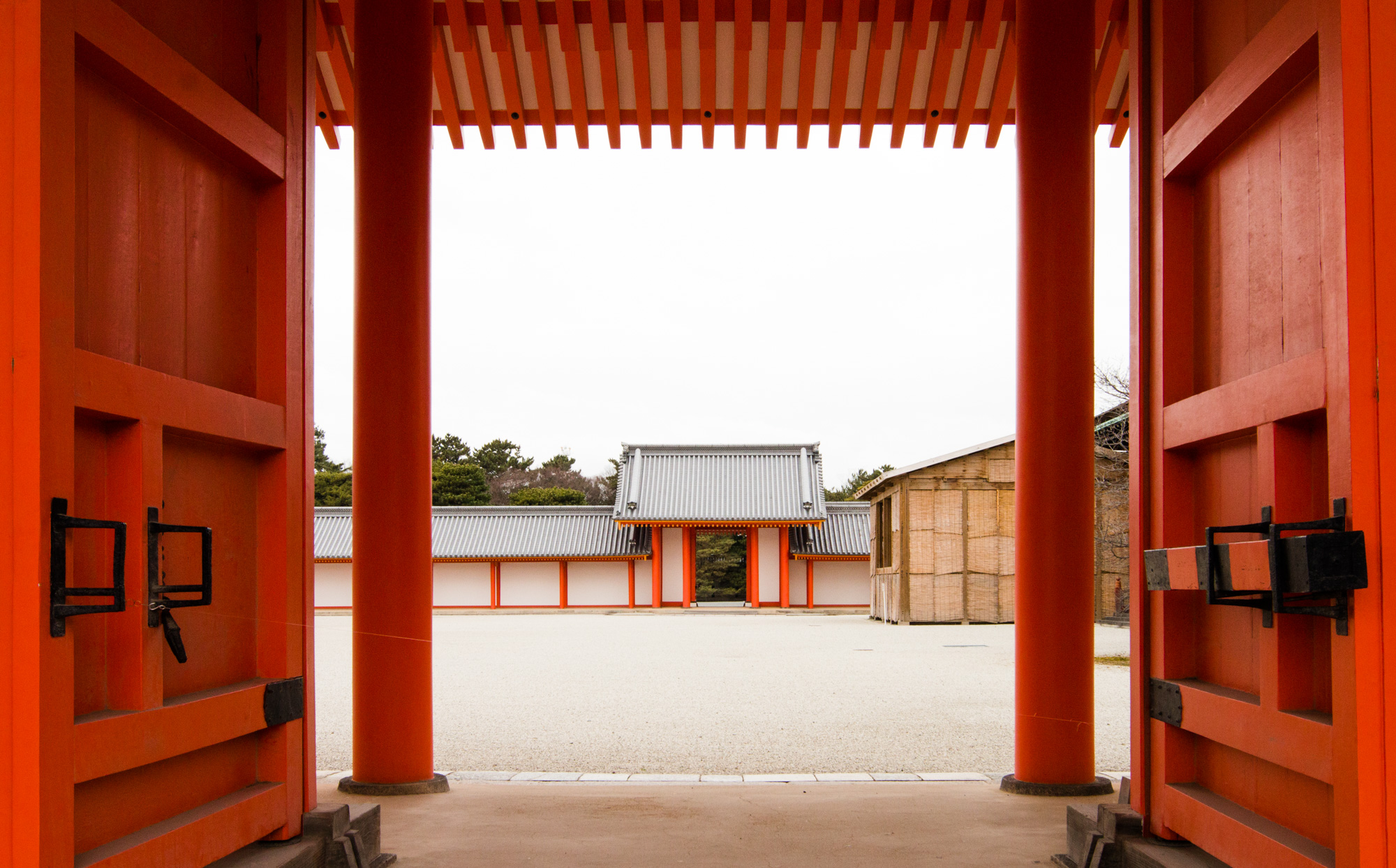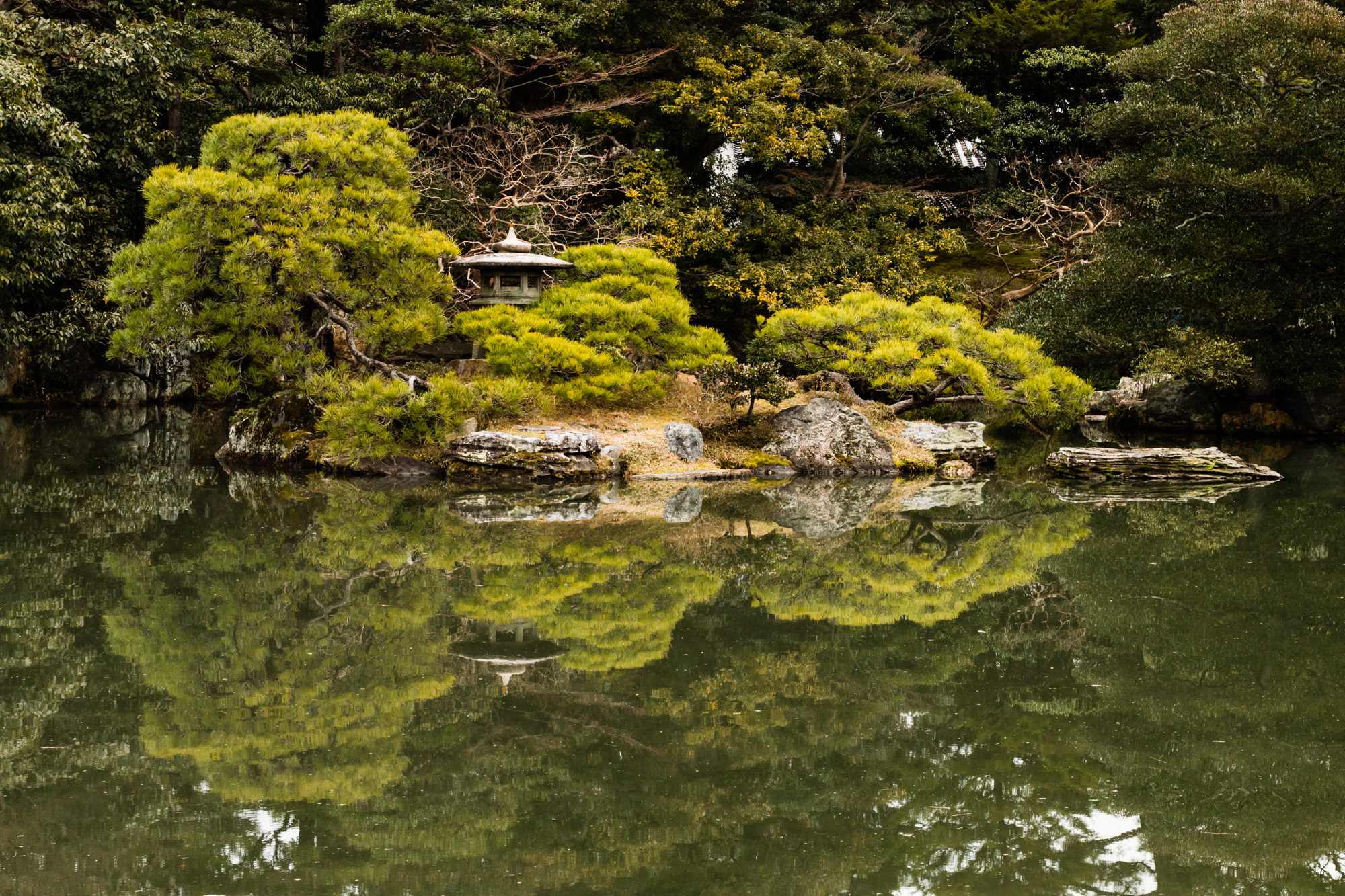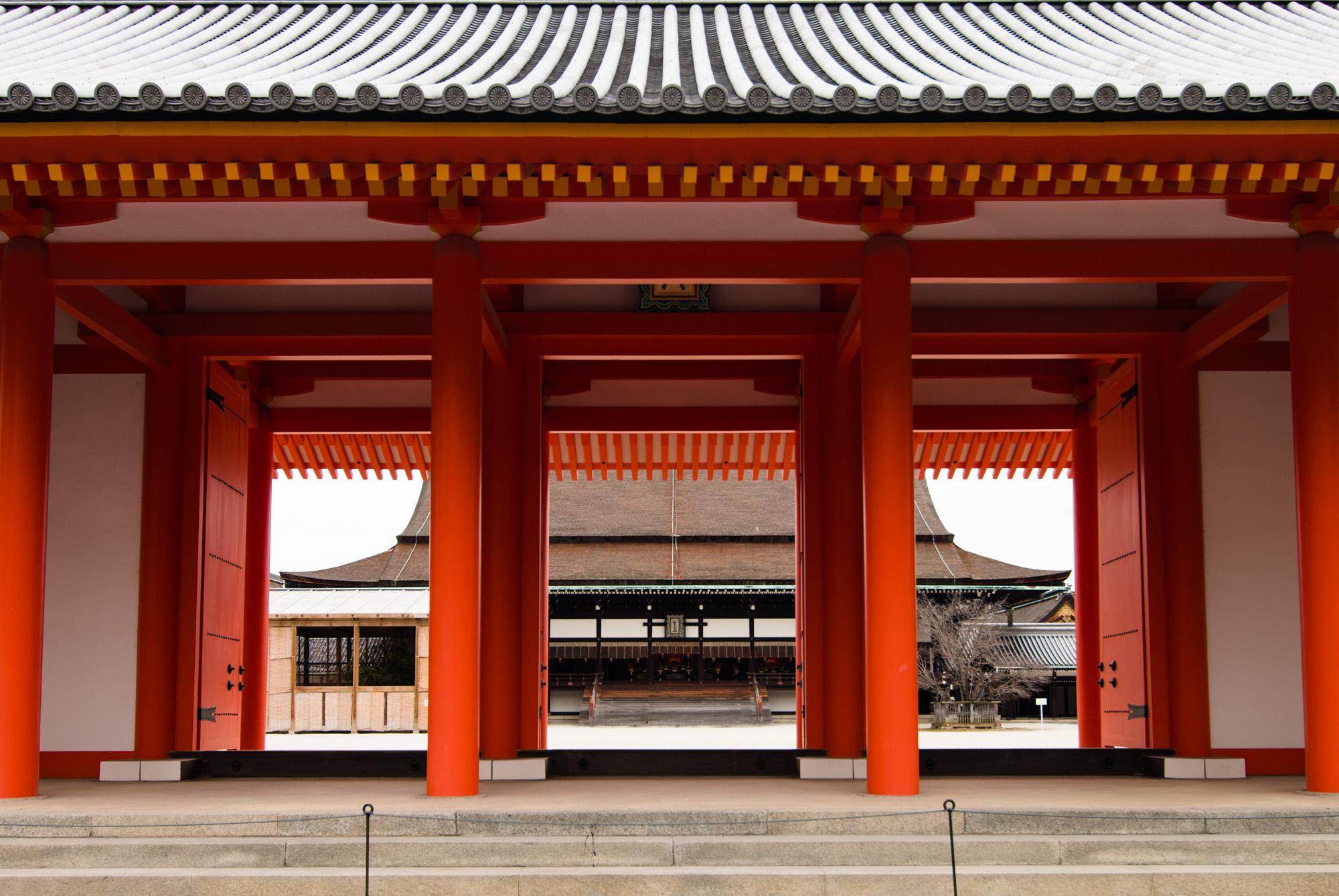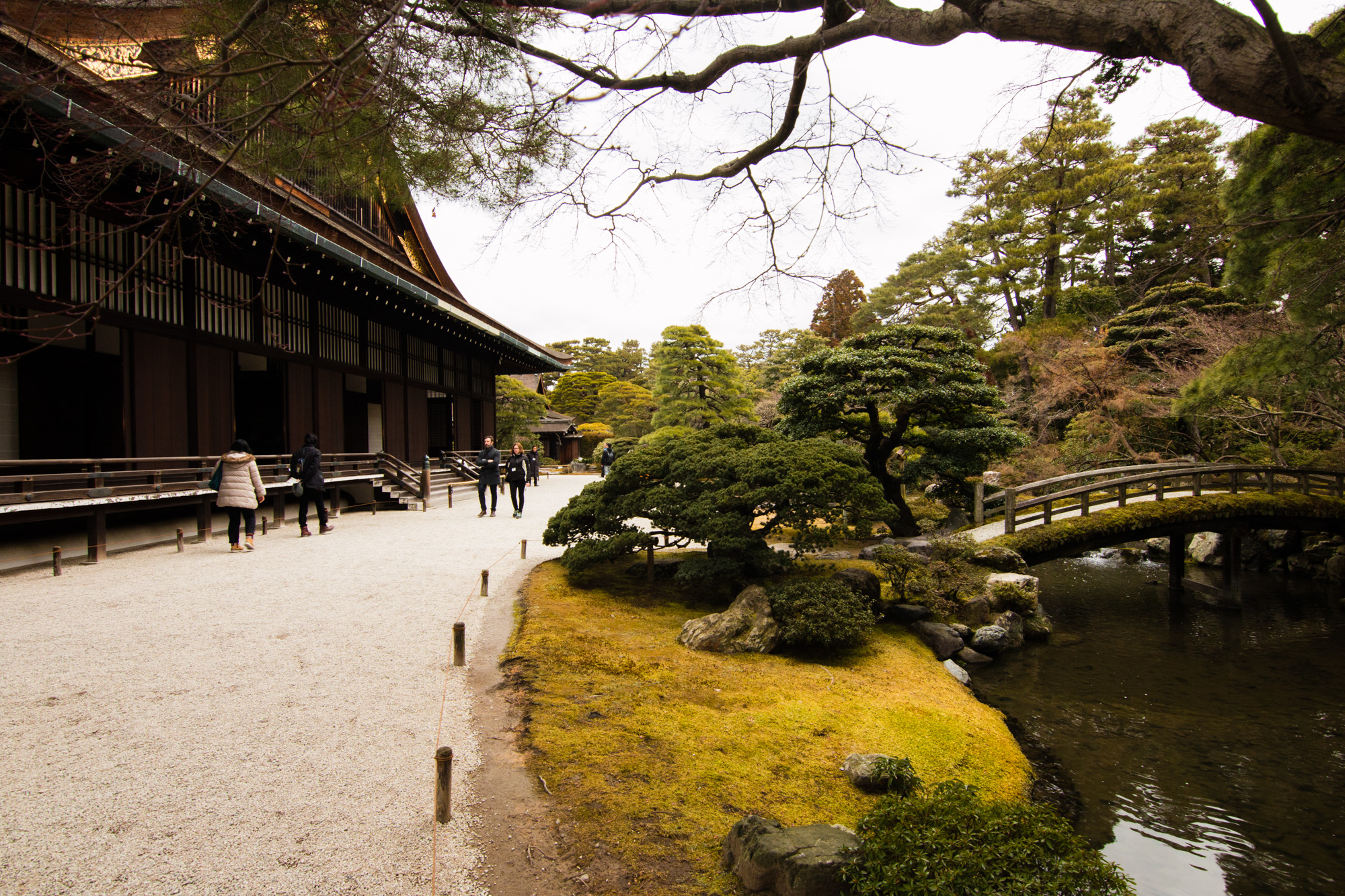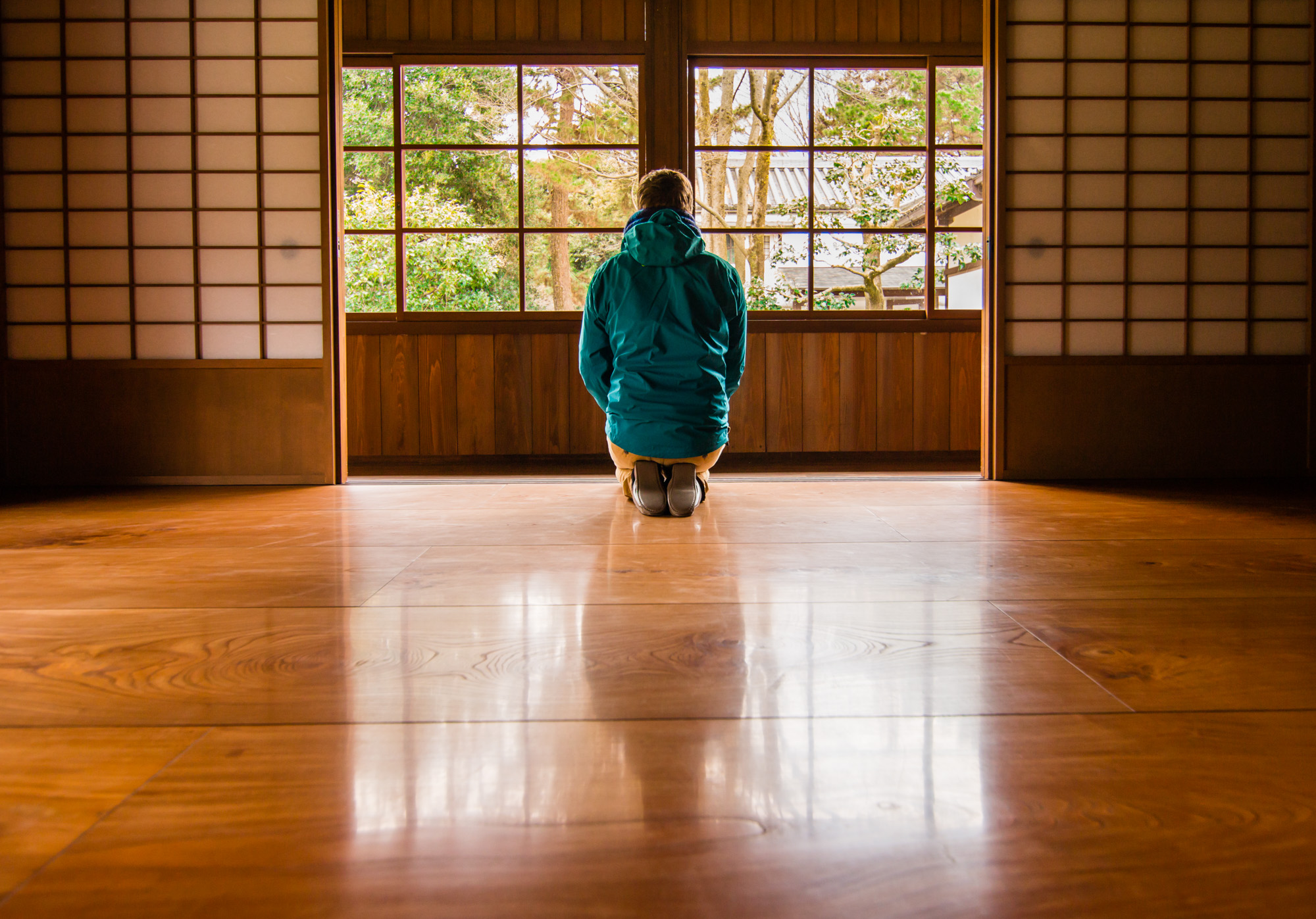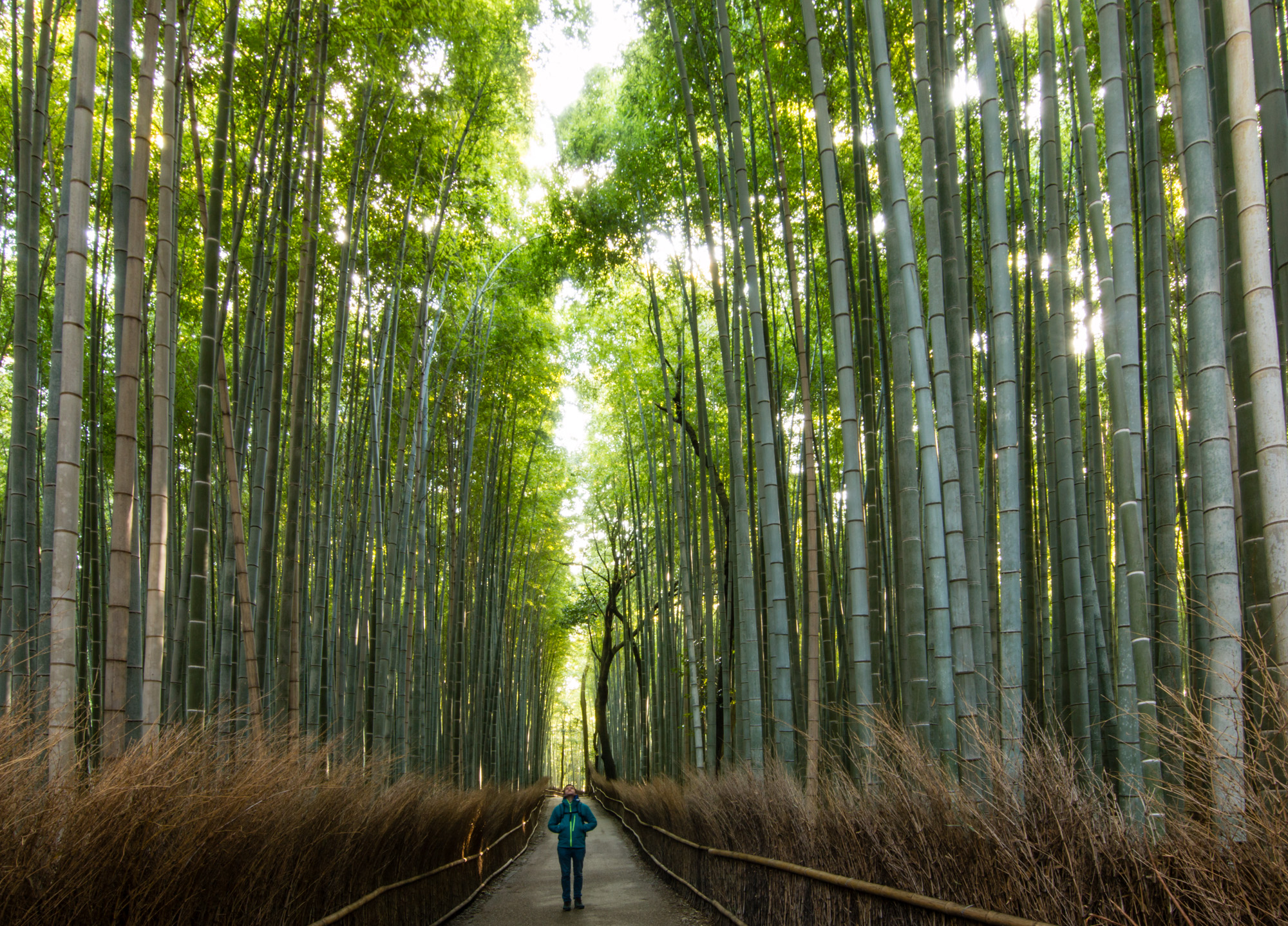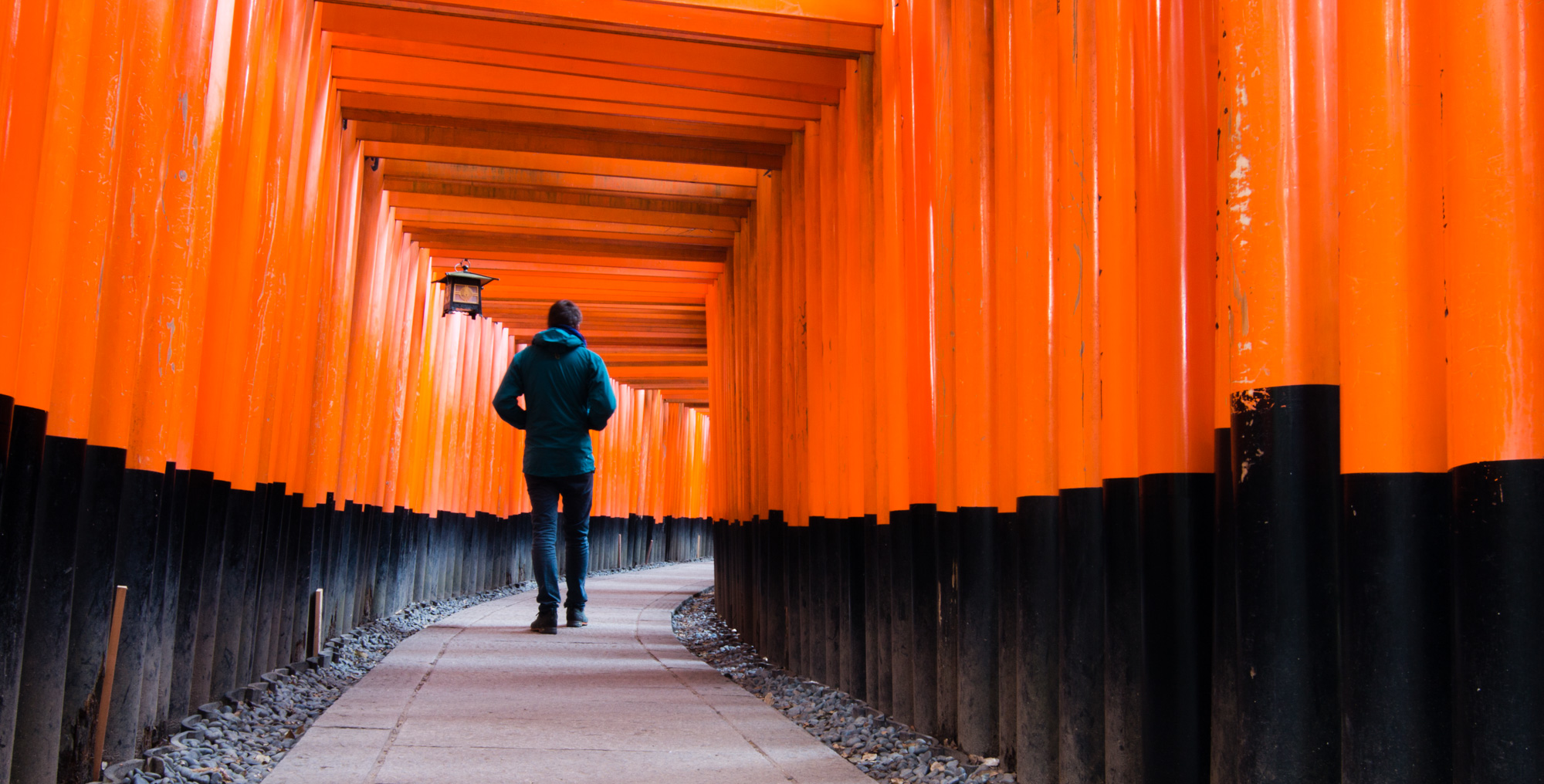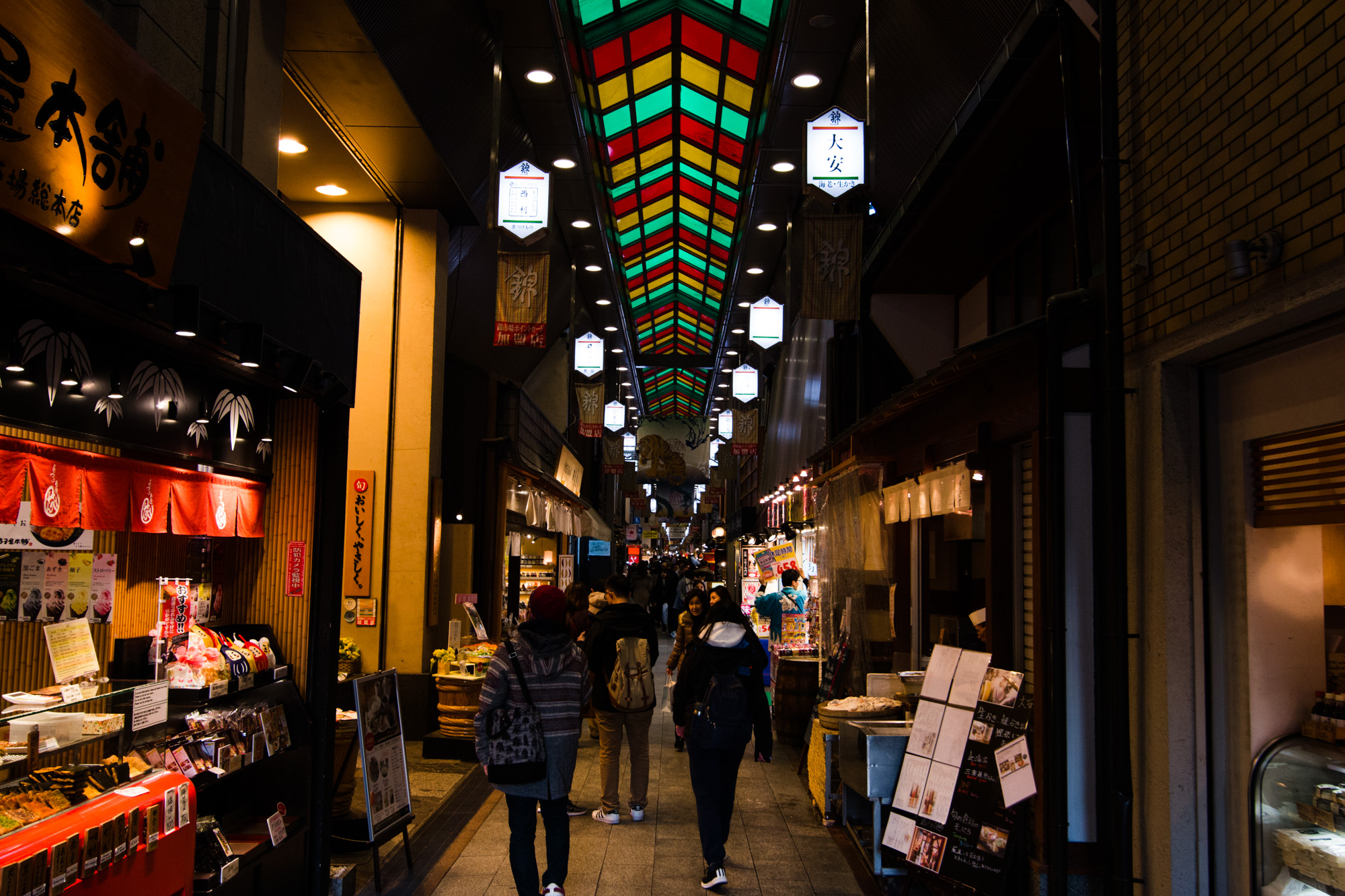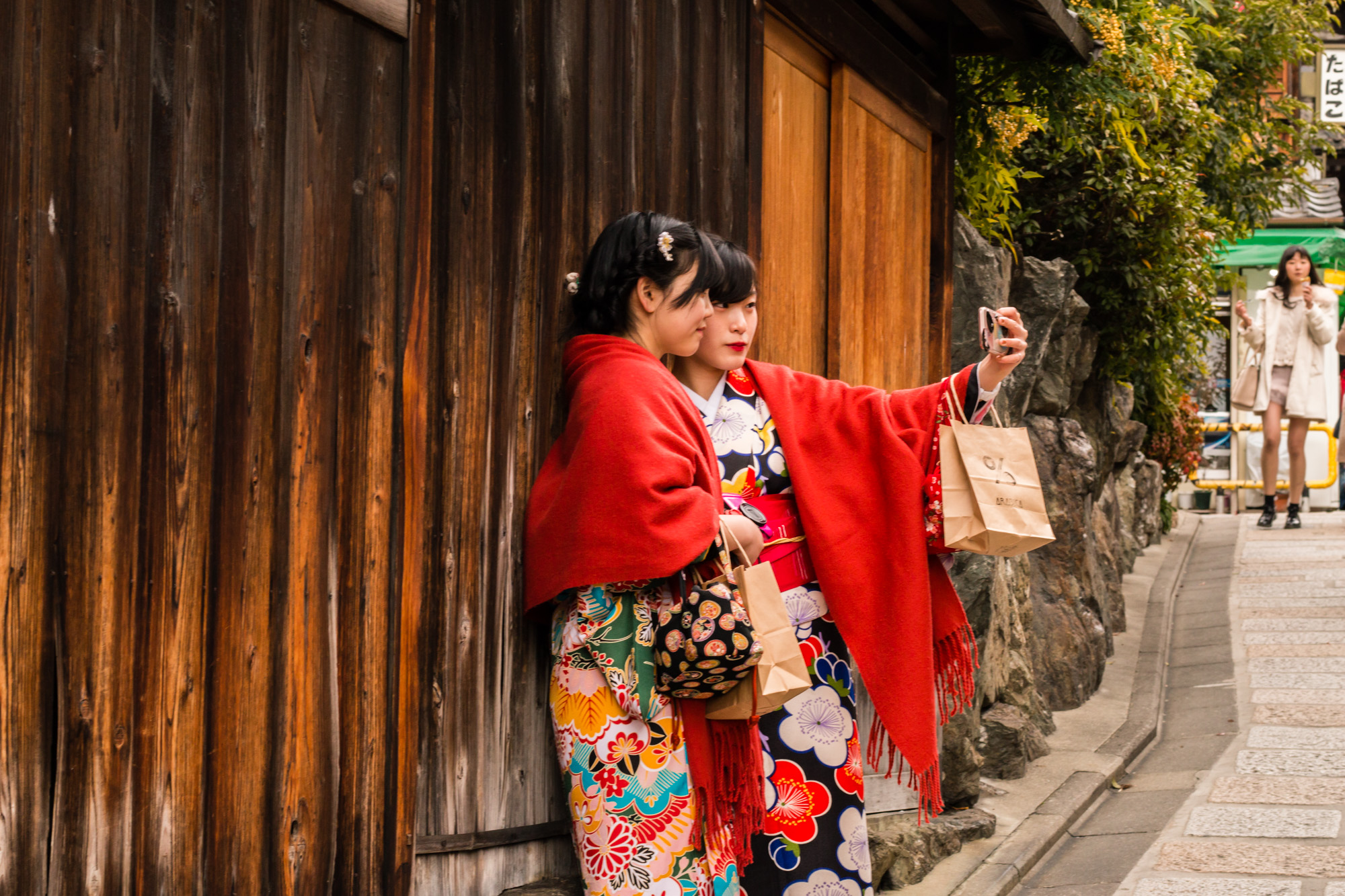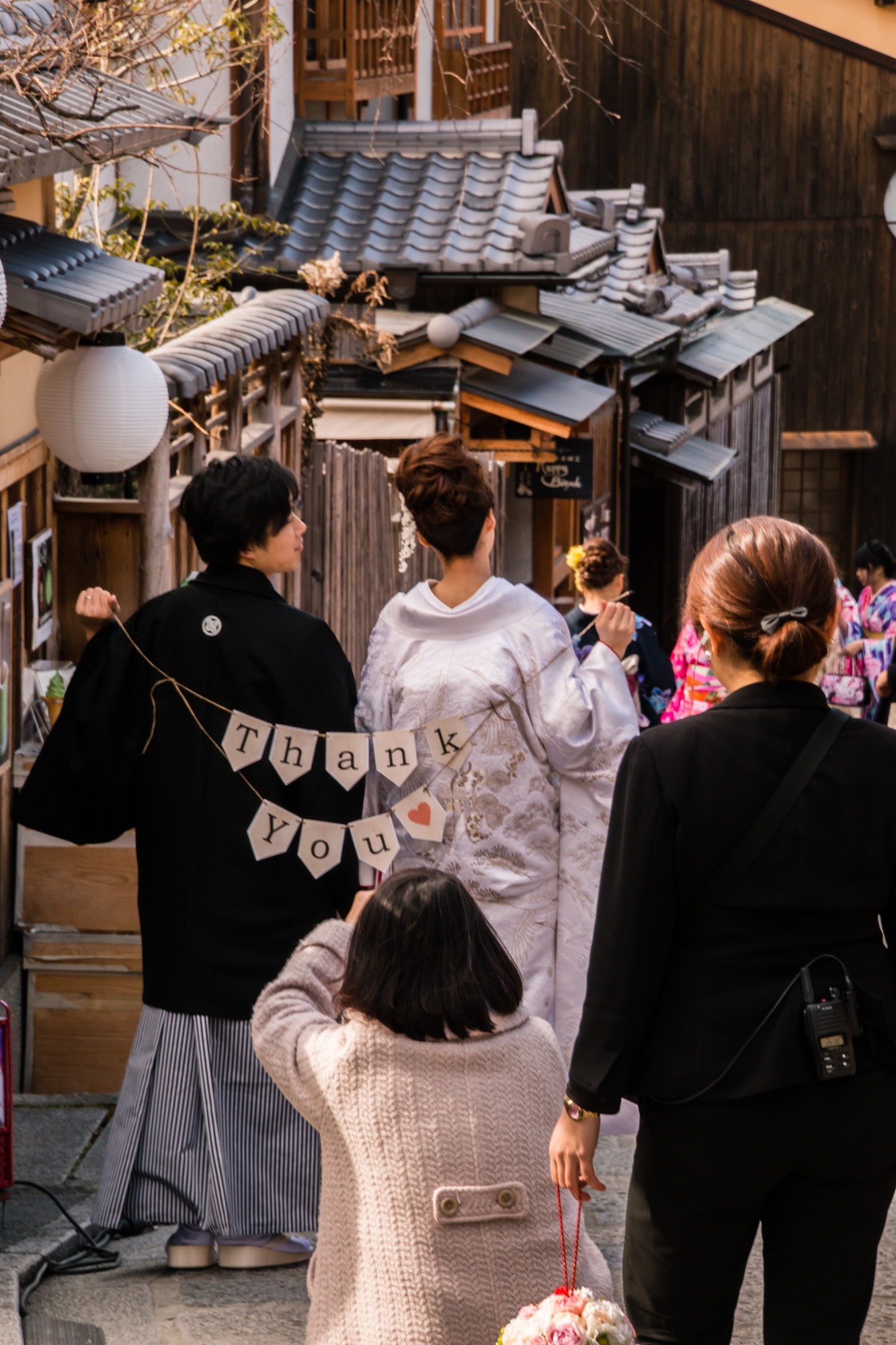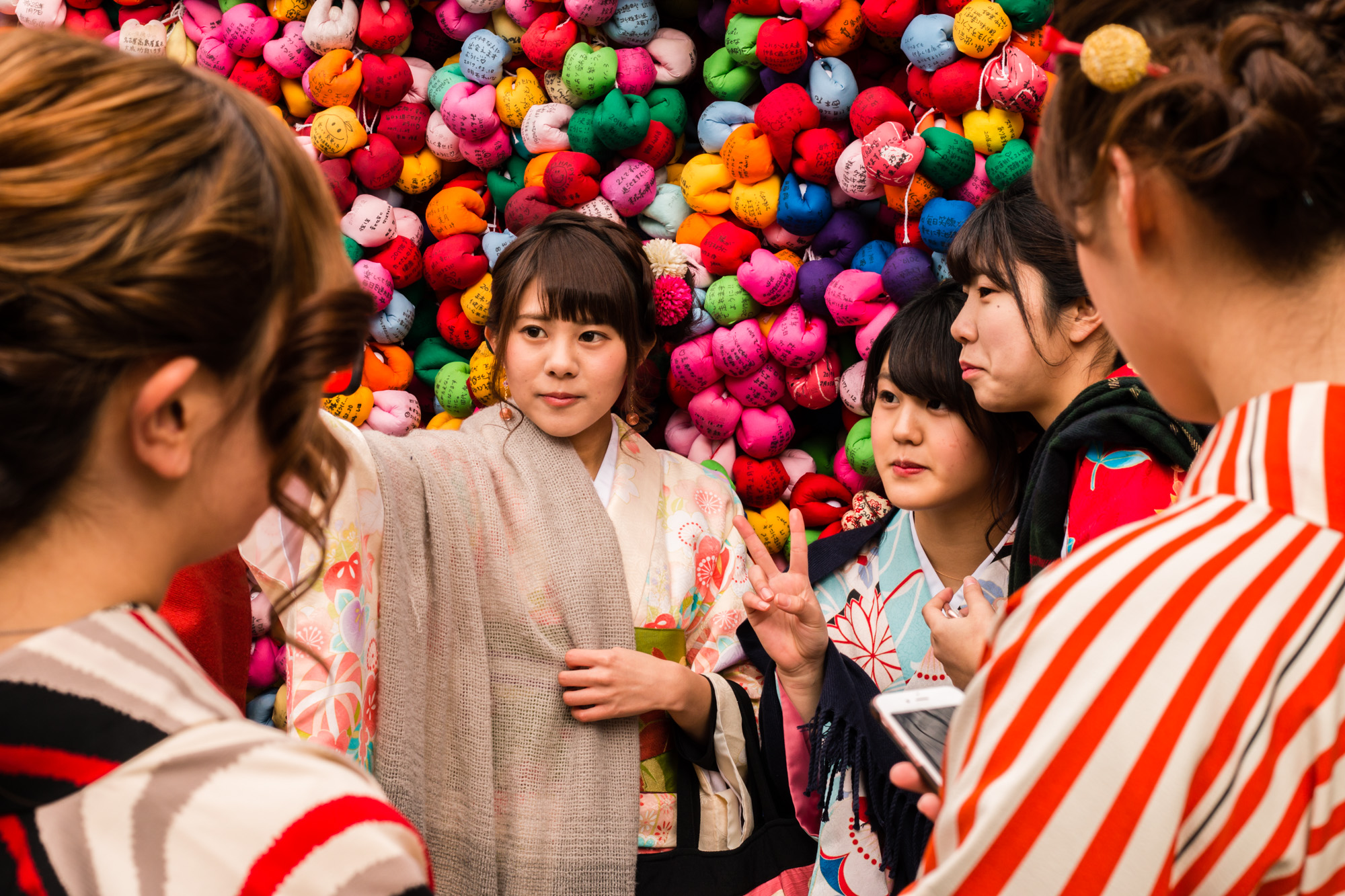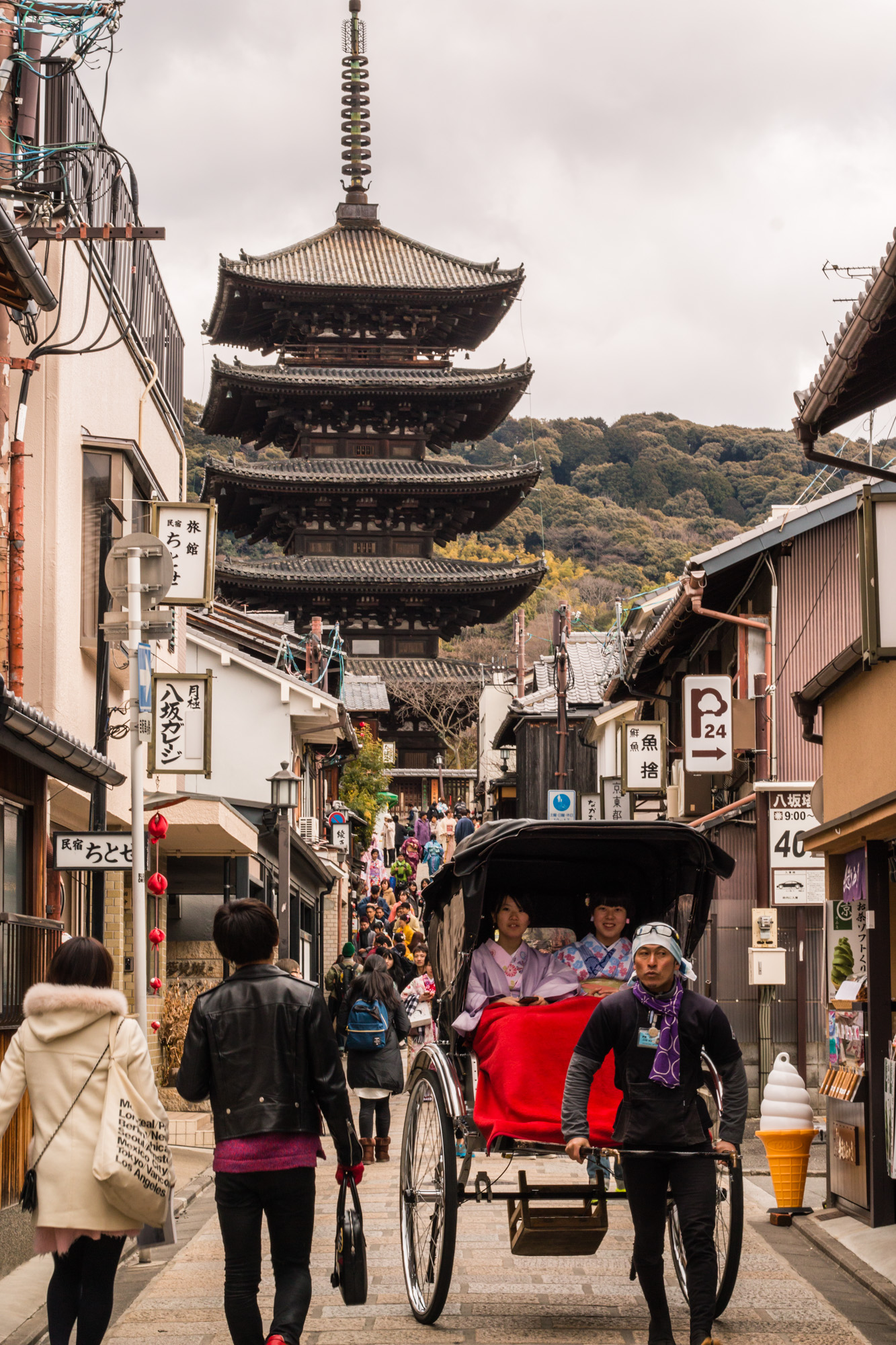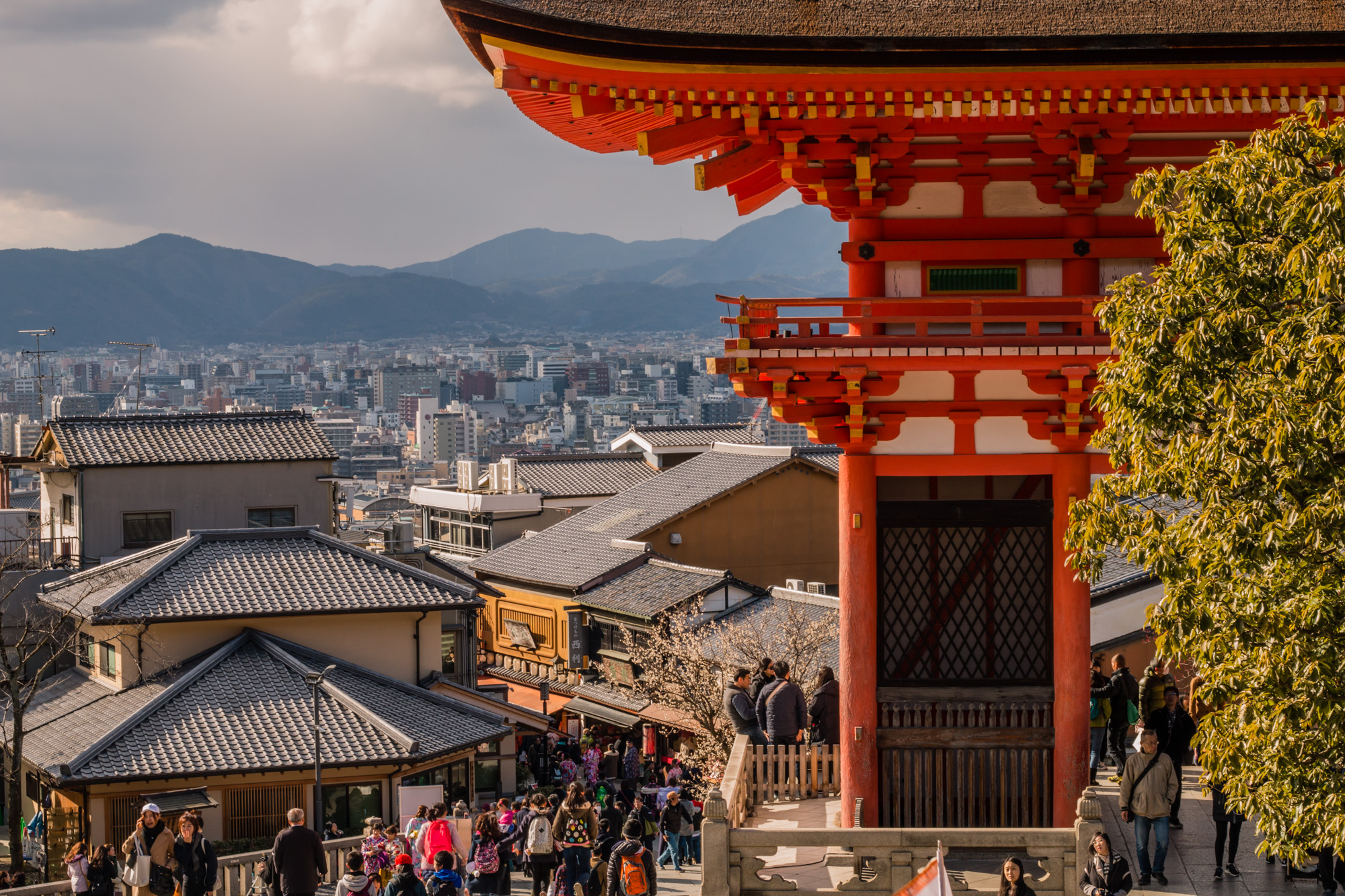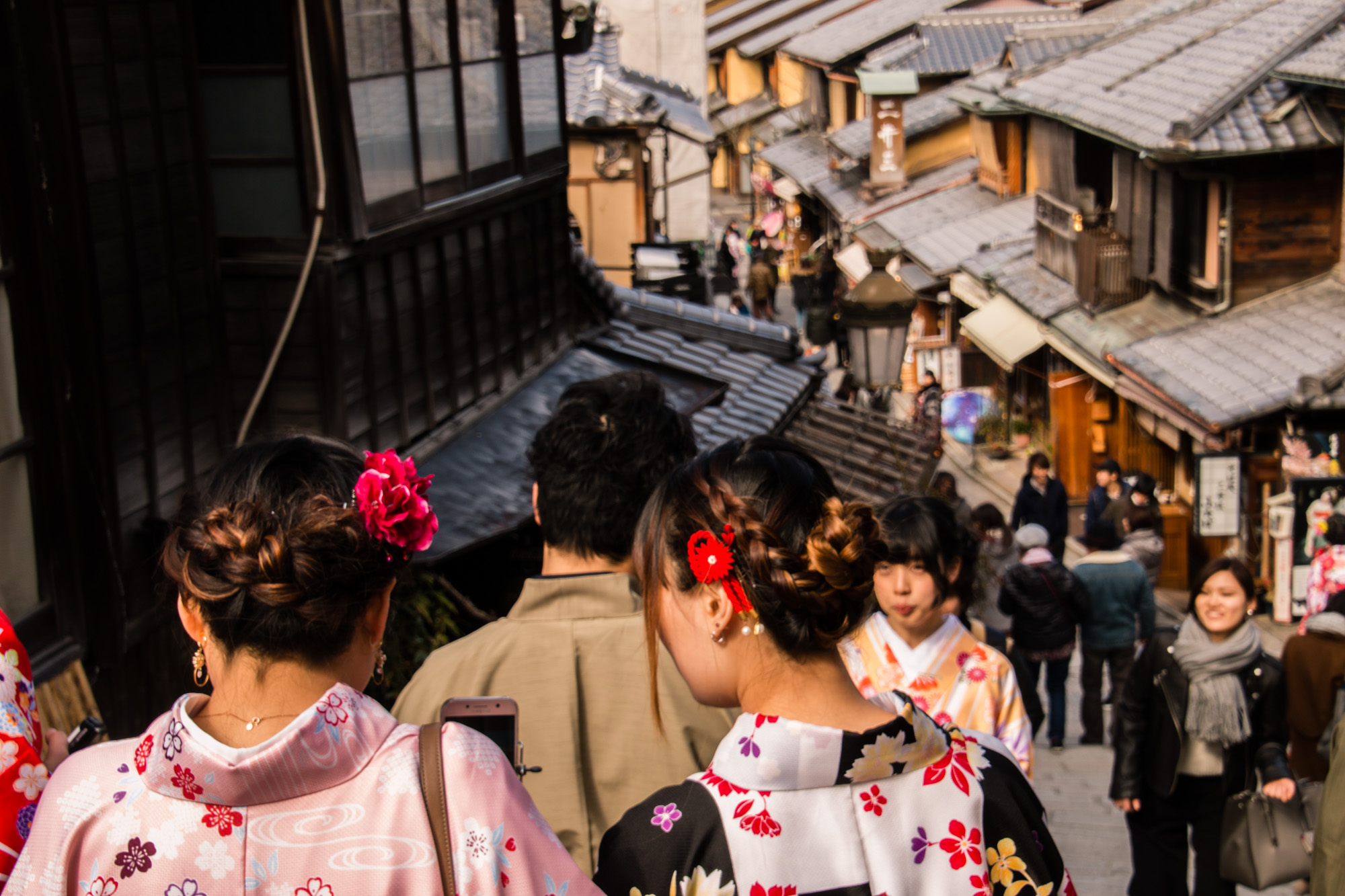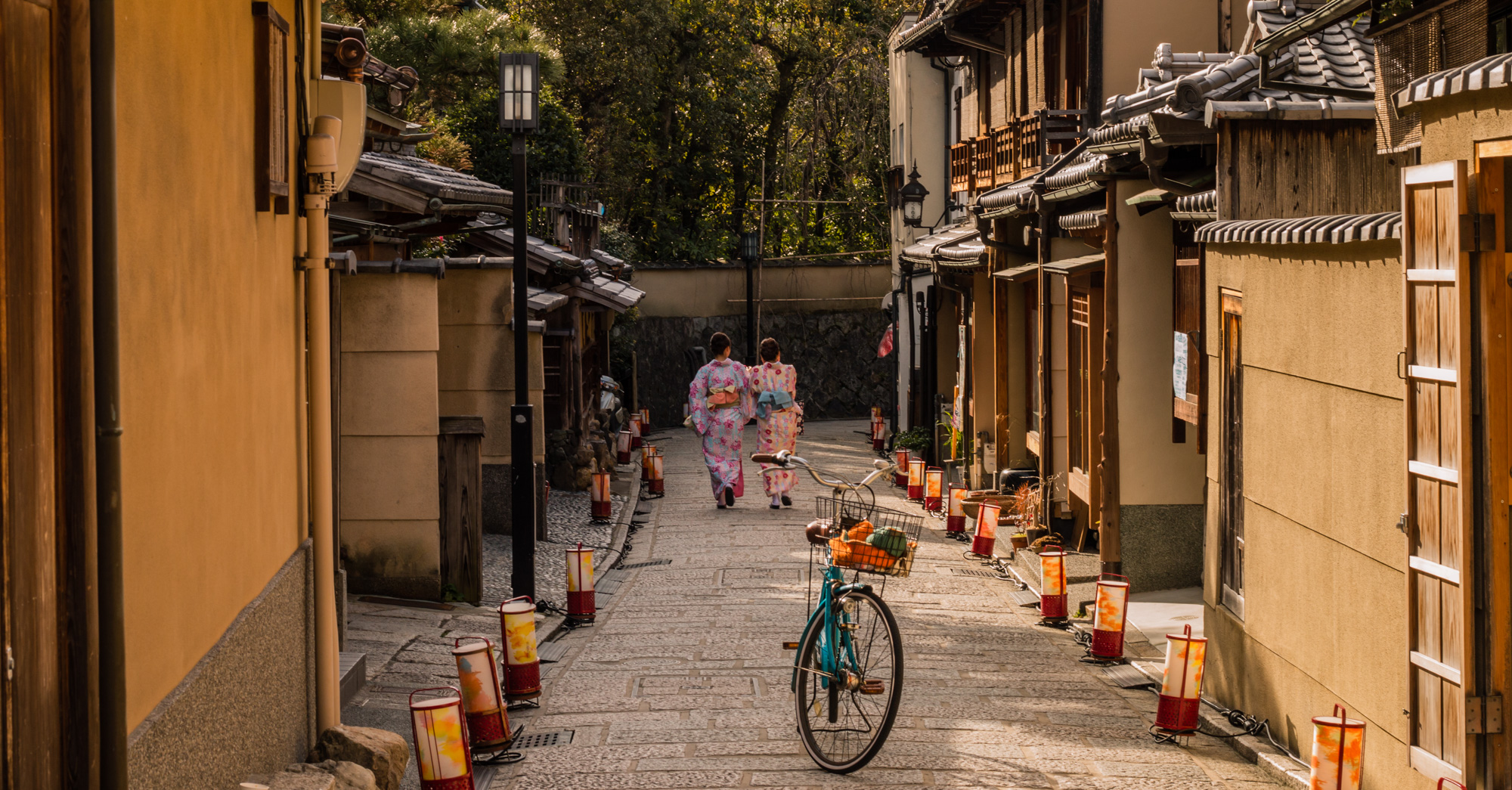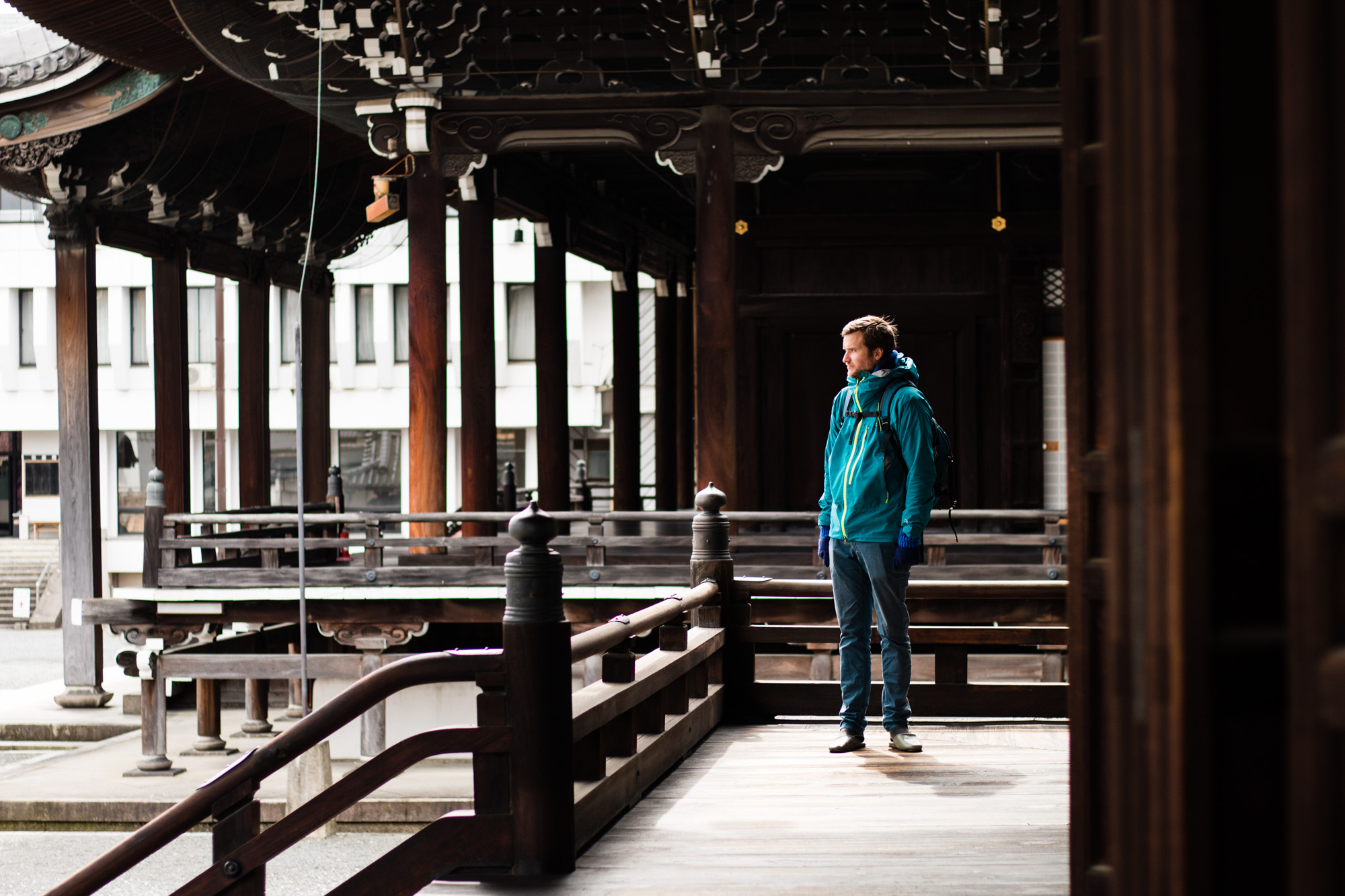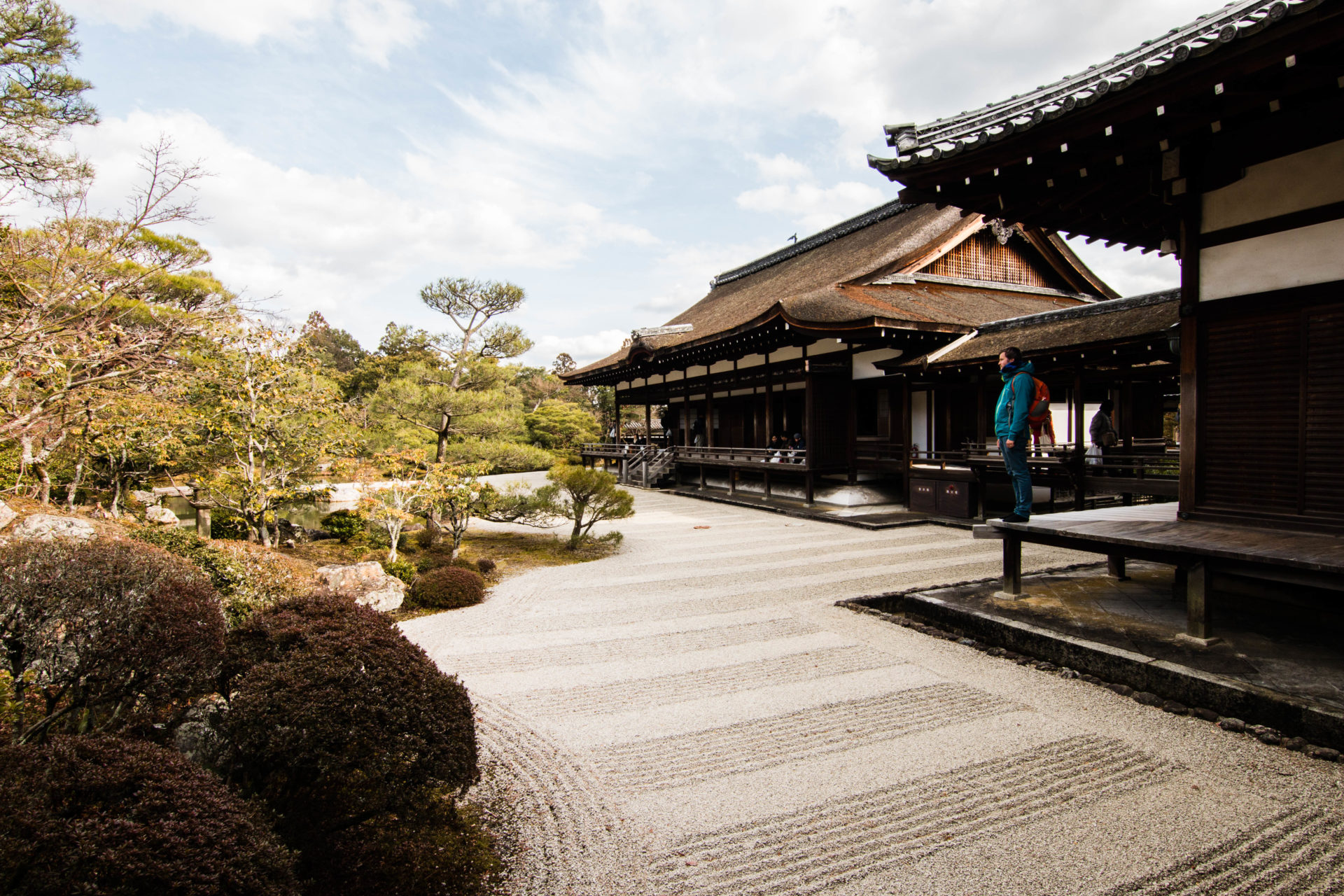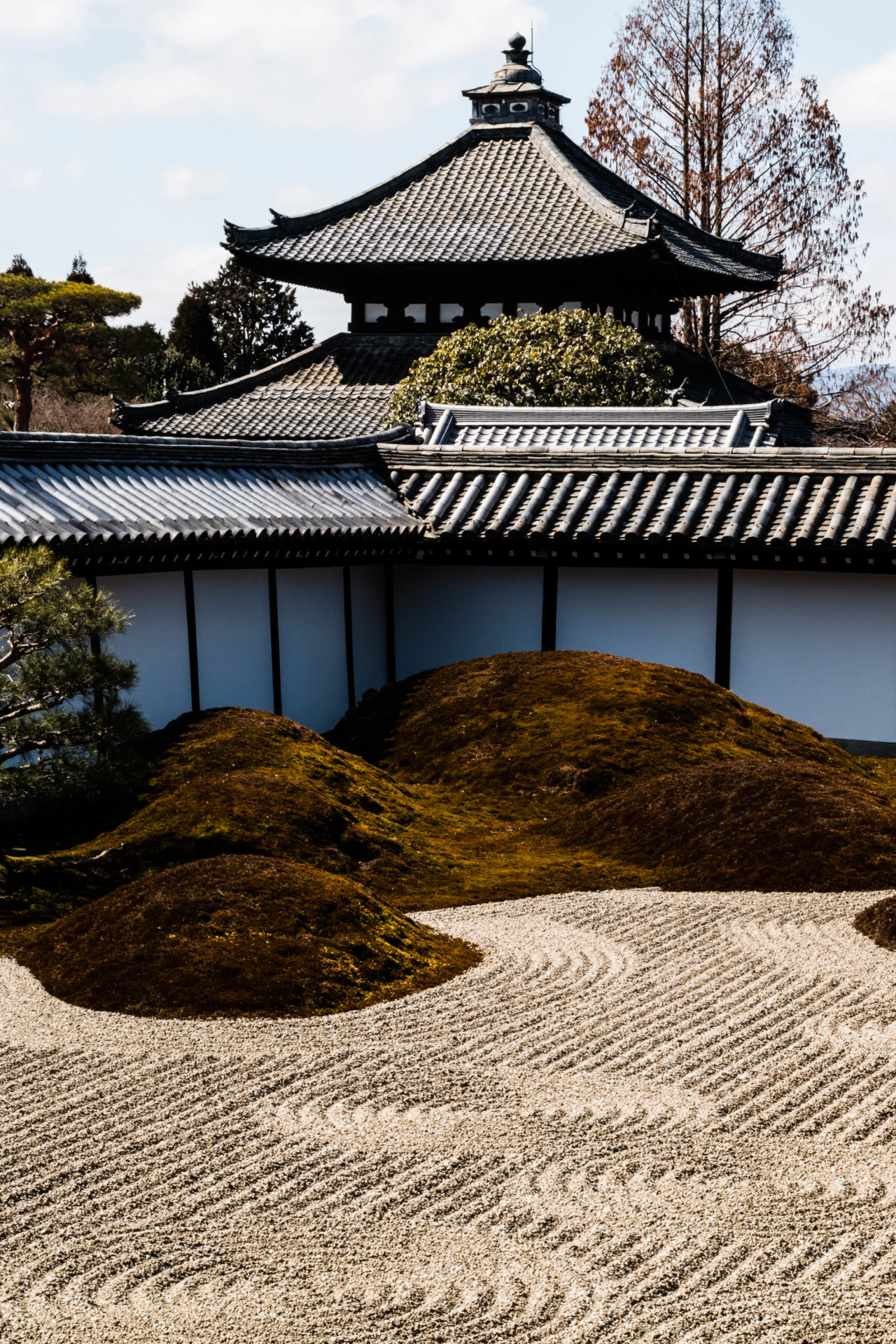After Tokyo, Kyoto has grown to be the biggest hot spot for everyone visiting Japan. Historical sites that miraculously survived World War II, Japanese crafts, ladies dressed in kimonos and so much more. Everyone can find something interesting here. So did we. Although at the beginning we were afraid of massive crowds, our fears faded away very fast.
-
Our “little” secret garden of Gyoen National Garden and Imperial Palaces
Biggest surprise in Kyoto. In wonderful spots like these we expected crowds pilgrimaging their way through the sites but I guess since it’s for free most people skip it. Somehow in Japan for most it’s hard to believe that there would be something remarkable to see that is free of charge.
The Gyoen National Garden is immense and beautiful every season of the year. In spring it’s blossoming with plum flowers, magnolias and famous cherries. In autumn maple trees turn red and even in winter they have flowers in season.
In the heart of the garden there is the Kyoto Imperial Palace and Sento Imperial Palace. It’s where the royal family lived and many of the most important ceremonies where performed so there is plenty to see. Everything is well maintained, beautiful and huge. The park surrounding the palaces is an oasis of peace in this often hectic city so we spent a fair amount of time strolling through it on various days.
With hours to explore, we discovered that the park has one more hidden gem, Kaninnomiya Mansion, old noble residence with a little garden and pond on its own. Before the capital was moved to Tokyo there were 200 households of imperial family members and court nobles, just like this one. Now only this one is standing and with a huge effort it was brought back to the original style from the Edo period together with a small teahouse. It shows simple beauty of Japanese architecture and it doesn’t hurt that that one is also free of charge.
-
Bamboo madness of Arashiyama
This area of Kyoto is mostly known for its bamboo forest which seems to be the only one in the world judging by the crowds 🙂 We went after sunrise so we had it all for ourselves and we had enough time to walk around the neighborhood. Surprisingly it’s a very peaceful almost rural part of this booming city. It’s just perfect for a stroll through alley's of trees and houses. Not to mention the variety of small, charming temples scattered absolutely everywhere.
-
Endless red tunnel of Fushimi Inari shrine
Probably the most famous Shinto temple and the most visited place in Kyoto. But it’s well worth it. We went there at sunrise and managed to skip the crowds. Not many people are crazy enough to crawl out of bed so early during their travels. The temple is beautiful but it’s the tunnel of red toris that everyone is coming for. A few kilometers of those gates lead beautifully through a forest to the top of a mountain which scares many and creates massive crowd mainly at the beginning. Along the way there are many statues of foxes that are believed to be messengers of the god of rice that the temple is devoted to.
Walking up hill we saw many signs offering setting up a tori gate. It turns out that they are donated by companies and individuals so if you want to prolong the tunnel and have some spare yen, there is still a chance! 🙂
-
Evening vibes of Pontocho street
It’s the oldest entertainment street in Kyoto and in the evening it’s just magical. Dim light of street lanterns, numerous restaurants and tea houses and all of it in a very, very narrow street. Many of the spots there have a nice view on the other side so the river.
We heard it is the second best place after Gion to spot geishas going to their appointments. We didn’t have the luck but we still enjoyed its vibrant, busy atmosphere in the evening.
-
(Mostly) window shopping in Nishiki Market and Sanjo-kai Shotengai Market
Nishiki Market is a one of the oldest shopping streets in the city. It offers a variety of shops selling fish, fruit and vegetables. Here we learnt a lot about Japanese cuisine, tasted many of the pickled veg and many types of sea weed. Worth a visit. Although we preferred less touristic Sajo-kai Shotengai Market with almost the same variety and also quite some nice cafes, restaurants and gift shops.
-
The old days in Gion and its temples
Probably the most touristic spot of Kyoto and for a good reason. The number of people in kimonos per capita is the highest in the world. For us it was impossible to say whether those were tourists or locals dressed for the occasion. Surprisingly most of the visitors are Chinese and Koreans so for us pretty close to Japanese beauty… especially in kimonos. We had fun guessing, that’s for sure.
Ladies and gentlemen in kimonos are not the only attraction of Gion. Strolling through streets of machiya, wooden merchant houses, we really felt like we were travelling in time and walking alongside the Geishas from “Memoirs of a Geisha”. Most of the neighborhood is crowded both with people and gift shops. To be fair, the souvenirs there are not cheesy, we spotted many stunning postcards as well as the best matcha cookies that still hunt our taste buds. For those who are not traveling on a shoe-string there is a treat of ice cream covered in golden leaf for a bargain of around 9 dollars. Possibly the most expensive ice cream that we have ever seen. The queue in front indicated that the business was doing pretty well.
Following the crowd you won’t miss the temples that are an absolute must see. Going with the flow we found Yasaka Pagoda and the Yasaka shrine and Kiyomizudera Temple further up. From there we had beautiful views over the old district and new, booming Kyoto in the far. Breathtaking sight even shared with hundreds.
Not too far off the beaten track there is Shirakawa Canal, absolutely charming part of Gion that was deserted every single time we went there.
- Even more olden days in Higashiyama District
One of the best preserved historic districts of Kyoto. To recreate the feeling of the olden days the city removed telephone poles and repaved the streets in recent renovation. The street has served travelers for centuries with its small cafes, restaurants and nowadays also gift shops. For food lovers there are plenty of pickle shops as well as rice cake stands.
-
Magical athmosphere of Ishibei-koji Lane
It’s by far the most magical pedestrian lane in Kyoto. As part of the preservation project it’s forbidden to take pictures there. It’s the only place in the booming city where we could actually hear the shutter of the camera if there was any. It was beyond quiet even though there were a few chic restaurants and bars there. And the best part of it is that you leave the modern world outside, no cameras, no noise, no cables, nothing modern, just you and the old wooden houses.
-
Contemporary side of Buddhism in Nishi Hongwanji Temple
Temple of one of the biggest Buddhist sects in Japan and the emptiest sight of Kyoto. There is not a single soul visiting the temple and it’s a shame. It’s not only massive but also a XVI century construction of somehow contemporary Japanese Buddhism. Not that there is anyone there to talk about it, the people in at the nearby information sadly don’t speak any English.
It turns out the temple is also a UNESCO site.
-
Priester courters in Ninnaji Temple
Another UNESCO heritage site with underwhelming crowds. Maybe there is something about the word “sect” that scares people away. Ninnaji Temple is the head temple of another sect of Buddhism and was completed in 888. Unfortunately the nature and wars didn’t let the buildings from the 9th century survive. The oldest bit of the sight is from the XVII century. We especially enjoyed Goten, former residence to the head priest consisting of many smaller rooms connected by corridors and surrounded by rock and sand gardens as well as a pond.
-
Zen gardens in Tofukuji Temple
Before visiting the Tofukuji Temple I associated zen gardens mostly with little, office size, sand treys with a pair of tiny rakes for a stressed businessmen to relax. Seeing it in real-life size was an incredible sight. The temple is as many in Kyoto but sitting down and looking at the circles and harmoniously placed rocks in the sand is an ultimately relaxing experience.
